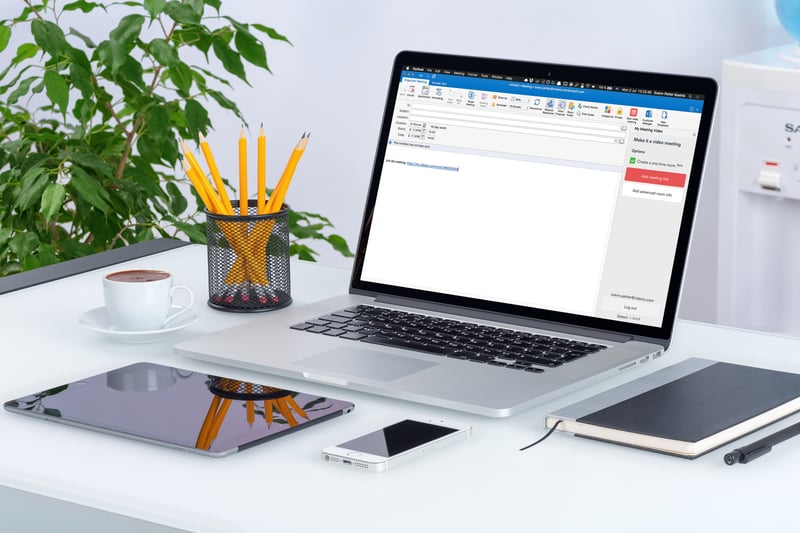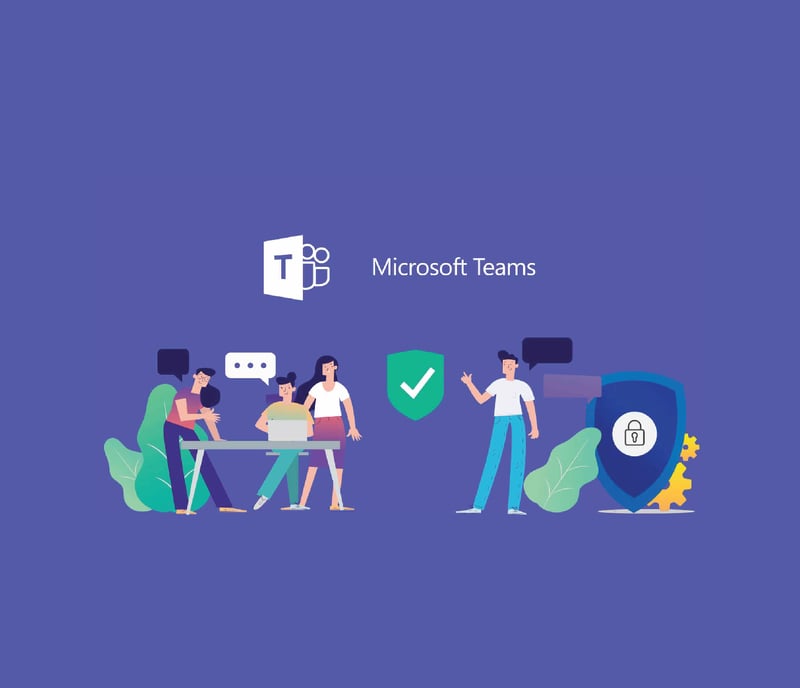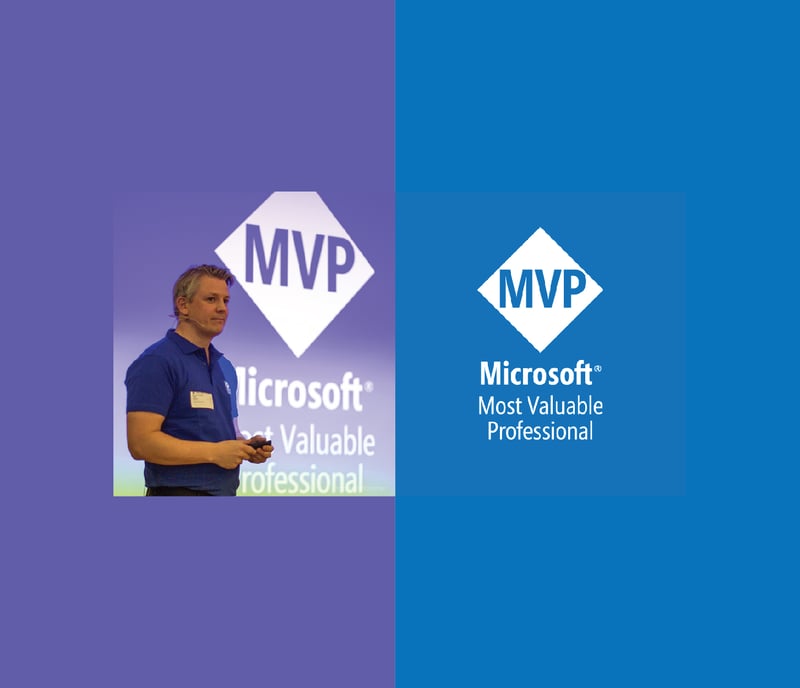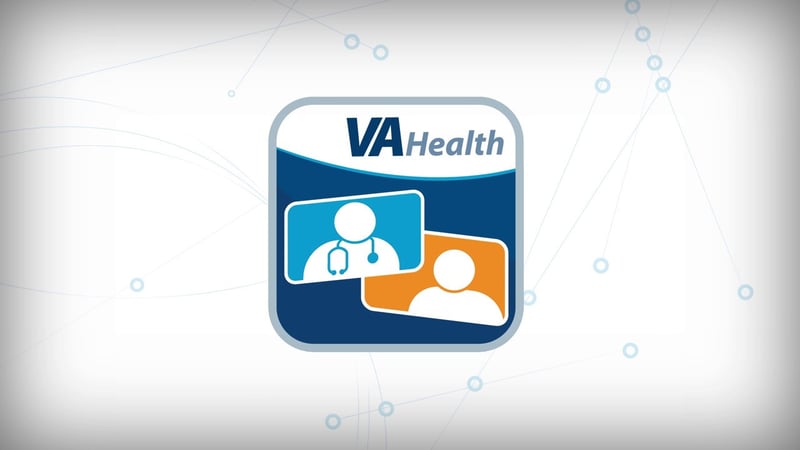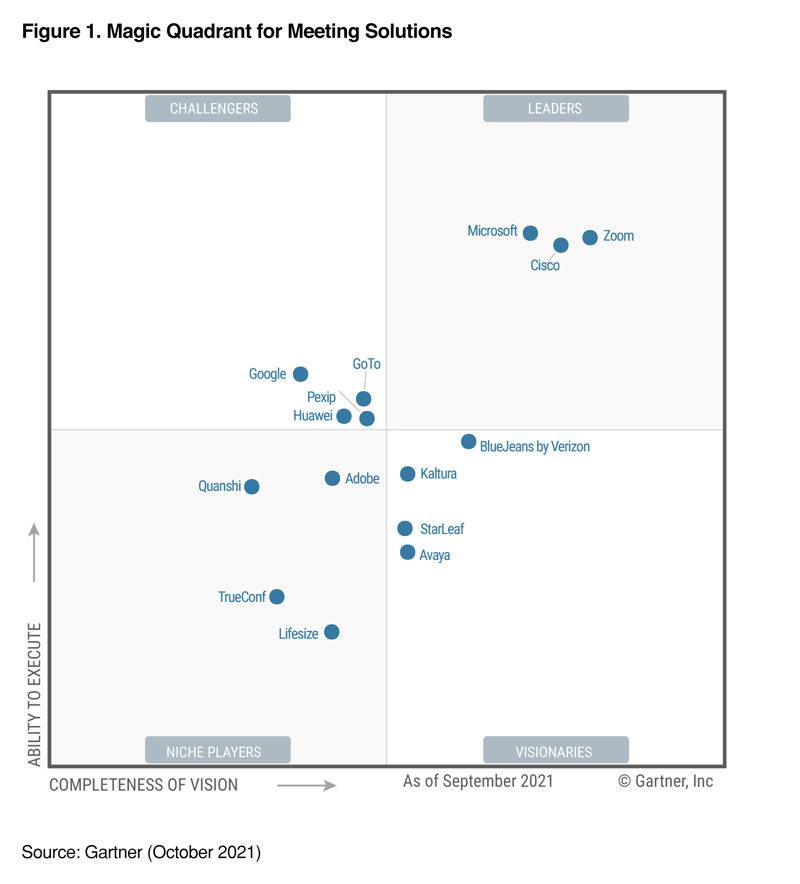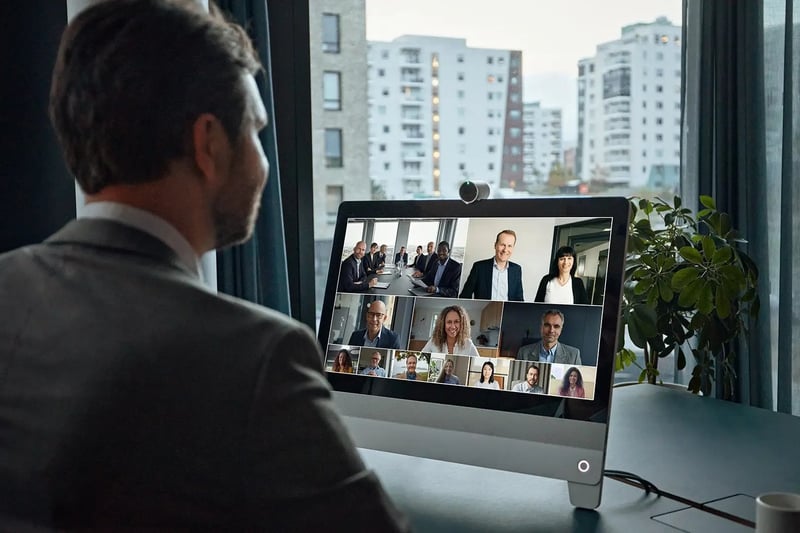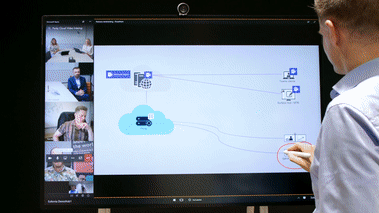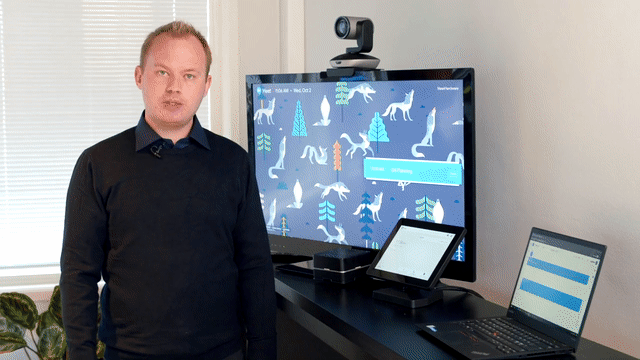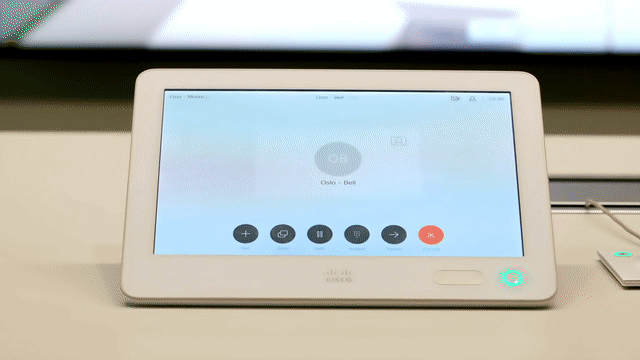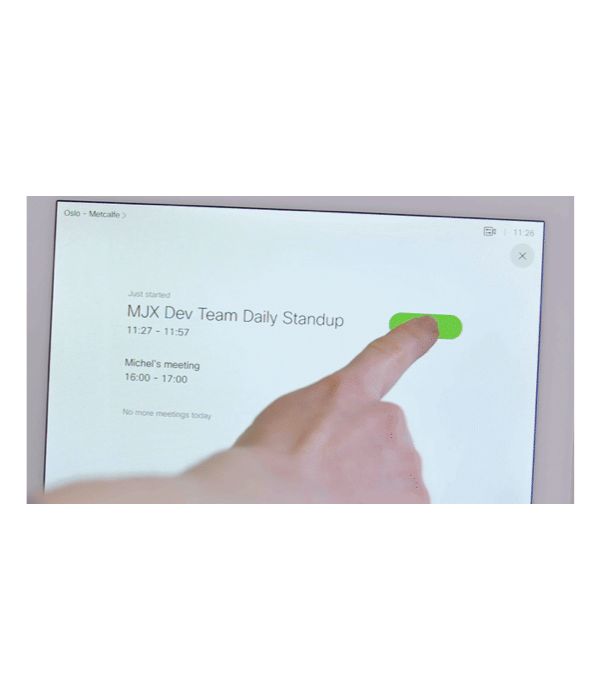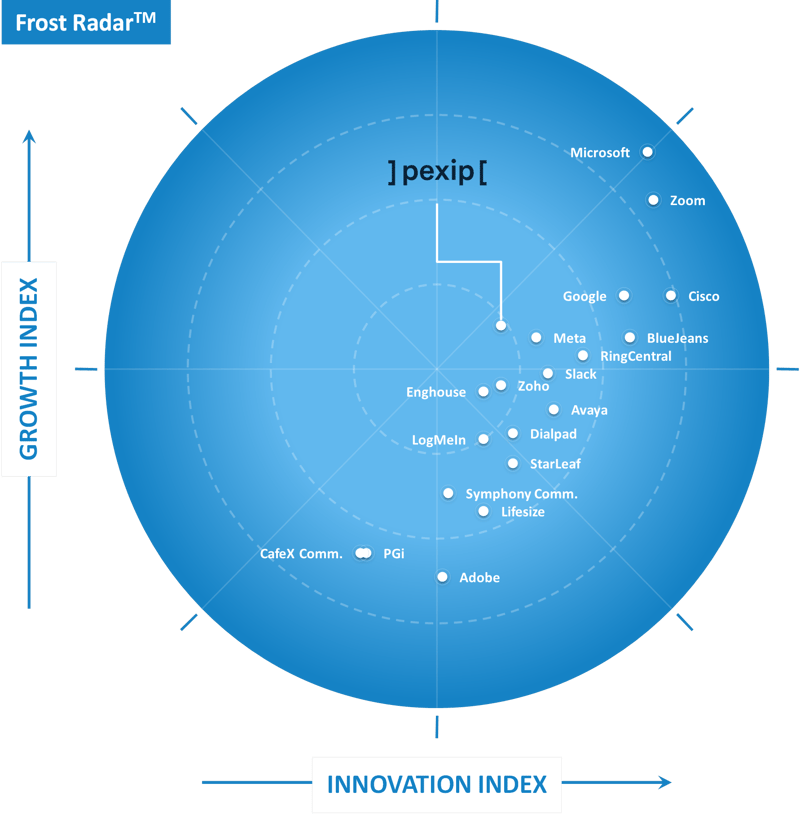Content types
- Article
- White paper
- Guide
- Report
- Customer story
- Webinar
- News
- eBook
- Event
- Infographic
- Product sheet
- Video
- Podcast
- Product update
- Clear
Industries
- Financial services
- Healthcare
- Judicial
- Government
- Retail
- Enterprise
- Defense
- Clear
Products
- Secure Meetings
- Engage
- Connect
- Video Platform
- Secure Video Platform as a Service (VPaaS)
- Secure Collaboration
- Business Continuity
- Secure Meetings for Justice
- Room Management
- Clear
Use cases
- Meet & collaborate securely
- Digital transformation
- Personalize customer engagement
- Digital worker
- Standardize on Teams
- Sustainability & ESG
- Digital courtrooms
- Zoom Rooms interop
- Teams Rooms interop
- Private AI
- Clear
-
 Article
ArticleHow Pexip and Virtru are redefining secure real-time communication in defense environments
-
 Article
ArticleGermany’s blueprint for Europe’s digital future. Sovereign. Resilient. Interoperable.
-
 Article
ArticlePexip Infinity v38: Lower compute costs, more control, and a modern meeting experience
-
 News
NewsJoin meetings in GCC High with FedRAMP Authorized interop
-
 Product update
Product updatePexip is rolling out a new generation of video conferencing apps for sovereign and air-gapped environments
-
 Customer story
Customer storyTransforming healthcare: The game-changing benefits of RAVI and Pexip integration
-
 Article
ArticleAI is turning your video calls into a data risk – here’s what you need to know
-
 Article
ArticleWhy data-centric security is the future of defense collaboration
-
 Article
ArticleIntegrating Teams meetings into Zoom Rooms for a national retail organization
-
 Article
ArticleDoes ‘Made in Europe’ matter for secure collaboration? We think so.
-
 News
NewsPexip brings secure collaboration to Bleu’s trusted cloud
-
 Article
ArticleUse Zoom for Government Rooms to join Teams meetings – all in a FedRAMP Authorized environment
-
 Article
ArticleMission video is redefining real-time collaboration for defense at the tactical edge
-
 Customer story
Customer storyGiving seniors the 24/7 care they deserve through ‘teleassistance’
-
 Article
ArticleThe meeting platform could become a liability
-
 Article
ArticleWhen ‘secure enough’ doesn’t cut it
-
 Customer story
Customer storyHow the French Development Agency (AFD) solved critical sovereignty, interoperability, and bandwidth issues in video conferencing
-
 Guide
GuideBuyer’s guide to secure video collaboration
-
 Customer story
Customer storyBridging the Zoom - Teams divide: How a financial institution modernized collaboration with Pexip
-
 Article
ArticleUse your Google Meet hardware to join Teams, Zoom and Webex meetings
-
 Article
ArticleWhy Europe’s embracing digital sovereignty in the face of rising threats
-
 Guide
GuideAccess control in regulated industries
-
 Article
ArticleWho has access to your video meeting?
-
 Article
ArticlePowerPoint Live and direct chat support enhance collaboration in Pexip Infinity v37
-
 White paper
White paperHow to optimize your zero trust environments for secure video conferencing
-
 Article
ArticleHow secure is your video meeting?
-
 Article
ArticleAre your open systems a threat to video conferencing security?
-
 Article
ArticleSee PowerPoint Live slides in CVI-enabled meeting rooms
-
 Article
ArticleSecure, mission-ready video collaboration for defense
-
 Article
ArticleConnecting Dutch hospitals with secure and high-quality video
-
 Article
ArticleSolving video conferencing challenges in the higher education sector
-
 Article
Article3 key trends defining video collaboration in defense
-
 Article
ArticleWhat NIS2 means for your cybersecurity strategy
-
 Article
ArticleYour video meeting is secure…but what about your AI data?
-
 Article
ArticleTired of Zoom Rooms and Teams compatibility issues at your school? Here’s the fix
-
 Article
ArticleHelp build resilience against deepfake video calls with smart access controls
-
 Article
ArticleWhy video is now a battlefield asset, not just a communication tool
-
 Article
ArticleDefense cannot rely on just any video meeting system
-
 Article
ArticleQuick and easy guide to embedding video calling into your app
-
 Article
ArticleIs your video conferencing solution GDPR compliant?
-
 Article
ArticleSo, AI solves your problem…but now you have a new one
-
 Guide
GuideModernize your video conferencing infrastructure for today’s meeting needs
-
 Article
ArticleBuild it vs. buy it – what’s the best way to integrate video calling in your workflows?
-
 News
NewsPexip joins Zoom’s ISV Exchange program
-
 Product update
Product updatePexip v36 proves that modern functionality and privacy go hand-in-hand
-
 Article
ArticleControl meetings through your Poly touch panel
-
Customer story
How Pexip connected video meeting solutions across the sprawling Aix-Marseille-Provence region
-
 Article
ArticlePexip launches Private AI for secure video meetings
-
 Article
ArticleA step-by-step guide to enable Microsoft Teams Rooms devices to join third-party meetings
-
 Article
ArticleHow can I trust my video meetings in the age of deepfakes?
-
 Article
ArticleEntering a new era of secure, sovereign video meetings
-
 Product update
Product updatePexip Connect for Teams Rooms is now available
-
 Article
ArticleA step-by-step guide to join Teams Meetings from Zoom Rooms using Pexip Connect
-
 Article
ArticlePexip and LanguageLine: Bridging critical gaps in virtual healthcare
-
 Article
ArticlePexip launches Secure Scheduler for Web
-
 Article
ArticleEasily build secure video apps with Pexip’s video calling SDKs
-
 Article
ArticleMake secure video conferencing a quick win in your cybersecurity strategy
-
 Article
ArticlePexip now powers Teams interoperability for RingCentral Rooms
-
 Article
ArticleHow to Safeguard Personally Identifiable Information (PII) in video calling platforms
-
 Article
ArticlePexip leans into the future of cryptography with early FIPS 140-3 certification
-
 Article
ArticleWhy geo-fencing matters for secure video calling applications
-
 Guide
GuideImprove your FITARA cloud scores with Pexip
-
 Article
ArticlePexip Secure Meetings for Justice launches new features to boost effectiveness of virtual courts
-
 Article
ArticleEasily embed secure video meetings into your apps in 30 minutes or less with Pexip’s video call SDKs
-
 Product update
Product updatePexip v35 raises the bar for user control and experience
-
 Article
ArticleHow to ensure resilient and secure video conferencing in the public sector
-
 Guide
GuideMigrating from Clariti: A guide to Secure Meetings for IT leaders
-
 Article
ArticleAre your ‘cloud grades’ dragging down your FITARA scorecard?
-
 Article
ArticleHow to meet increasing sovereignty requirements for video communication in Europe
-
 Article
ArticleThe complete guide to secure video conferencing
-
 White paper
White paperComplete guide to data sovereignty regulations
-
 Article
ArticleWhy self-hosted AI in video conferencing is essential to remain compliant in regulated industries
-
 News
NewsPexip recognized as a finalist for the 2024 Microsoft Commercial Marketplace Partner of the Year Award
-
 Article
ArticleMake any video meeting a secure meeting in one simple step
-
 Article
ArticlePexip’s latest software update is all about enhancing the user experience
-
 Article
ArticleThe role of trust in cybersecurity principles is to have none
-
 Article
ArticlePexip and Microsoft improve interop experience for Teams Rooms
-
 Product sheet
Product sheetPexip Connect for Teams Rooms
Jun 13, 2024 -
 Product sheet
Product sheetPexip Connect for Zoom Rooms
Jun 13, 2024 -
 Article
ArticlePexip to deliver unmatched experience when joining Microsoft Teams meetings from a Zoom Rooms
-
 Article
ArticleCisco and Pexip partner to bring certified interoperability to government agencies
-
 Article
ArticleDid the customers win when Poly and Pexip decided to partner?
-
 Article
ArticleHow security conscious organizations can fill their Skype for Business gap
-
 Article
Article3 steps to AI compliance
-
 Article
ArticleAvaya selects Pexip to deliver secure video meetings
-
 Article
ArticleHow granular can you go when restricting and directing access in video conferencing?
-
 Article
ArticleHow to protect your video meetings from unauthorized access
-
 Article
ArticleHow the hybrid courtroom is changing justice systems around the world
-
 Product update
Product updatePexip Secure Meetings for Justice is ushering legal proceedings into the digital age
-
 Product update
Product updatePexip Infinity v34 puts more customization options in the hands of the users
-
 Article
ArticleWhy does server-side vs client-side data processing matter for AI?
-
 Article
ArticleLost in translation: How NVIDIA AI supports natural language processing and real-time translation in video meetings
-
 Article
ArticleWho should care about AI privacy and security?
-
 Article
ArticleWhy is private and secure AI so important for video conferencing?
-
 Article
ArticleCollaboration and innovation are key to building stronger defenses against deepfake attacks
-
 Article
ArticleThe most meaningful changes for women happen in everyday work life
-
 White paper
White paperPexip Service Security and Privacy Whitepaper
-
 Article
ArticleThe power of secure video solutions for financial services
-
 Article
ArticleEverything you need to know about video interoperability
-
 Article
ArticleTeams-like experiences – a massive upgrade coming your way
-
 Article
ArticleSecure video meetings for law firms: how to ensure your confidential meetings stay that way
-
 News
NewsPexip works with Lenovo to extend Teams Rooms capabilities
-
 Article
ArticleHow security-conscious organizations approach video conferencing
-
 Article
ArticleThe power of being a Microsoft Teams certified video conferencing technology leader
-
 Article
Article5 cyber-security predictions for 2024
-
 Product sheet
Product sheetPexip Secure Meetings for Defense
Dec 20, 2023 -
 Product sheet
Product sheetPexip Secure Meetings for Government
Dec 20, 2023 -
 Product sheet
Product sheetPexip Secure Meetings for Healthcare
Dec 20, 2023 -
 Product sheet
Product sheetPexip Secure Meetings for Justice
Dec 20, 2023 -
 Product sheet
Product sheetPexip Connect Essentials
Dec 20, 2023 -
 Product sheet
Product sheetPexip Connect Standard
Dec 20, 2023 -
 Product sheet
Product sheetPexip Connect for Government
Dec 20, 2023 -
 Product sheet
Product sheetPexip Secure Meetings for Enterprise
Dec 20, 2023 -
 Product sheet
Product sheetPexip for Business Continuity
-
 Article
ArticleChoosing a collaboration tool to gain data sovereignty
-
 News
NewsPexip releases programmable video platform beta to invited users
-
 Article
ArticleWhat’s your back-up plan when your video conferencing system goes down?
-
 Article
ArticleWhich hosting option is best for your secure video conferencing?
-
 Article
Article5 reasons that organizations are turning to self-hosted video solutions
-
 Article
ArticleDoes the EU’s new cyber security directive NIS2 impact you?
-
 Article
ArticleAll you need to know about secure, self-hosted video conferencing
-
 Product update
Product updateInfinity 33 introduces breakout rooms and AI features
-
 Article
ArticleFaceTalk powered by Pexip is accelerating virtual doctor - patient care in the Netherlands
-
 Article
ArticleYour video meeting data is for your eyes only
-
 Customer story
Customer storyHow Pexip Engage helped realize the strategic vision of vdk bank
-
 Guide
GuideHow to master customer engagement: complete guide for high-involvement retailers
-
 Article
ArticleHow The Showcase brought the feeling of luxury shopping to the digital customer experience
-
 Report
ReportExceeding client expectations with Pexip Secure Spaces
Aug 29, 2023 -
 Article
ArticleSeamless collaboration: integrating Pexip with Nextcloud
-
 Article
ArticleWould the principle of zero trust security have saved the Titanic?
-
 Article
ArticlePexip and Collaboard: Seamless whiteboard collaboration over video
-
 Article
ArticleEnabling AI for secure and custom video environments
-
 News
NewsPexip Government Cloud Attains StateRAMP Authorization
-
 Article
ArticleThe stakes have never been higher for telehealth companies when it comes to protecting patient data
-
 Article
ArticleA smooth transition to video support is essential in the world of self-service banking
-
 Article
Article5 ways that video adds value to your customer service
-
 Article
ArticleVideo technology is changing the way big purchases are made
-
 White paper
White paperThe key to seamless Microsoft Teams meetings
-
 Product update
Product updatePexip enables direct 1:1 calling from Teams Rooms to all other video conferencing devices
-
 Article
ArticleThe right technology can help consultants avoid video meeting malfunctions
-
 News
NewsPexip first to offer certified Microsoft Teams interop for U.S. Department of Defense
-
 Article
Article5 data privacy regulations you should know when deploying collaboration tools
-
 Article
Article5 things companies must consider before deploying collaboration tools
-
 Article
ArticleIs your video conferencing solution FedRAMP®-authorized? Here’s why it matters
-
 Article
ArticleHow Pexip multiplatform video stimulates efficiency in law firms
-
 Guide
GuideA leader’s guide to getting business value out of video
-
 Article
Article5 trends that are driving the rise of sovereign collaboration solutions
-
 Article
ArticleAn organization’s guide to compliant collaboration solutions
-
 Article
ArticleDemocratization of Technology: Living Through a Phase Shift
-
 Article
ArticleA video meeting without branding is like a store without a sign
May 3, 2023 4 min read -
 Article
ArticlePoly and Pexip – what this strategic alliance means for your organization
-
 News
NewsPexip partners with Poly to expand cloud based communication
-
 Article
ArticleGet the control of a self-hosted solution with the ease of deployment of a cloud service
-
 News
NewsPexip Government Cloud Achieves FedRAMP® Authorization
-
 Customer story
Customer storyPexip enables veterans to connect with VA healthcare providers
-
 News
NewsPexip now available on Genesys AppFoundry
-
 Product update
Product updateImproved scheduling experience with the v2 plugin
-
 Product update
Product updateJoin any Teams meeting on any device with SIP Guest Join
-
 Article
ArticleThese are the privacy and security questions you should be asking in your company
-
 Customer story
Customer storyEGGS Design adopts Pexip’s Microsoft Teams integration and continues using existing Pexip VMRs
-
 Article
ArticleIs your video platform secure enough for your most confidential conversations?
-
 Customer story
Customer storyPexip helps Australia drive smoking cessation through video training
-
 Product update
Product updateWhat's new in version 31 of Pexip Infinity?
-
 Article
Article3 Pexip women share advice on life, careers and why gender balance matters
-
 Article
Article4 benefits of automated appointment scheduling and virtual customer meetings
-
 Article
ArticleHow to prevent major productivity losses when your IT systems go down
-
 Customer story
Customer storyHow Vontobel enabled simplified and secure customer communication with Pexip
-
 eBook
eBookHow retail banks can master customer engagement
Feb 21, 2023 -
 Customer story
Customer storyFortune 50 Manufacturing Company
-
 Customer story
Customer storyGas Transmission System Operator of Ukraine
-
 Customer story
Customer storyHow VNZ optimized their customer experience with Pexip Engage
-
 Article
ArticleOmnichannel customer engagement: How to exceed customer expectations
-
 Article
ArticleWhy is it essential to offer better customer advisor availability?
-
 News
NewsPexip Virtual Courts Wins Frost & Sullivan Customer Value Leadership Award
-
 Report
ReportThe leading virtual court solution
Feb 15, 2023 -
 Article
ArticleHow zero trust architecture can limit the impact of cyber attacks
-
 Customer story
Customer storyNorwegian Agency for Shared Services in Education and Research
-
 Article
ArticleHow to use customer booking insights to increase conversions
-
 Customer story
Customer storyPexip powers video surgical training in Spain
-
 Article
ArticleImprove frontline worker safety and performance with extended reality (XR) wearables
-
 Customer story
Customer storyDFN enables its staff, research teams, and students to hold secure virtual meetings
-
 News
NewsPexip strengthens commitment to information security and privacy with ISO 27001 and 27701 certifications
-
 Article
ArticleWhat secrets do your call detail records reveal about your company?
-
 Guide
GuideA Business Leader’s Guide to Privacy and Security
-
 Customer story
Customer storyGestational Diabetes Pathway provides easy and accessible virtual visits for pregnant women
-
 Article
ArticleWhen failure of critical infrastructure isn’t an option, business continuity planning must take priority
-
 Customer story
Customer storyHow ARRI adjusted for hybrid work demands with Pexip
-
 Customer story
Customer storyPexip's security and reliability supports Ibermutua's interactive collaboration solution for surgeons
-
 Article
ArticlePexip experts’ 2023 predictions for the world of video tech
-
 Article
ArticleHow distributed architecture can improve the resilience of your organization.
-
 Article
ArticleSupply chain cyber-attacks are on the rise. Is your organization prepared?
-
 Customer story
Customer storyAPG utilizes existing hardware to improve the employee meeting experience for in-office, remote, and overseas workers
-
 Customer story
Customer storyHow Solidaris created a more caring health insurance fund
-
 Article
ArticleReimagining the Future of Virtual Courts with Effective and Secure Video Collaboration
-
 Article
ArticleHow retail banks can win customers with scheduled video appointments
-
 Article
ArticlePexip protects you against cyber attacks
-
 Customer story
Customer storyRoyal Belfast Hospital for Sick Children
-
 Article
ArticleLeading in a changed world video series
-
 Customer story
Customer storyPexip helped SynapSiS to enable equal access to education
-
 Article
ArticleHealthcare patients continue to opt for video
-
 Article
ArticleThe 3 most common cybersecurity pitfalls we fail to remember
-
 Customer story
Customer storyBuying a dream home made easier with Pexip Engage
-
 Product update
Product updateUnite your meeting rooms with a Teams like experience
-
 News
NewsModern, on-premises meeting room management
-
 Customer story
Customer storyNorthern Sydney Local Health District
-
 White paper
White paperHow video is shaping the future of telemedicine
-
 Article
ArticleHow to deal with no show appointments?
-
 Customer story
Customer storyParentia speeds up their digitization in a rapidly changing market
-
 Customer story
Customer storyBrilart exceeds their revenue targets with Pexip Engage
-
 News
NewsPexip partners with Vbrick to bring secure video recordings to the enterprise
-
 Article
ArticleVideo meeting basics: How to prepare for your next important call
-
 Customer story
Customer storyP&V automates digital customer journeys and appointment scheduling
-
 Customer story
Customer storyStroke Care Telecarts - Belfast HSCT
-
 Article
ArticleTelenor interview: Enterprise cybersecurity challenges and solutions
-
 Article
ArticleHow do secure collaboration tools benefit privacy-conscious organizations?
Nov 4, 2022 4 min read -
 Customer story
Customer story"My Video Appointment" provides secure video communication for digital citizen services.
-
 Article
ArticleHow does business continuity planning mitigate cyber attacks?
-
 Article
ArticleMake your video meetings a custom branded experience
-
 Product update
Product updateWhat's new in version 30 of Pexip Infinity self-hosted?
-
 News
NewsPexip launches Marketplace to showcase applications, integrations, and partnerships
-
 Customer story
Customer storyVivaldis helps job seekers faster with Pexip Engage
-
 Customer story
Customer storyCompany Webcast creates a more scalable video solution for webinars with Pexip
-
 News
NewsPexip gives Google Meet users greater flexibility to join calls from third-party video conference systems
-
 Customer story
Customer storyHow Tyles improved their efficiency and customer experience
-
 Article
ArticleHow does PwC Australia securely and sustainably connect global clients and teams?
-
 Article
Article10 most common time management mistakes and how to avoid them
-
 News
NewsPexip strengthens strategic focus on video innovation
-
 News
NewsHippo Technologies and Pexip partner to scale the delivery of next generation virtual care
-
 Article
ArticleOne-Touch Join: Now available in the Pexip Cloud
-
 Customer story
Customer storyBike Center brings order to chaos with Pexip Engage
-
 White paper
White paperUsing telehealth to manage chronic diseases
-
 Article
Article3 ways to ensure business continuity with secure video conferencing
-
 Article
ArticleWhy is the "video economy" the future of video communication?
-
 Article
ArticleHow James Cook University embraces sustainable digital transformation
-
 Article
ArticleThe future is calling. This is how we're answering
-
 Customer story
Customer storyHow Nutreco Skretting reduced their business travel and made joining remote meetings easier
-
 Article
ArticleFrom meetings to missions: the future of collaboration
-
 Report
ReportKLAS First Look: Pexip Health
Aug 23, 2022 -
 Customer story
Customer storyHow Queensland Health scaled its telehealth solution and brought healthcare into patients’ homes
-
 Product update
Product updateWhat's new in version 29 of Pexip Infinity self-hosted?
-
 Customer story
Customer storyHow Songwon Industrial Group made video conferencing a part of everyday work life
-
 News
NewsAccess Telehealth Interpreters More Easily with Pexip, LanguageLine Solutions
-
 News
NewsPexip and Rocket.Chat partner to provide an integrated chat and video solution for secure, data-sovereign communications
-
 News
NewsPexip and Rocket.Chat for secure, modern, on-premise communication
-
 Customer story
Customer storyHow Paulding County, GA’s detention facilities streamlined remote court proceedings
-
 Customer story
Customer storyMcLeod Health brings students, providers, and parents together through school-based telehealth
-
 Article
Article5 must-have video conferencing features to power government hybrid working
-
 Article
ArticlePexip Service for Microsoft gets an upgrade
-
 Product update
Product updateWhat's new in Pexip Engage's V2?
-
 Article
ArticleAccessible meetings: How accessibility is at the heart of Pexip's product designs
-
 Customer story
Customer storyHow Solidaris exceeded their pre-pandemic appointment numbers
-
 Product update
Product updatePexip Secure Meetings for Courts solution released today
-
 Product update
Product updateWhat's new in version 28 of Pexip Infinity self-hosted?
-
 Article
ArticleWhat is the future of telehealth in Australia?
-
 Article
ArticleWhat is e-waste, and how can you make your technology more sustainable?
-
 News
NewsPexip confirms its return to the ISE Show in Barcelona to showcase the platform that is powering the video economy
-
 News
NewsTrond K. Johannessen takes the helm as Pexip CEO
-
 Article
ArticleKey cybersecurity considerations for video conferencing safety
-
 Product update
Product updatePexip Engage: a video enabled customer engagement application released today
-
 News
NewsSkedify becomes “Pexip Engage” - a video-enabled customer engagement application
-
 Article
ArticleHow to effectively schedule appointments to streamline process and boost your ROI
-
 Customer story
Customer storyHow Skill Builders improved talent mobility with Pexip Engage
-
 News
NewsPexip is first to offer Microsoft Teams Cloud Video Interop (CVI) in Microsoft Azure Government Cloud
-
 Article
ArticleWhat's new on the Pexip Service?
-
 Article
ArticleWhat does it take to secure your most critical video meetings?
-
 News
NewsPexip recognized by Frost & Sullivan as a Growth and Innovation Leader in the 2021 Frost Radar™ for Cloud Meetings and Team Collaboration Services
-
 Article
Article4 mega trends that are shaping the new era of video communication
-
 News
NewsPexip now available in the Microsoft Azure Marketplace
-
 News
NewsPexip appoints Trond K. Johannessen as Chief Executive Officer
-
 News
NewsPexip Government Cloud achieves FedRAMP “In Process” designation
-
 Product update
Product updateWhat's new in version 27 of Pexip Infinity self-hosted?
-
 Article
ArticleEnterprise Room Connector just got even better
-
 Article
ArticleWhat are the 3 key customer engagement trends in 2022?
-
 Article
ArticleTop 3 predictions how video communication and collaboration will reshape organizations in 2022
-
 Article
ArticleZero-trust adoption for secure video conferencing
-
 News
NewsAlmost 70% of enterprises say security and privacy are key considerations for video meetings
-
 News
NewsPexip statement on Log4j vulnerability
-
 News
NewsFrost & Sullivan commends Pexip for redefining the delivery of healthcare services
-
 Article
ArticleData concerns your organization needs to start addressing right now
-
 Article
ArticleFail fast, learn faster: building an adaptable collaborative culture
-
 News
NewsPexip wins European Small and Mid-Cap award
-
 Article
ArticleA step-by-step guide to achieve Microsoft Teams interoperability using Pexip CVI
-
 News
NewsPexip acquires Skedify
-
 Article
ArticleHow can the right business tools help law firms grow?
-
 Article
ArticleIs your law firm's video conferencing platform secure?
-
 News
NewsThe Asia Pacific video conferencing market evolution
-
 Customer story
Customer storyHow NHS Wales modernized and scaled up their video conferencing in response to the Covid-19 pandemic
-
 Article
Article5 questions you should be asking about your video conferencing data
-
 News
NewsPexip Named a Challenger in the 2021 Gartner® Magic Quadrant™ for Meeting Solutions
-
 Article
ArticleWhat are the benefits of video customer engagements for the retail sector?
-
 Article
Article4 ways the Enterprise Room Connector simplifies your video meeting room experience
-
 Article
ArticlePexip launches Direct Peering
-
 Webinar
WebinarSchrems II: What’s next for your personal data & digital privacy?
-
 Article
ArticleOracle E-SBC now enabling BYOC on the Pexip Service platform
-
 News
NewsPexip received a significant contract extension with the Defense Information Systems Agency in the US
-
 Article
Article4 ways video empowers government to citizen (G2C) communication
-
 News
NewsPexip expands Cloud Video Service in South America
-
 Article
ArticleWhat is meeting equity, and why do inclusive meetings matter?
-
 Article
ArticleHow can government agencies prepare for the hybrid workforce?
-
 Customer story
Customer storyHow Telehealth Tasmania expanded virtual healthcare and communications
-
 Customer story
Customer storyHow Euro-Information simplified secure video appointments with clients
-
 Product update
Product updateWhat's new in version 26 of Pexip Infinity self-hosted?
-
 White paper
White paperPexip's Private Cloud: A game-changer for meeting solutions?
-
 Article
ArticleVirtual courts and remote hearings: How will video conferencing shape the future of law?
-
 Article
ArticleHow does a virtual court work and what is a video arraignment?
-
 White paper
White paperHow video is proving its value in healthcare
-
 Article
ArticleHow to optimize internal collaboration in financial organizations
-
 Article
ArticleVideo banking: Bridging digital banking and the bank branch
-
 Customer story
Customer storyHow the Joint Court of 6 Caribbean Regions moved all proceedings to a virtual format
-
 Article
ArticleIntroducing Pexip Control Center
-
 Customer story
Customer storyHow VolkerWessels Telecom reduced travel and time expenses with Pexip
-
 Webinar
WebinarDigital finance in the post-pandemic world
-
 Article
ArticleHow to optimize your home office lighting set-up for video conferencing
-
 Article
ArticleHow integrated telehealth streamlines clinical workflows
-
 Article
ArticleHow to improve video conferencing audio quality (and stop that echo once and for all)
-
 Article
ArticleChoosing a video banking platform that protects your customers' data
-
 News
NewsPexip Service now supports Avaya video conferencing systems
-
 News
NewsPexip awarded the Carnegie Sustainability Award 2021
-
 Article
ArticleHow to optimize your telehealth metrics program
-
 News
NewsPexip wins "Best Virtual Care Solution"
-
 Article
ArticleCompleting a virtual IPO using video: the Pexip story
-
 News
NewsPexip Health recognized by KLAS Research in First Look Report
-
 Article
Article6 ways to use video meetings in banking and financial services
-
 Article
Article7 trends driving video collaboration in the modern workplace
-
 Article
ArticlePexip and Google Meet for a future-proof, hybrid workforce
-
 Article
ArticleModernize your workplace with a video interoperability strategy
-
 News
NewsPexip Health wins “Best Telehealth Platform” award
-
 Article
ArticleHow will video communication transform consumer banking in 2021?
-
 Customer story
Customer storyHow New Mexico Supreme Court enabled virtual hearings with Pexip
-
 Customer story
Customer storyHow Pexip helped Hampshire Hospitals provide quality, multi-disciplinary healthcare services
-
 Article
ArticleIn the age of IT outsourcing, trust is everything
-
 Article
ArticleVideo communication: How will Gen Z revolutionize the workplace?
-
 News
NewsPexip seeks to reimagine virtual meetings using NVIDIA AI and deep learning technology
-
 News
NewsPexip named a best place to work for the second year in a row
-
 Article
ArticleTaking video to the next level with AI
-
 Article
ArticleIs your video conferencing solution future proof?
-
 Article
ArticleHow 'The Pexip Way' helped us through the challenges of 2020
-
 Article
ArticleHow the post-pandemic fallout will reshape the office in 2021
-
 Article
ArticleEncryption in the Pexip ecosystem
-
 Article
ArticleHow can telehealth help you achieve the Quadruple Aim this year?
-
 Article
ArticleJoining Google Meet meetings with Pexip just got even easier
-
 Article
ArticleKayye’s Krystal Ball: Tech trends in 2021 & the year of Pexip
-
 Webinar
WebinarUsing telehealth to streamline clinical workflows
-
 Article
ArticleDemocratization: is this the future for video conferencing?
-
 Article
Article4 priorities shaping the future of workplace communications
-
 Article
ArticleThree keys to telehealth adoption
-
 Article
ArticleThe top 5 tips for Customer Success in a SaaS company
-
 News
NewsPexip recognized by Frost & Sullivan as a Growth and Innovation Leader in the 2020 Frost Radar™ for cloud meetings and team collaboration services
-
 Article
ArticleHow to enhance telehealth IT security in 2021
-
 Customer story
Customer storyHow James Cook University updated its legacy video technology systems and optimized the ROI of their video strategy
-
 Article
ArticleHow telehealth supports chronic disease management
-
 News
NewsPexip wins Frost & Sullivan’s 2021 Customer Value Leadership award
-
 Article
ArticleWhy your internet connection could be behind your video fatigue (and how to manage it)
-
 News
NewsPexip announces native integration with Epic, the world’s largest Electronic Health Record System provider
-
 Article
ArticleImproving virtual care with Pexip Health
-
 Article
ArticleWhat does it mean to be meeting-agnostic?
-
 News
NewsPexip video conferencing solutions now available on GSA multiple award schedule through immixGroup
-
 Article
ArticleHow to prevent video meeting fatigue
-
 Article
ArticleVirtual experiences for the whole family
-
 Article
ArticlePexip meetings are all about quality
-
 News
NewsLatest APAC news & 2020 in review
-
 News
NewsPexip accelerates long-term annual recurring revenue Target - delivers ARR growth of 70%
-
 News
NewsIntroducing Pexip Private Cloud
-
 Article
ArticleGoogle transport-wide congestion control
-
 Article
ArticleBreaking the sound barrier
-
 Article
ArticleNew meeting experience on iOS for Pexip Service
-
 Article
ArticleBring Your Own Carrier, now available from Pexip
-
 Article
ArticlePexip introduces custom branded meetings
-
 Article
ArticleWhy banking needs people-first video conferencing
-
 News
NewsTelstra and Pexip partner to create seamless video communication experiences
-
 Article
ArticleAV security: how to protect your audiovisual tech
-
 Article
ArticleUsing video for remote court proceedings
-
 Article
ArticleKeep telehealth simple to use for providers and patients
-
 Article
ArticlePexip’s Microsoft Teams Interoperability Service Offers Unprecedented Flexibility
-
 News
NewsPexip named a Visionary in Gartner Magic Quadrant for meeting solutions for the second year in a row
-
 Customer story
Customer storyFortune 500 Healthcare Company
-
 Customer story
Customer storyLarge Enterprise Banking Company
-
 Customer story
Customer storyLarge Enterprise Consumer Products Company
-
 Customer story
Customer storyGlobal 500 Pharmaceuticals Company
-
 Customer story
Customer storyGlobal 500 Retail Company
-
 Article
ArticleKey privacy and security considerations when choosing a video conferencing solution
-
 Customer story
Customer storyState & Local Government
-
 Event
EventPexip at UCX NOW 2020 - watch the box set session or chat with our technical Pexperts
-
 Customer story
Customer storyEifrid Systems
-
 Customer story
Customer storyTernium Steel Manufacturing
-
 Webinar
WebinarDriving collaboration in the evolving healthcare workplace
-
 News
NewsPexip in Dutch Het Financieele Dagblad. Video communication after the crisis
-
 Article
Article8 tips for smoother, more engaging client meetings
-
 News
NewsVideo communications company, Pexip, announces strong internal growth momentum
-
 Article
ArticleUpholding privacy and security: How Pexip aligns with the 14 Cloud Security Principles
-
 Article
ArticleThe EU-U.S. Privacy Shield Invalidation: Pexip’s response and preparedness
-
 Customer story
Customer storyGovernment of Northwest Territories – Canada
Aug 17, 2020 -
 Customer story
Customer storyIberdrola Inmobiliaria
-
 Customer story
Customer storyMantena
-
 Customer story
Customer storyOdfjell Drilling
-
 Customer story
Customer storyRealdania
-
 Customer story
Customer storyRoyal Swedish Academy of Engineering Sciences
-
 Customer story
Customer storyNorwegian Government Security and Service Organisation
-
 News
NewsPexip listed in the Epic app orchard
-
 News
NewsPexip announces another record quarter
-
 Article
ArticleShare your screen from iPhones and iPads
-
 Product update
Product updateWhat's new in Pexip Infinity version 24?
-
 Webinar
WebinarAs you transition back to the office, how can you prepare for the future of work?
-
 News
NewsPexip to acquire Videonor’s base of enterprise customers
-
 Article
ArticleTransitioning back to the office: How video interop can support your hybrid workforce
-
 Article
ArticleThe future of virtual care in Australia: Queensland telehealth transformation
-
 Article
ArticleTransitioning back to the office – using video to stay connected
-
 Article
ArticlePodcast: Fueling a successful remote work strategy with video
-
 Article
ArticleJoin meetings without a camera or microphone connected
-
 Article
ArticlePodcast: Building a scalable video conferencing infrastructure
-
 Article
ArticleWomen in technology supported by The Pexip Way
-
 Article
ArticleCommuniCloud brings Pexip video communications to Telehealth Tasmania
-
 Article
ArticlePodcast: Why video interop is key for business continuity
-
 Article
ArticlePodcast: How to get more ROI from existing video conferencing solutions
-
 Article
ArticlePodcast: How video fits into your long-Term digital workplace strategy
-
 Article
ArticleRPA Sydney - virtual care: providing telehealth services in Australia
-
 Article
ArticleVideo conferencing deployment options: Choosing the best fit for your organization
-
 News
NewsPexip listed on the Oslo Stock Exchange after the first fully-virtual IPO in Norway
-
 Article
ArticlePodcast: Breaking down video conferencing privacy and security
-
 Article
ArticleSecure cloud video conferencing: 3 key areas to consider
-
 Article
ArticleCombining freedom and responsibility - The Pexip Way
-
 Article
ArticleHow to better secure your video meetings
-
 News
NewsPexip announces record high sales growth
-
 Article
ArticleData privacy is paramount for video communications, and Pexip is committed to keeping your data secure
-
 Article
ArticleHow to support mental health and well-being for remote workers
-
 Article
ArticleJoin Teams and Hangouts directly with Trusted Devices
-
 Article
ArticleHow Pexip created a telework policy to support its culture of remote work
-
 Article
ArticlePexip named a Best Place to Work by Washington Business Journal
-
 Article
ArticleLarge format meetings in Pexip
-
 Article
ArticlePexip achieves ISO 27001 certification for information security management
-
 Article
ArticleEasy getting started guide for video meetings on the Pexip Service
-
 Article
ArticleHow to plan for a successful video meeting
-
 Video
VideoA quick overview of Pexip's video meeting & calling platform
-
 Webinar
WebinarResfria möten i offentlig sektor
-
 Article
ArticleHow video can support remote learning
-
Article
Making it easier to join any meeting
-
 Product update
Product updateWhat's new in Infinity version 23?
-
 Article
ArticleVideo communications: The natural choice for business continuity in response to Coronavirus
-
 Article
ArticleSee meetings directly from your Office 365 account on iOS
-
 News
NewsPexip named Frost & Sullivan’s 2020 Global Entrepreneurial Company of the Year
-
 News
NewsPexip is first to bring AI-powered auto framing and intelligent layout to any meeting participant
-
 Article
ArticleJust meet (let us take care of the technology)
-
 Article
ArticleWhy choose the Pexip meeting platform?
-
 Webinar
WebinarHow Helsinki University Hospital uses video for outpatient care
-
 Article
ArticleView meetings directly from your Office 365 account on Android
-
 Article
ArticlePexip's Google Interop Service now supports branded domains
-
 Article
ArticleChoosing the right telehealth platform: 5 factors to consider
-
 Article
ArticleShare your screen from Microsoft Edge and Safari
-
 Article
ArticlePexip Partner Summit 2019
-
 Product update
Product updatePexip Infinity: What's new in version 22?
-
 News
NewsPexip and Kinly sign global partnership agreement to expand in the visual collaboration market
-
 Article
ArticleHow Pexip built a video conferencing platform made for the future
-
 News
NewsPexip named a Visionary in 2019 Gartner Magic Quadrant for Meeting Solutions
-
 Article
ArticleUsing Pexip for online classes: A student’s perspective
-
 Article
ArticleHelping government migrate to Microsoft Teams
-
 Product update
Product updatePexip Service Android 3.1 release: Mute current & future guests on entry and much more
-
 News
NewsPexip Service Android 3.1 release: Mute current & future guests on entry and much more
-
 Webinar
WebinarHow Indiana University improved student attendance rates by 50%
-
 Article
ArticleHow will telework initiatives drive flexibility in government workforces?
-
 News
NewsNew research finds that mix of in-person and distance learning cuts absenteeism by 50 percent
-
 Article
ArticleMicrosoft Inspire + Ready 2019. Together we achieve more
-
 Article
ArticleExpanding the capabilities of Microsoft Teams Room Systems
-
 News
NewsPexip to offer free Cloud Video Interop capabilities for Microsoft Teams Rooms and Surface Hub 2 customers
-
 Article
ArticleInfoComm reflections: Thank you, partners!
-
 News
NewsPexip bolsters healthcare focus to address growing demand for telemedicine
-
 Video
VideoMeetingConnect: Scan to join technology for video meetings
-
 Article
ArticlePexip: Our brand story
-
 Video
VideoPexip Infinity - a dynamically scalable meeting platform
-
 Video
VideoMigrating from Skype for Business to Microsoft Teams using Pexip Infinity
-
 Video
VideoPexip Infinity for Microsoft Teams - a quick demonstration
-
 News
NewsPexip and Videxio announce merger
-
 Video
VideoMicrosoft Ignite 2018 - A quick Pexip recap
-
 Article
ArticleRegion Västerbotten & Microsoft (in Swedish)
-
 Video
VideoWhat’s new in Pexip Infinity 21?
-
 Webinar
WebinarEducation: How Indiana University reduced absenteeism with 50% using remote access education
-
 News
NewsPexip unveils expanded Channel Partner program to meet demand for flexible video conferencing
-
 News
NewsPexip launches cloud-based video interoperability service for Microsoft Teams
-
 News
NewsPerception is reality: Why Pexip’s #1 ranking matters
-
 News
NewsPexip adds Polycom Trio to Portfolio of Video Conferencing Systems Registrable to the Pexip Service
-
 News
NewsPexip ranks #1 in brand perception survey from Wainhouse Research
-
 News
NewsVidexio and Pexip announce merger approval
-
 Article
ArticleIntroducing MeetingConnect: Supporting Teams, Meet, Webex & Zoom video meetings
-
 Article
ArticleLegacy video infrastructure face end-of-life? Here’s what you need to know
-
 Article
ArticleThe 9 most frustrating barriers to joining video meetings
-
 Product update
Product updatePexip Infinity v20 is now available
-
 News
NewsVidexio and Pexip announce intention to merge
-
 Article
ArticleA demonstration of Pexip Infinity for Microsoft Teams
-
 News
NewsPexip announces availability of its Microsoft-certified video interoperability platform for Microsoft Teams
-
 Article
ArticleTop 5 collaboration trends for 2019
-
 Article
ArticleWhy security is imperative for video meetings
-
 News
NewsPexip featured at Google Cloud Next 2018
-
 Article
Article5 things every huddle room needs
-
 Article
ArticleIntroducing one-time-use meeting rooms (Beta)
-
 News
NewsPexip named a “Cool Vendor in Unified Communications and Collaboration”
-
 Article
ArticleHow to build a great culture for remote workers
-
 News
NewsPexip appoints Odd Sverre Østlie as Chief Executive Officer
-
 Article
ArticlePexip Infinity 17 is here
-
 News
NewsPexip appoints Christopher Ford as Vice President of Sales for Americas region
-
 News
NewsPexip appoints Linda Christin Hoff as CFO
-
 News
NewsPexip to deliver video tele-conferencing (VTC) interoperability for Microsoft Teams
-
 News
NewsMVP Ståle Hansen to provide private workshops at Microsoft Ignite
-
 Product update
Product updatePexip Infinity V16 available
-
 Article
ArticleSfB Broadcast – Episode 49: 3 ways to bring your VTC into a modern meeting
-
 News
NewsPresident Donald Trump introduces VA Video Connect
-
 News
NewsPexip Infinity Fusion certified as interoperability solution for Microsoft Skype for Business Server
-
 Article
ArticleWhat is a Virtual Meeting Room and what are the benefits?
-
 Webinar
WebinarEmpower your hybrid workforce with Microsoft Teams & Pexip
-
 Report
ReportPexip: A Challenger in the 2021 Gartner Magic Quadrant for meeting solutions
-
 Report
ReportFind out why enterprise users rate Pexip #1.
-
 Video
VideoA quick overview of Pexip's CVI solution for Microsoft Teams
-
 Video
VideoA quick overview of Pexip's Gateway Solution for Google Hangouts Meet
-
 Video
VideoA quick overview: Pexip Service endpoint registration & management solution
-
 Video
VideoA quick overview: Pexip One-Touch Join
-
 Article
ArticleLeading In A Changed World
-
 eBook
eBookThe ultimate guide to hybrid & virtual court hearings
-
 Webinar
WebinarYou’ve decided on Microsoft Teams – now what?
-
 Webinar
WebinarTrends and expectations for enterprise collaboration and communication
-
 Webinar
WebinarMeeting equity in the hybrid workplace
-
 Report
ReportFrost & Sullivan - 2021 global customer value award
-
 Report
Report2021: The state of video communication in large enterprises
-
 Report
ReportFrost & Sullivan Radar™ Benchmark 2021 report
-
 Guide
GuideThe Future of Work: empower your hybrid workforce



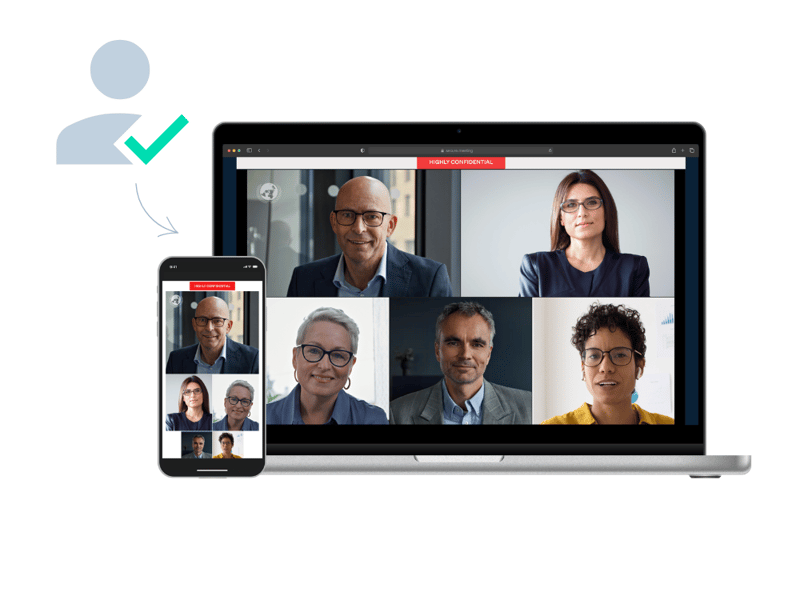



.jpg?width=800&name=v38%20laptop%20blog%20(1).jpg)
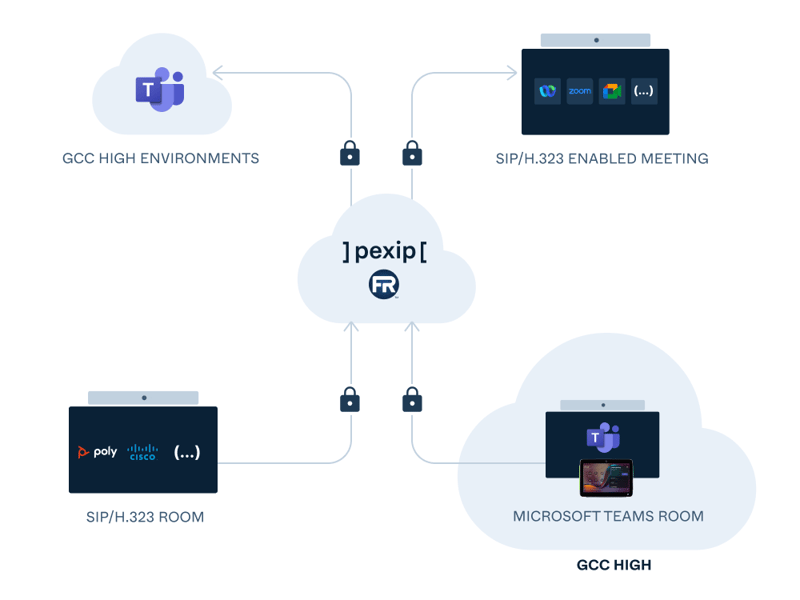

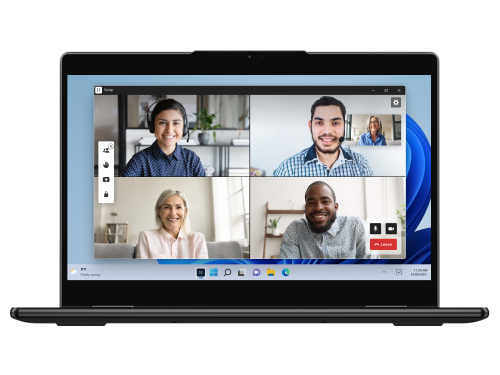
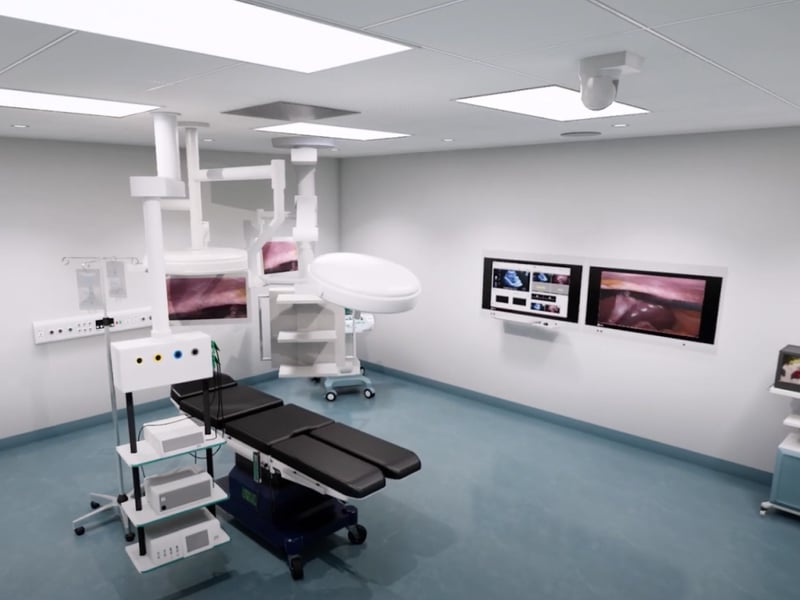





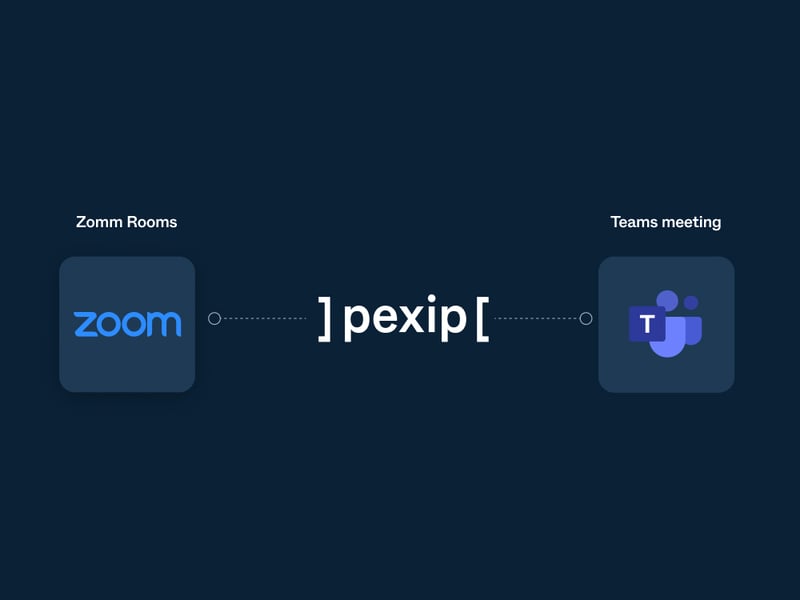


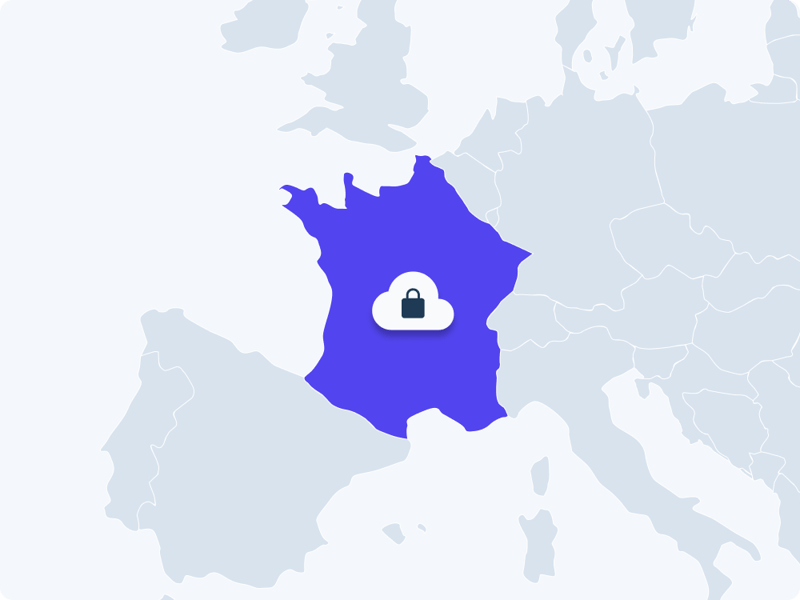
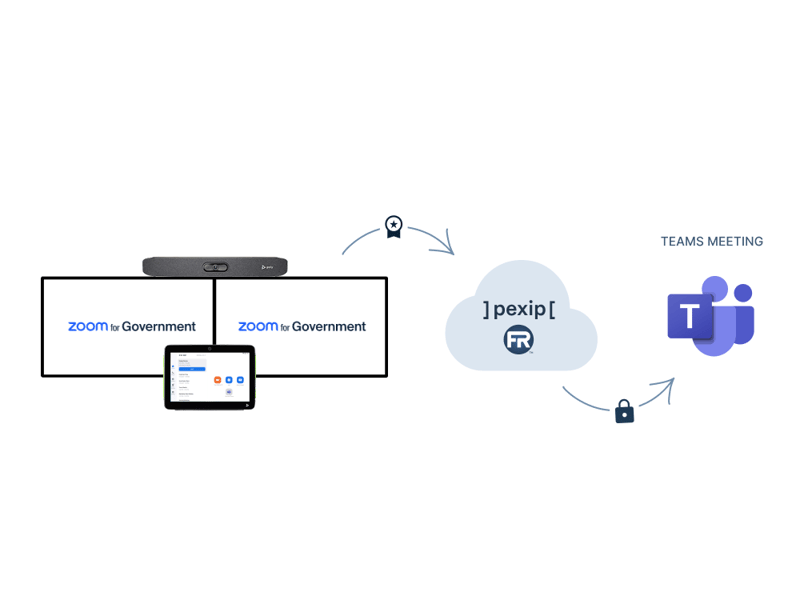










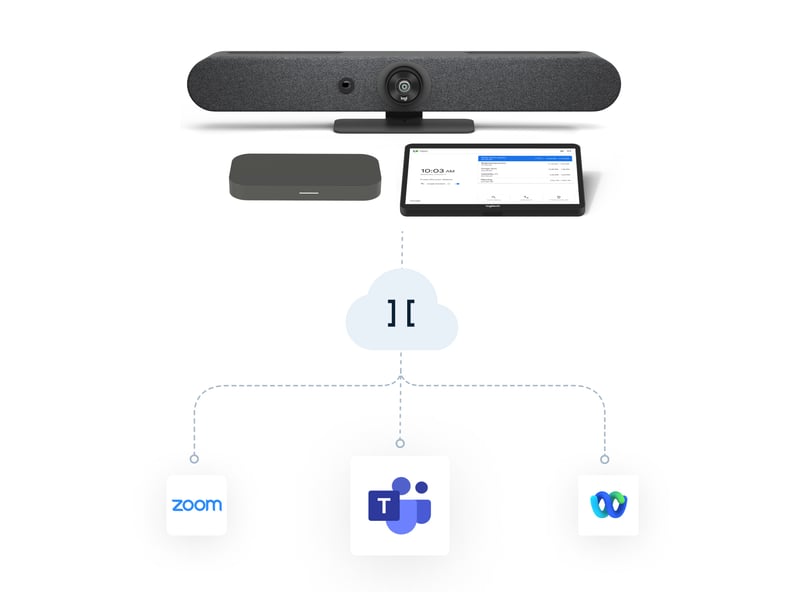
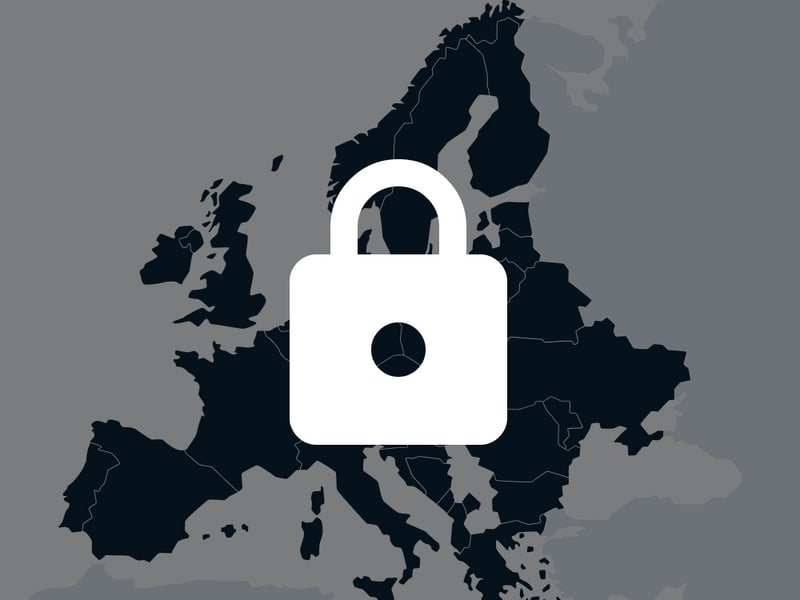
.png?width=800&name=Access-control-ebook-thumbnail%20(1).png)
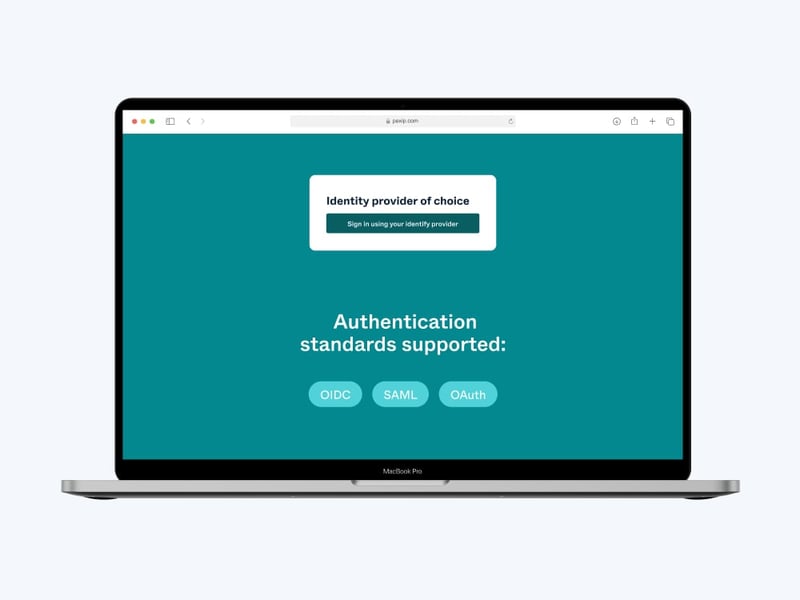
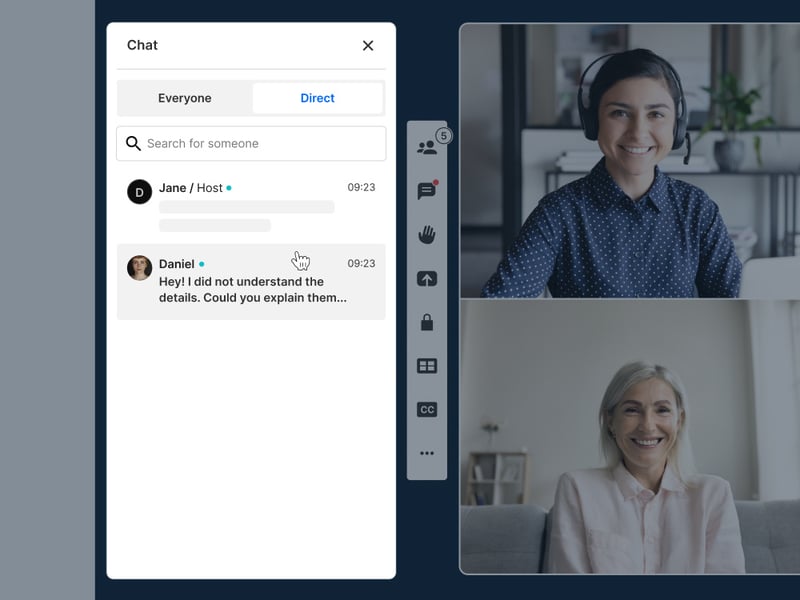


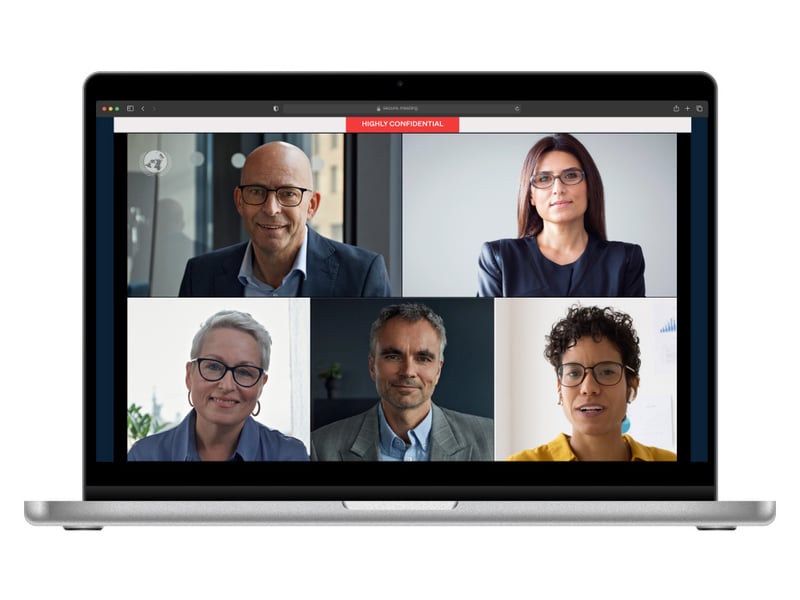

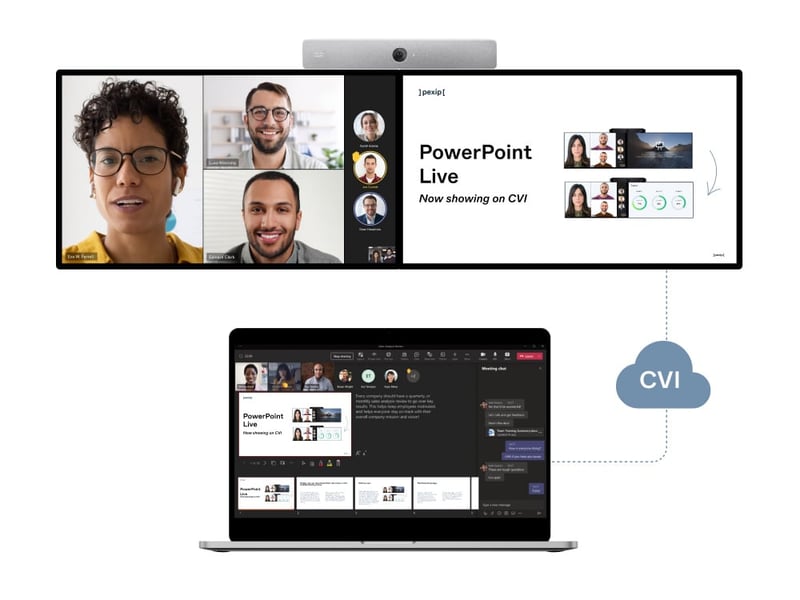
.jpg?width=800&name=Defense%20pillar%20page%20bg%20(1).jpg)
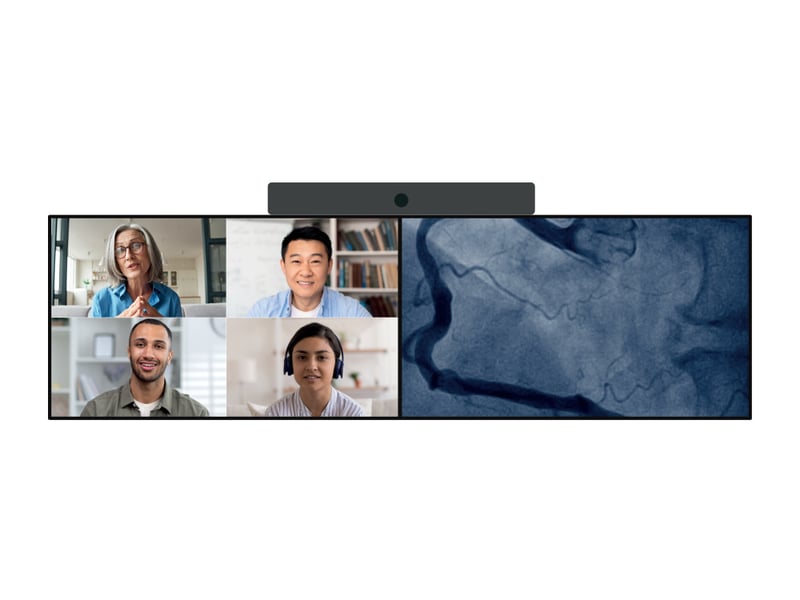

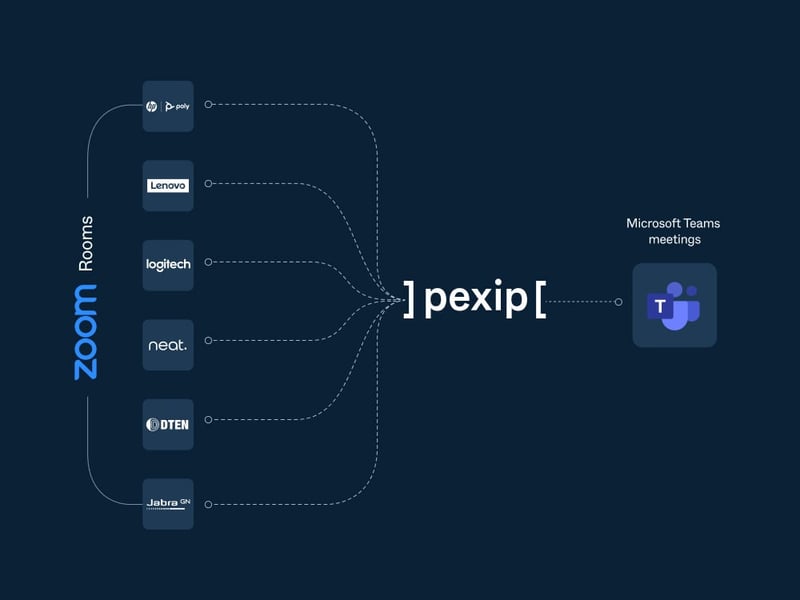
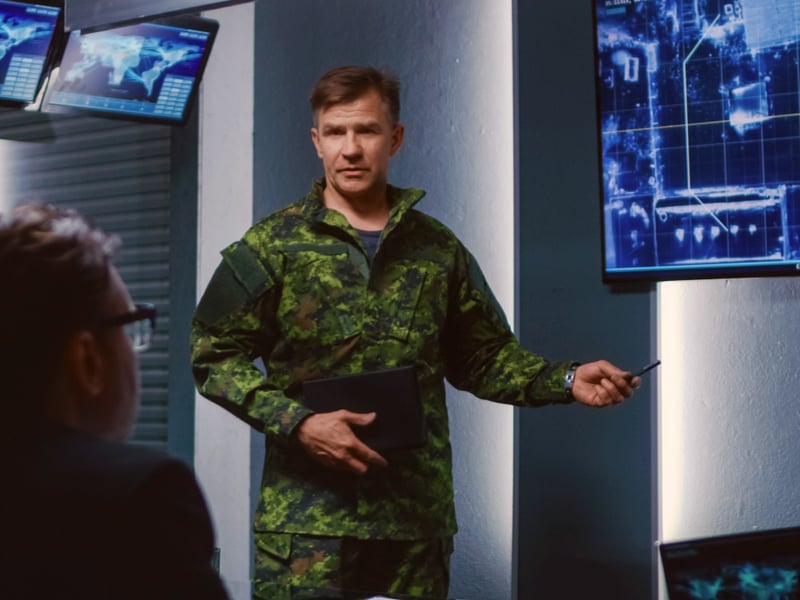

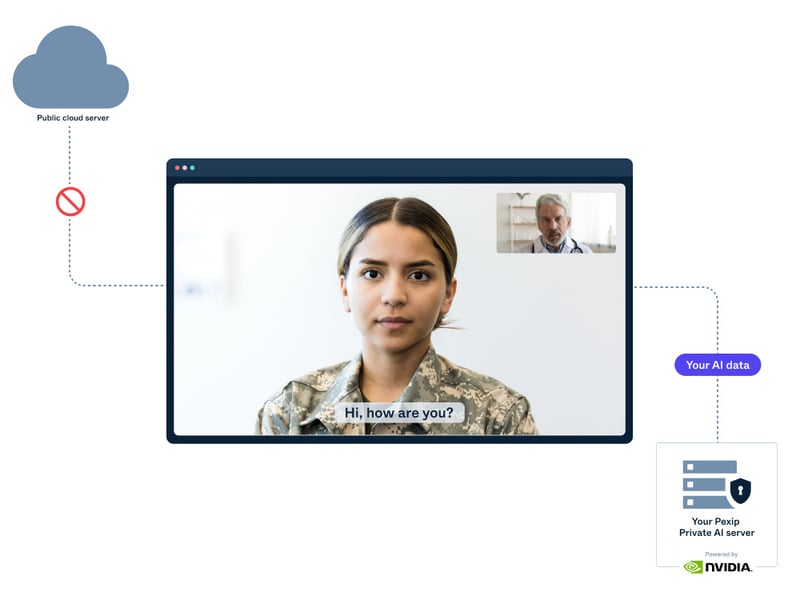
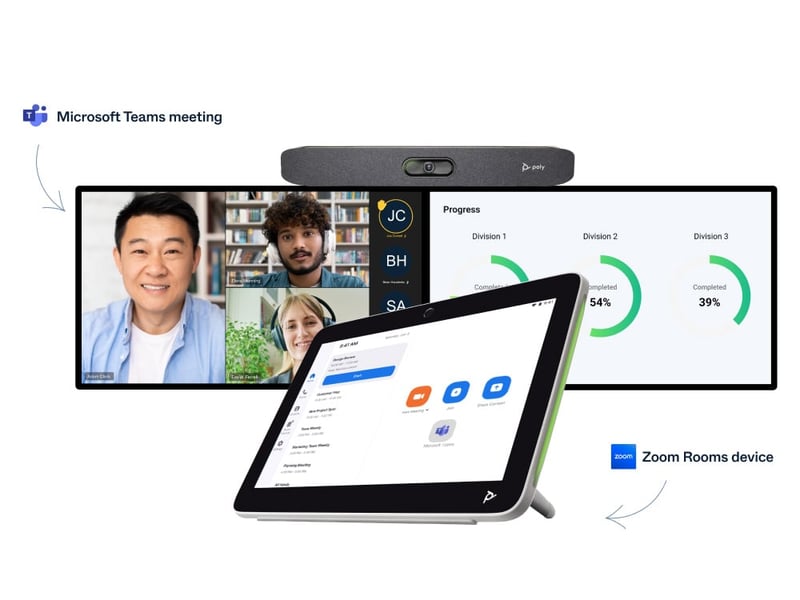
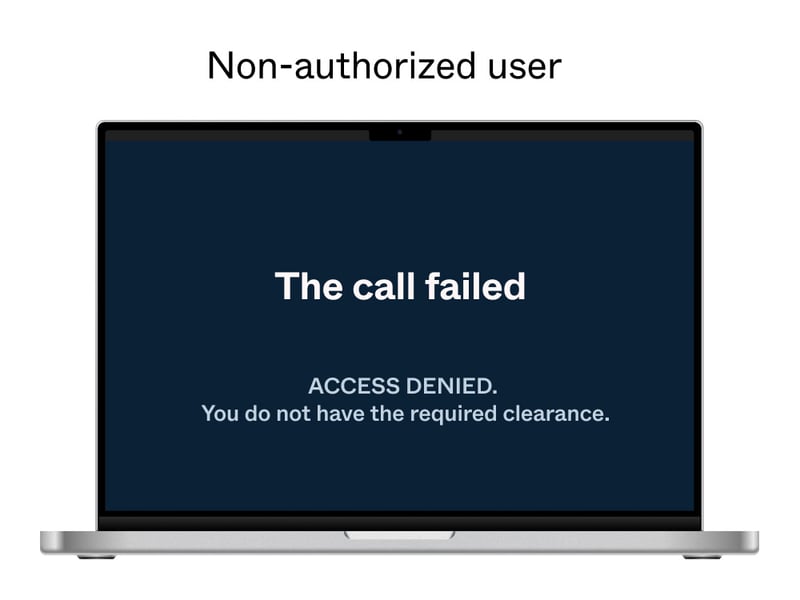
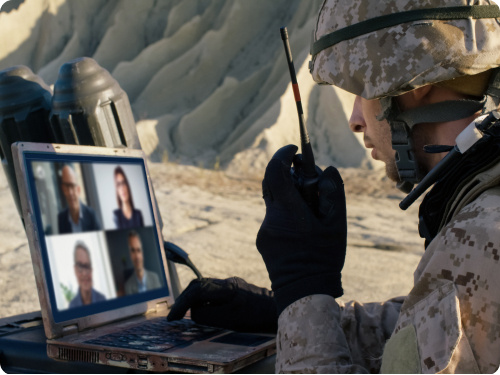


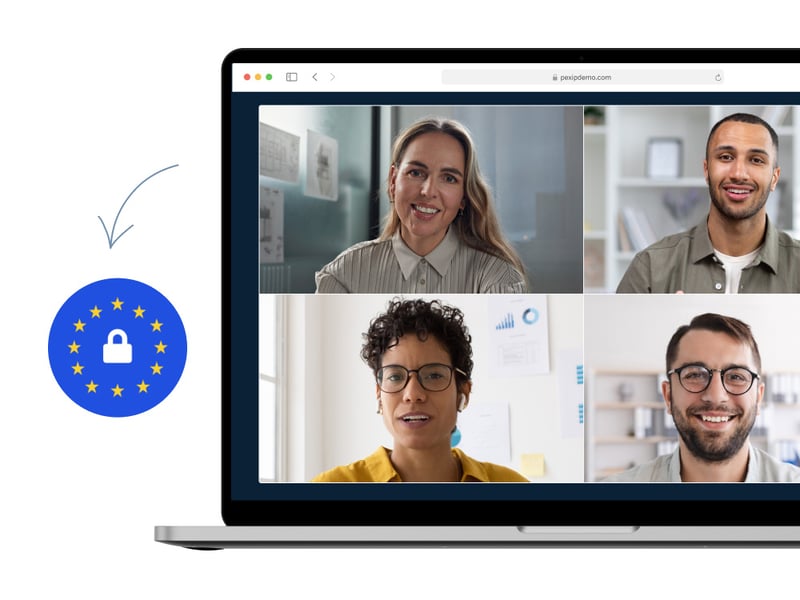

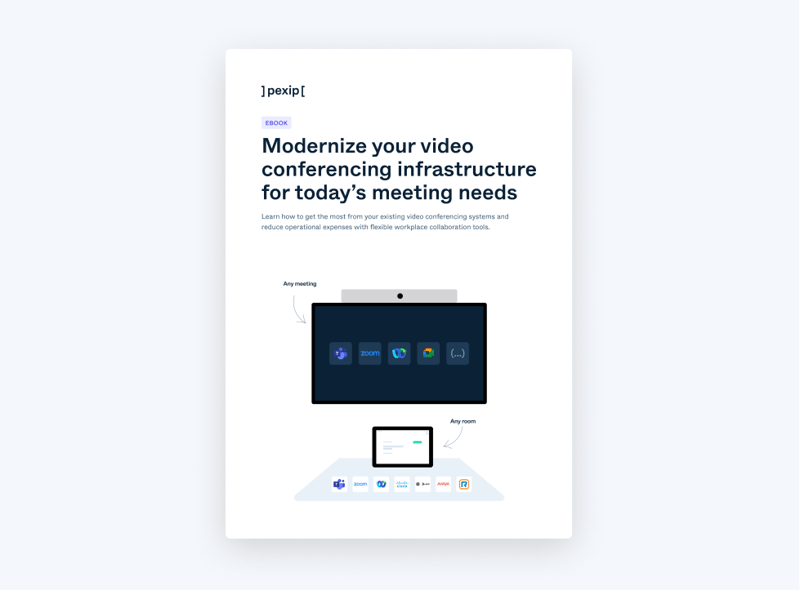
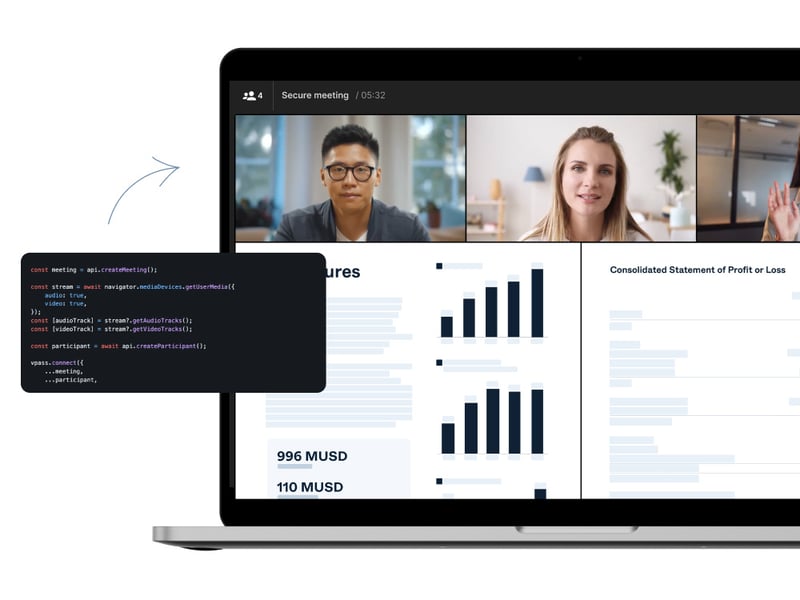
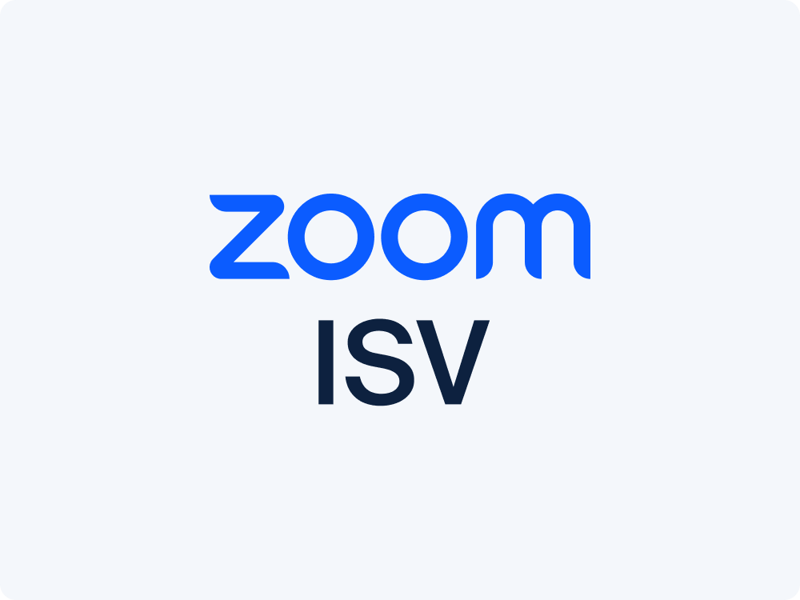

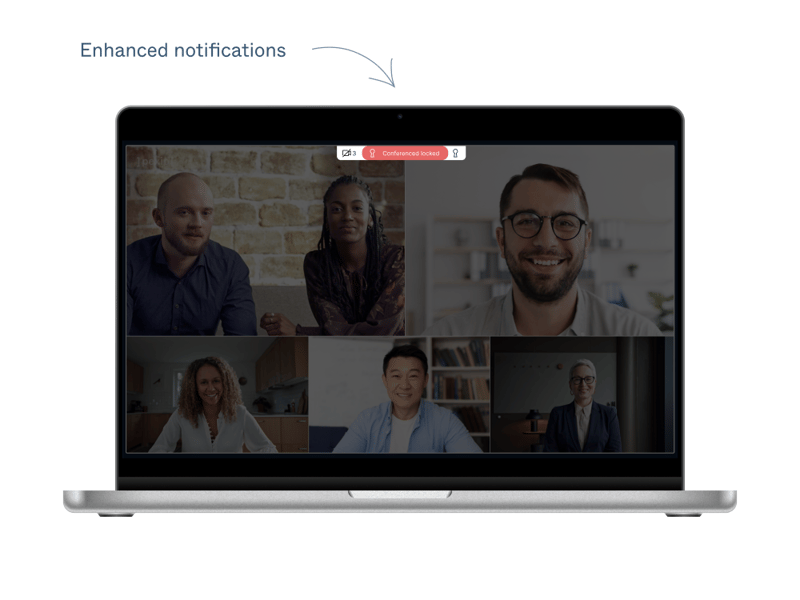
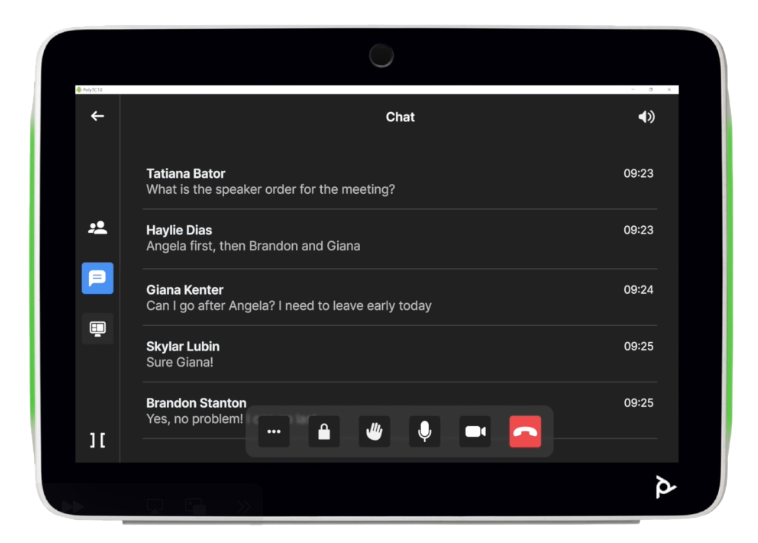
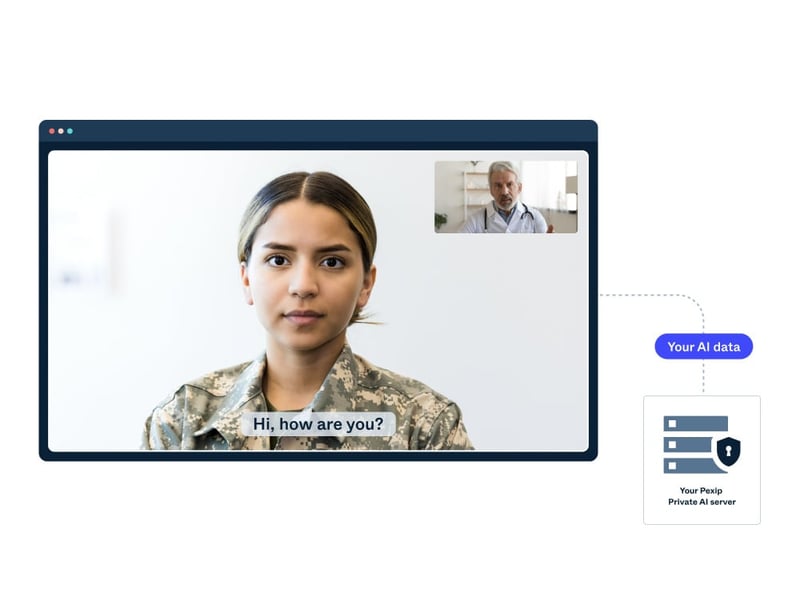
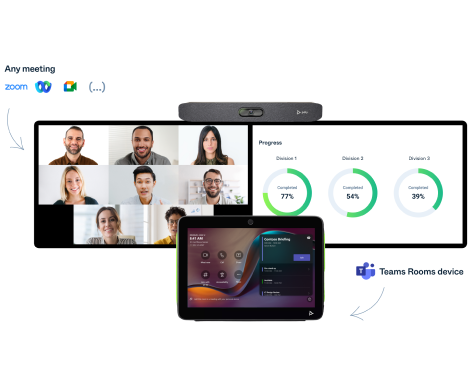

.jpg?width=800&name=blog%20purple%20(1).jpg)
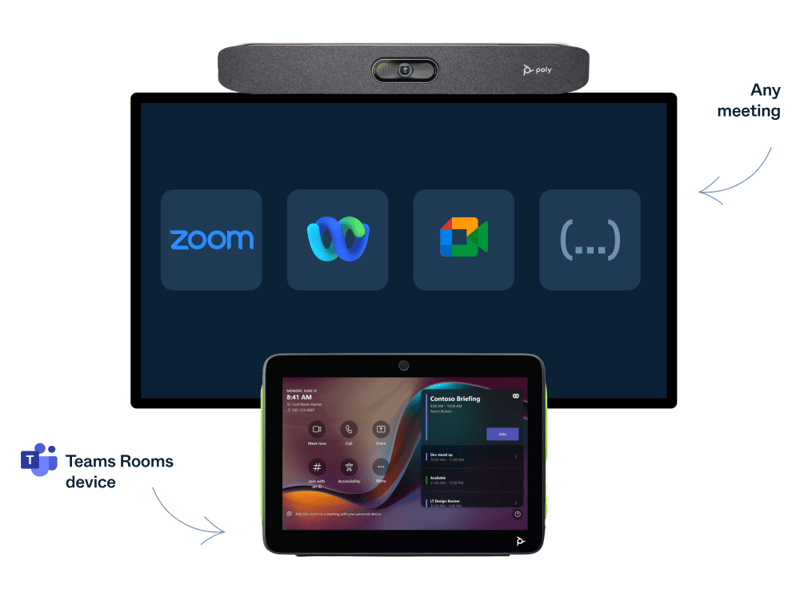
.png?width=800&name=A%20step-by-step%20guide%20to%20join%20Teams%20Meetings%20from%20Zoom%20Rooms%20using%20Pexip%20Connect%20(2).png)
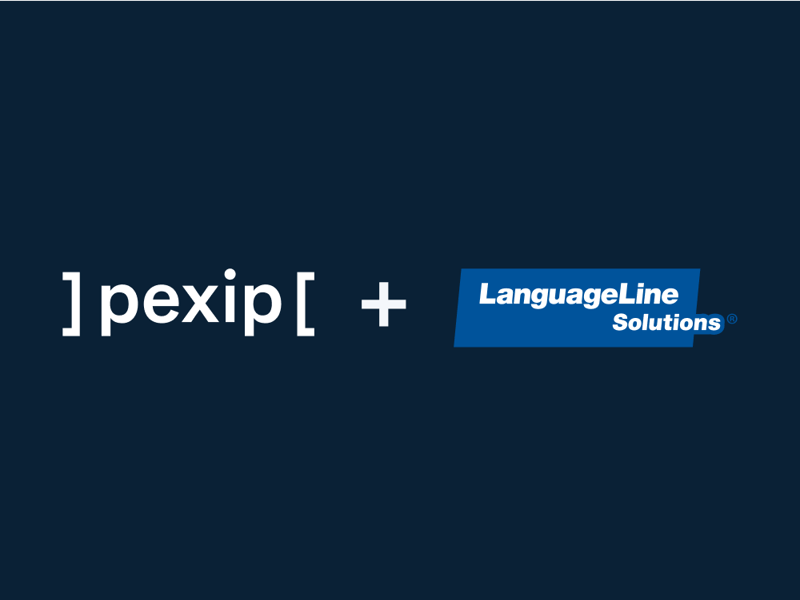
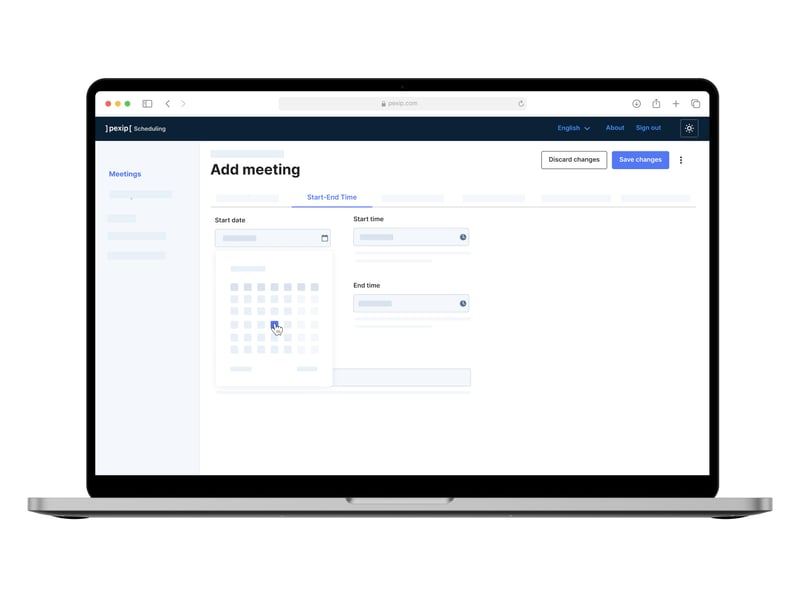
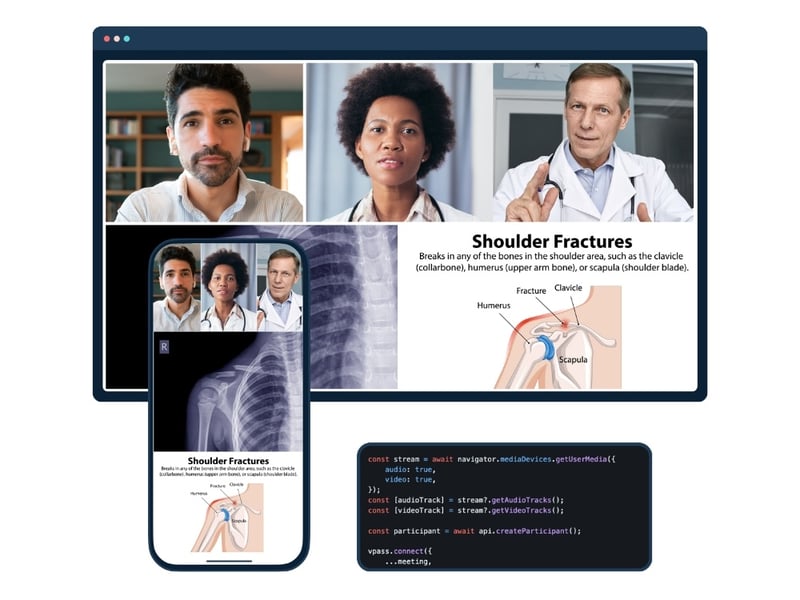
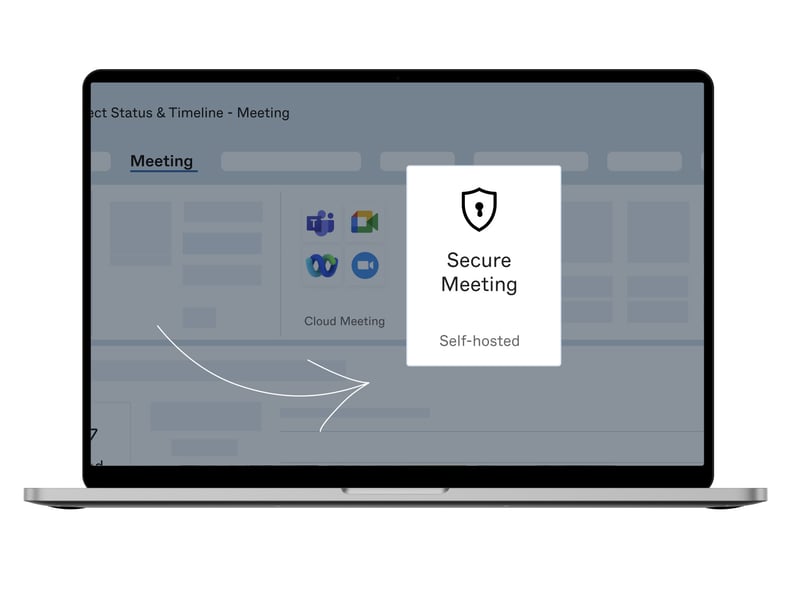



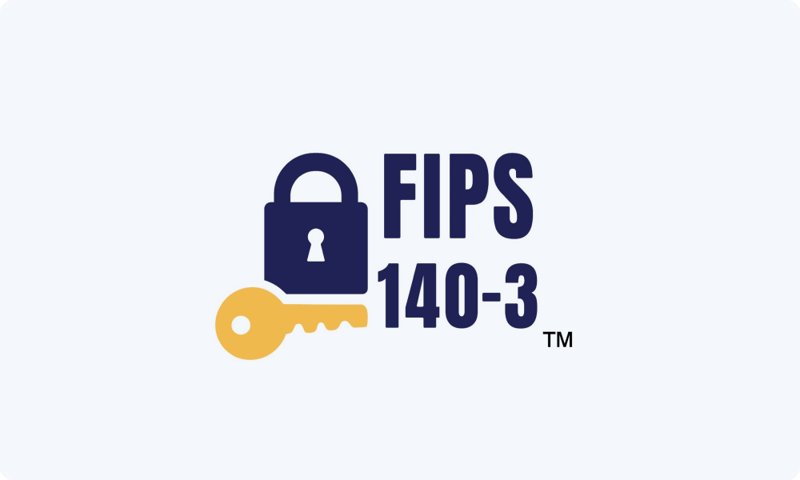
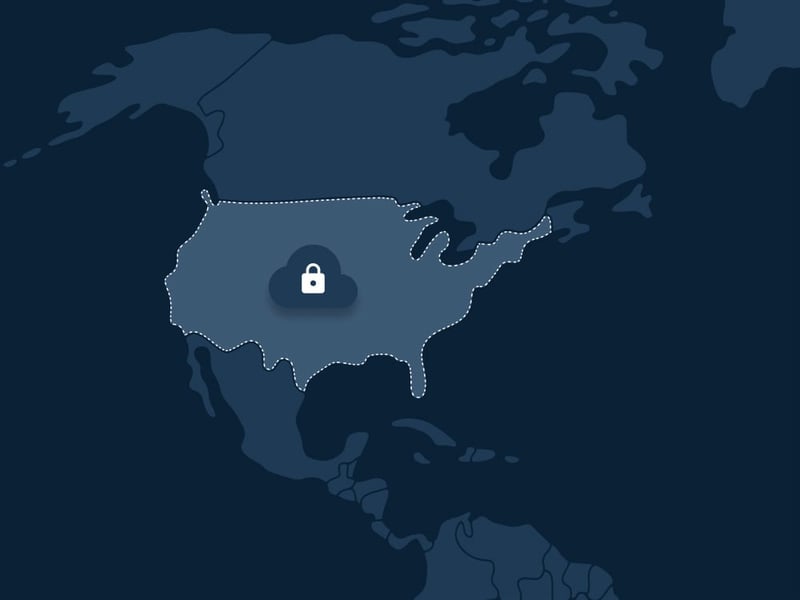


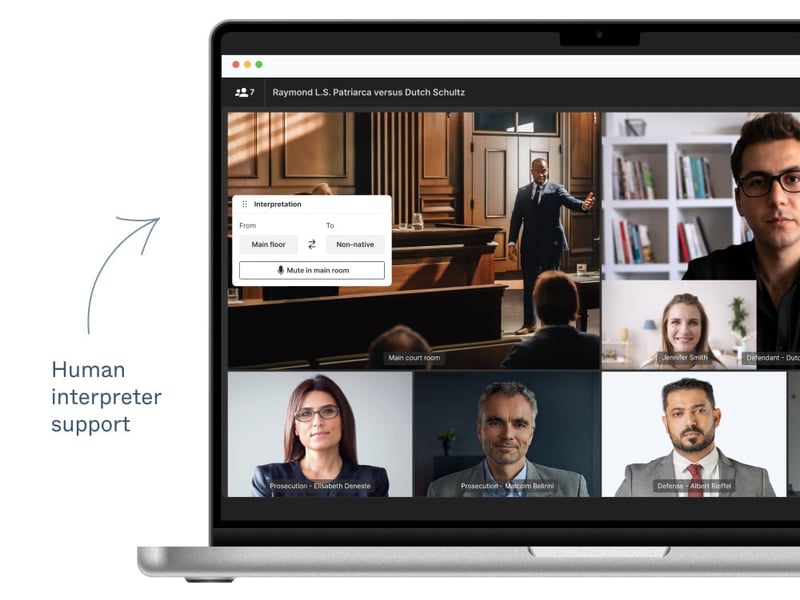
.jpg?width=800&name=video%20call%20sdk%20%20-%20Pexip%20Video%20Platform%20as%20a%20service%20(1).jpg)
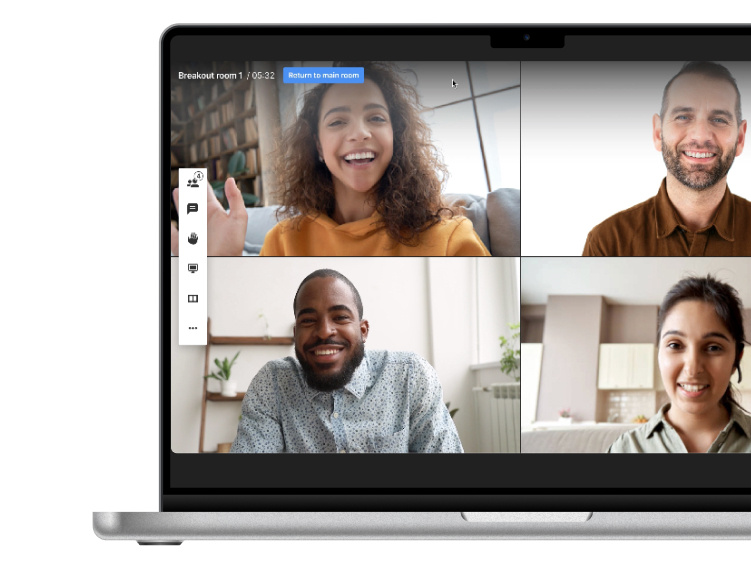

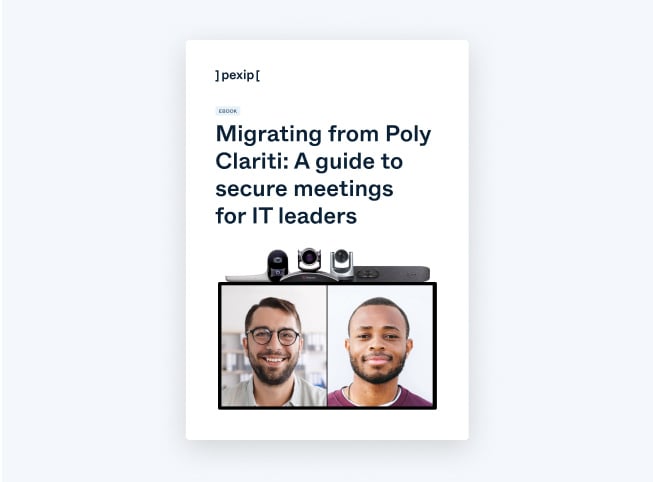
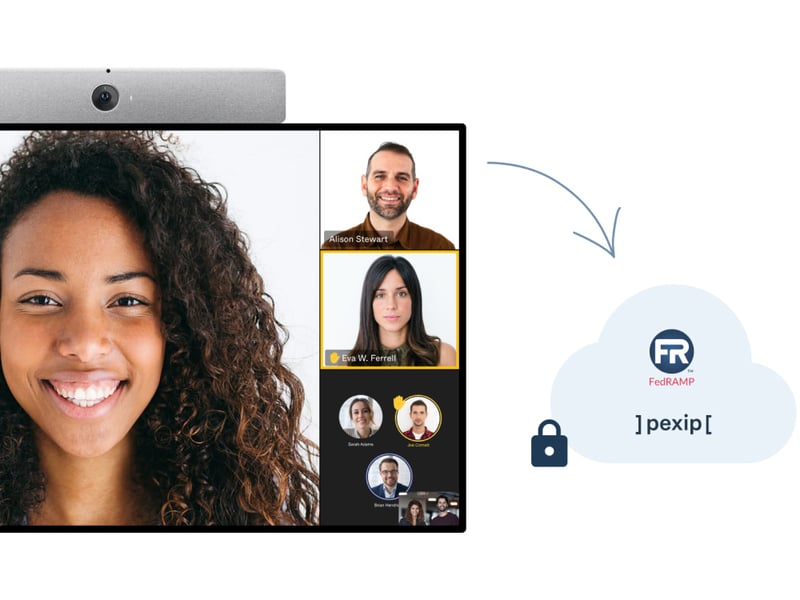
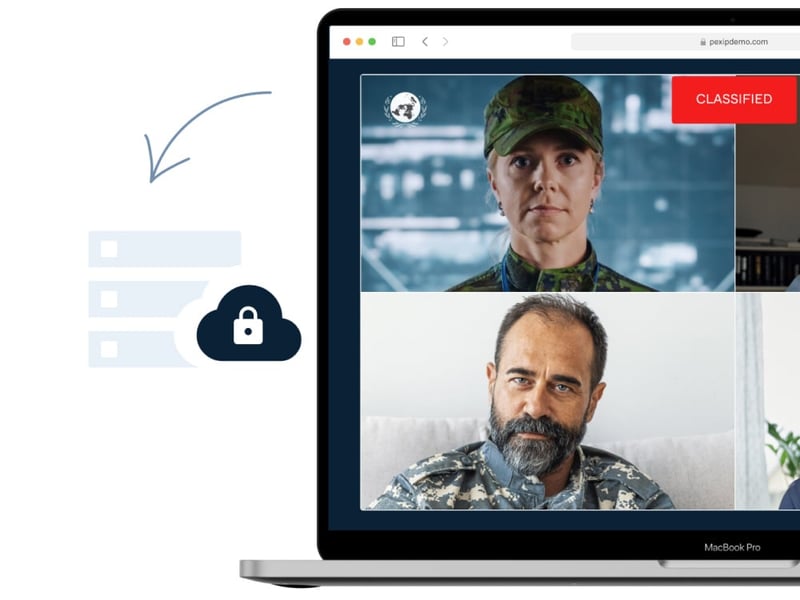
%20header.jpg?width=800&name=Secure%20meetings%20Pillarpage%20(primary%20solition)%20header.jpg)

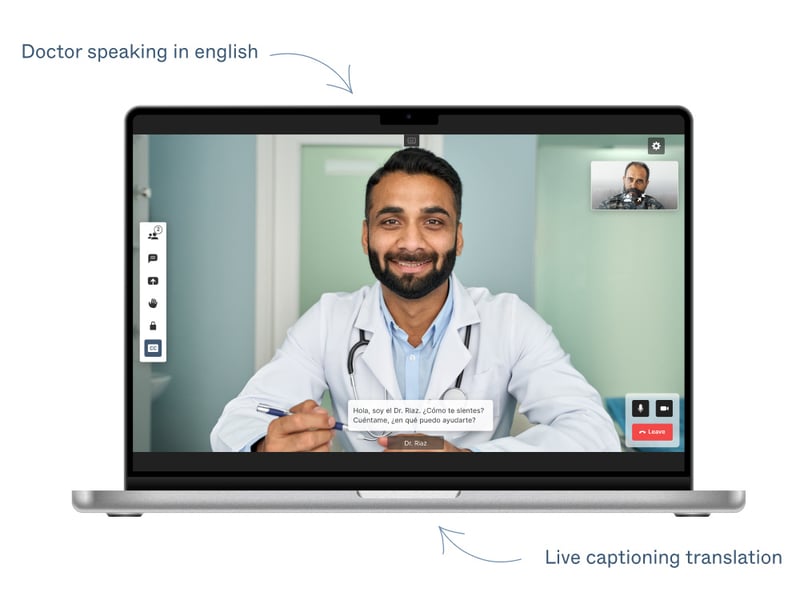
.png?width=800&name=Untitled%20design%20(6).png)
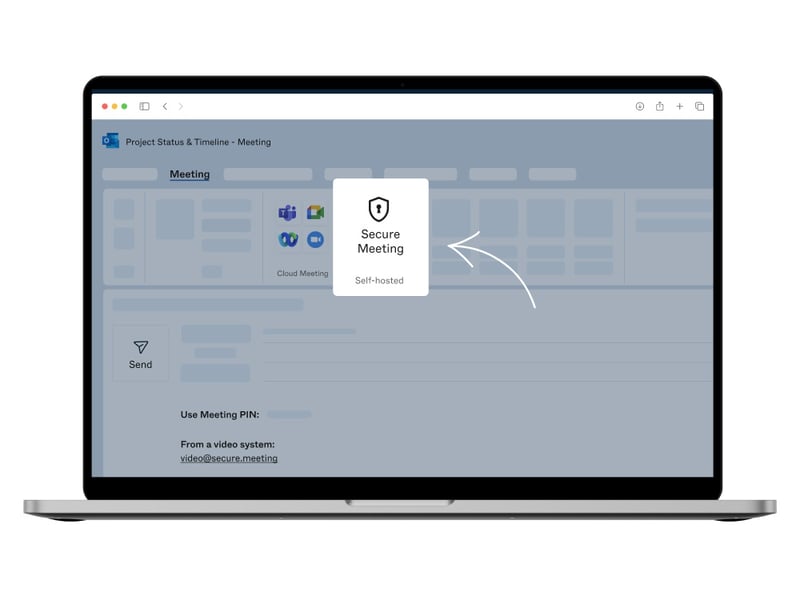



.png?width=800&name=Untitled%20design%20(5).png)

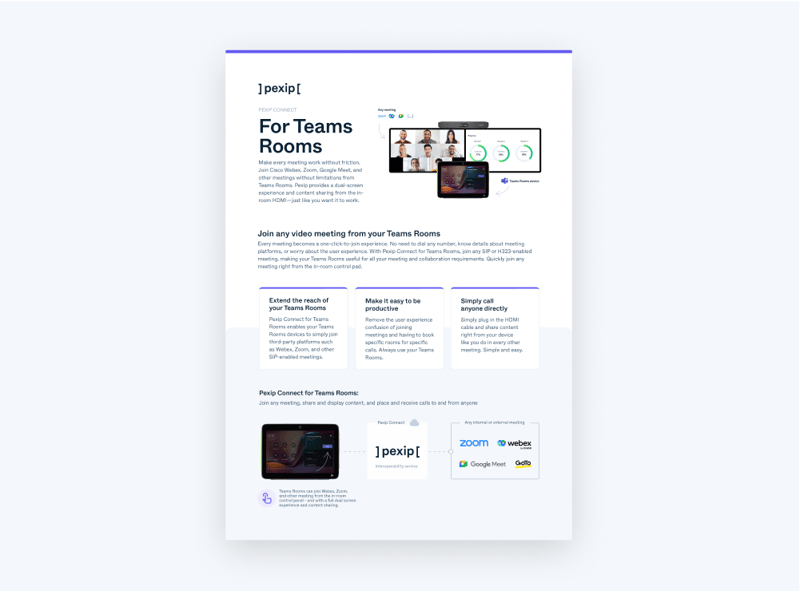
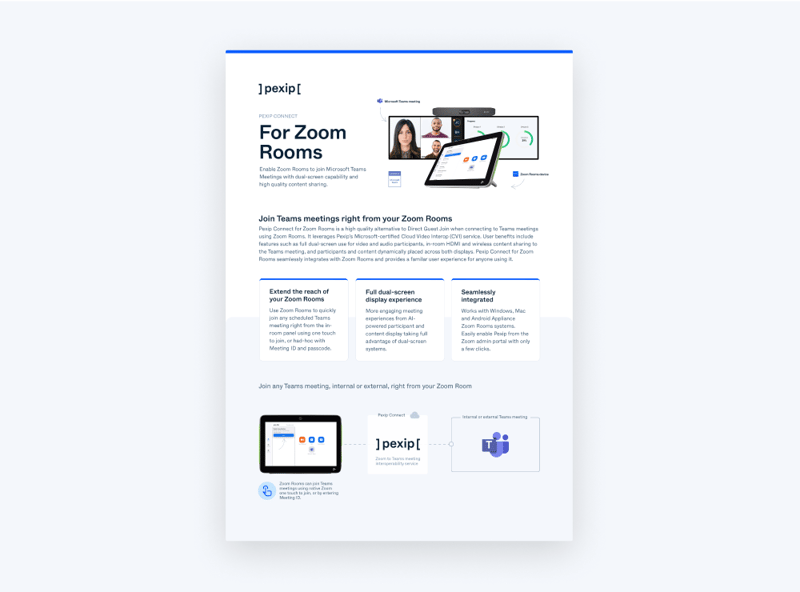
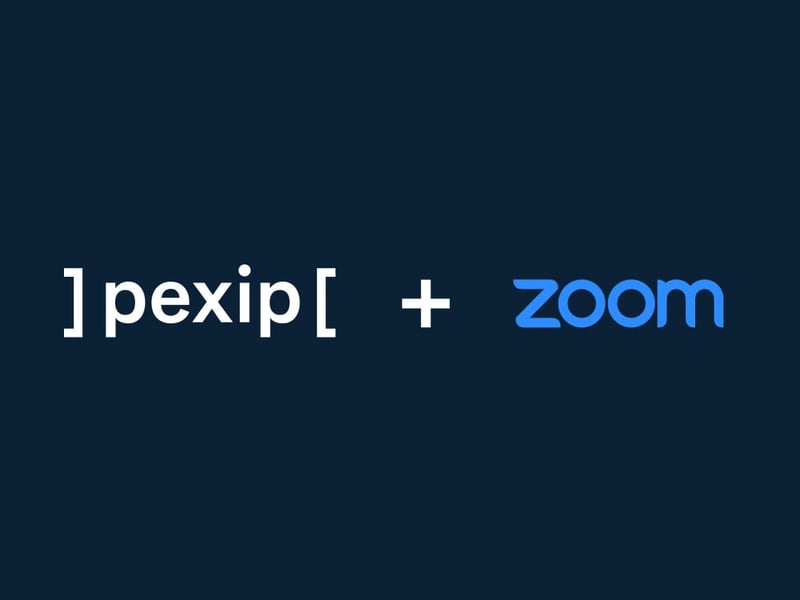
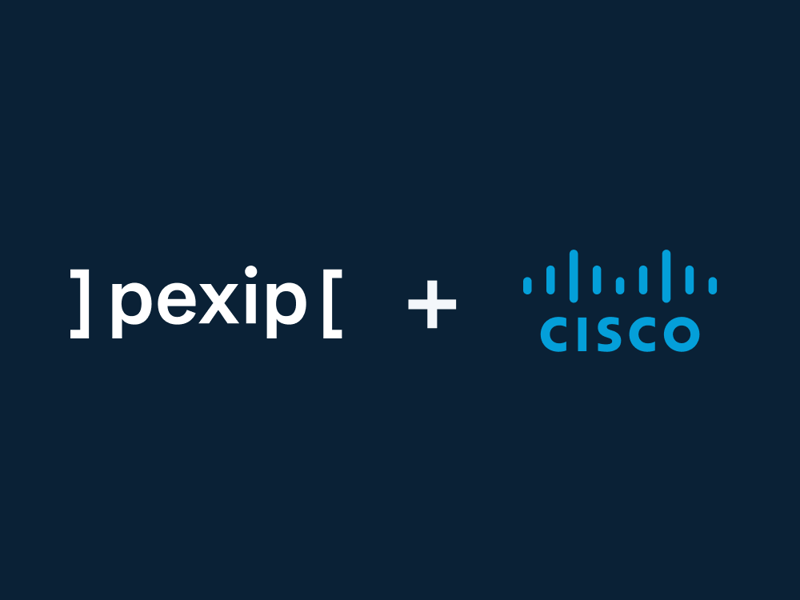




.jpg?width=800&name=1%20(1).jpg)
.jpg?width=800&name=policy%20server%203%20(1).jpg)

.jpg?width=800&name=blog%20(3).jpg)
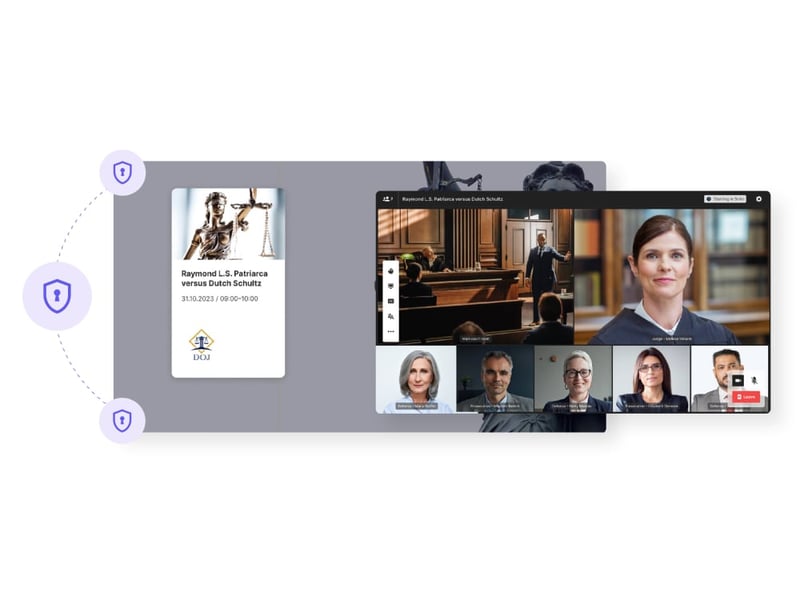





.jpg?width=800&name=Blog%20(2).jpg)
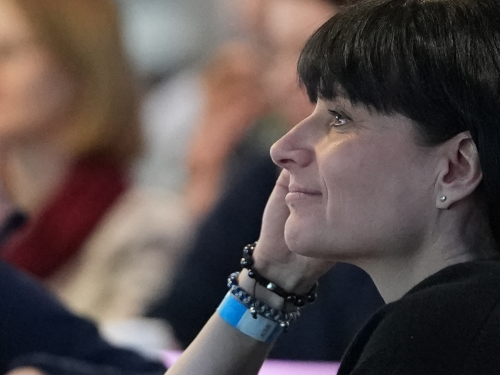






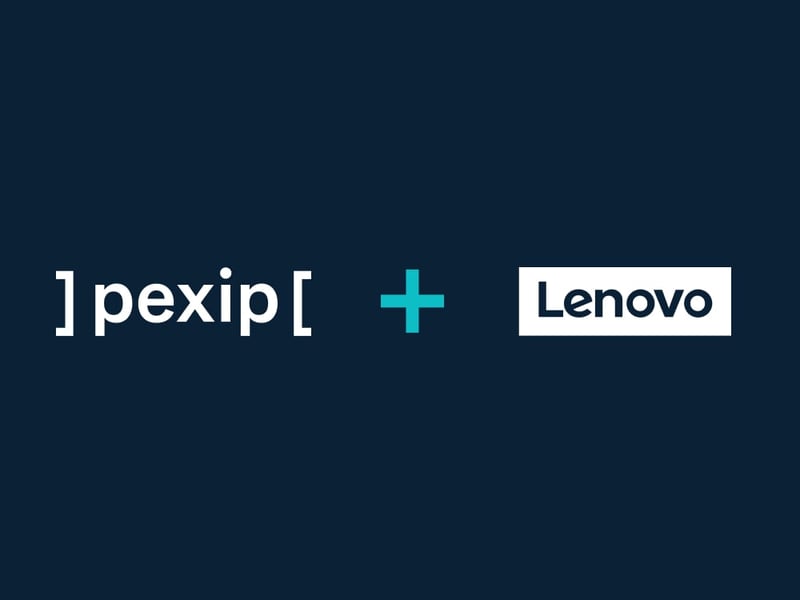



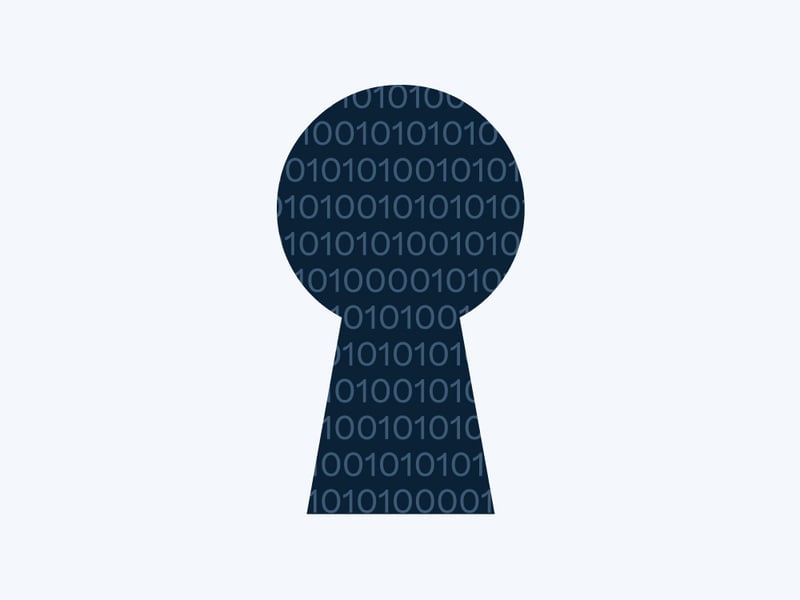
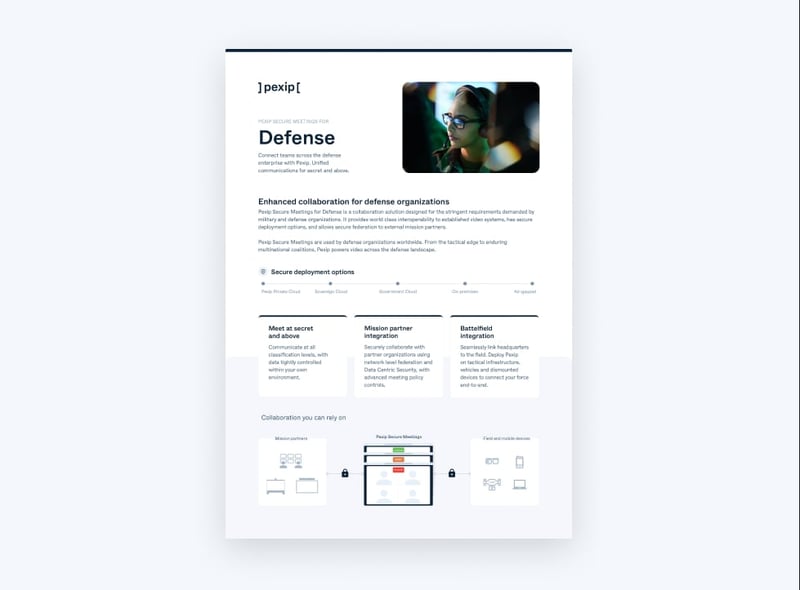
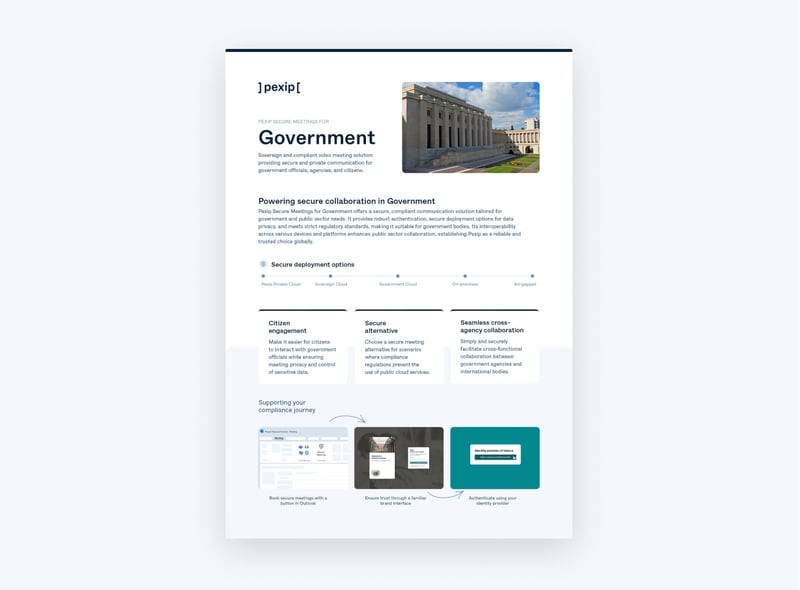
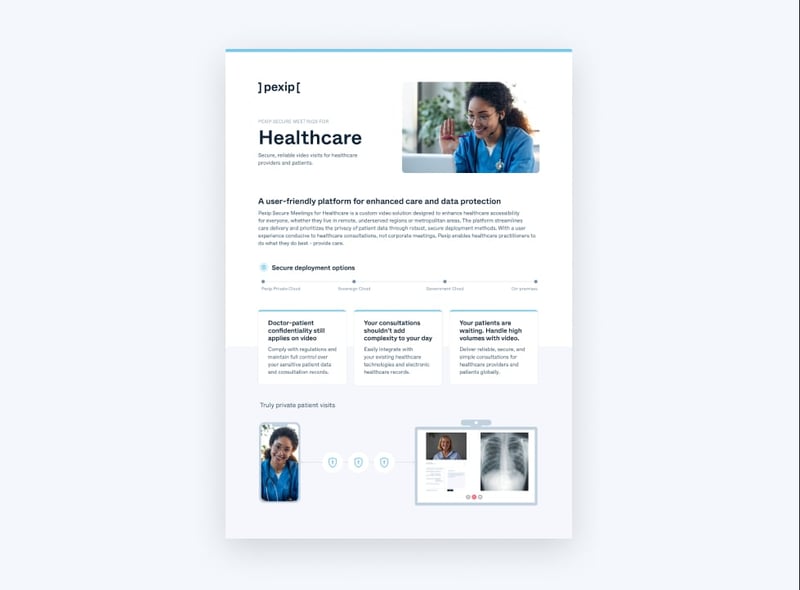
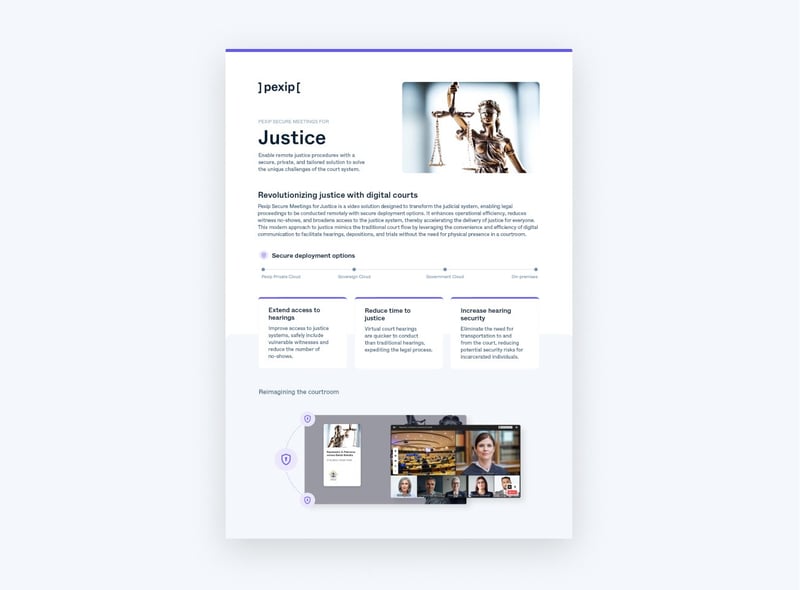

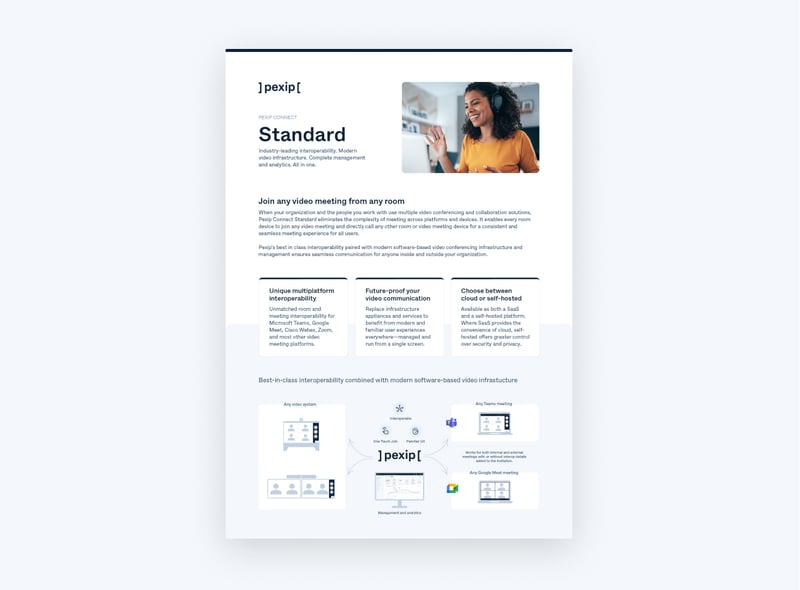
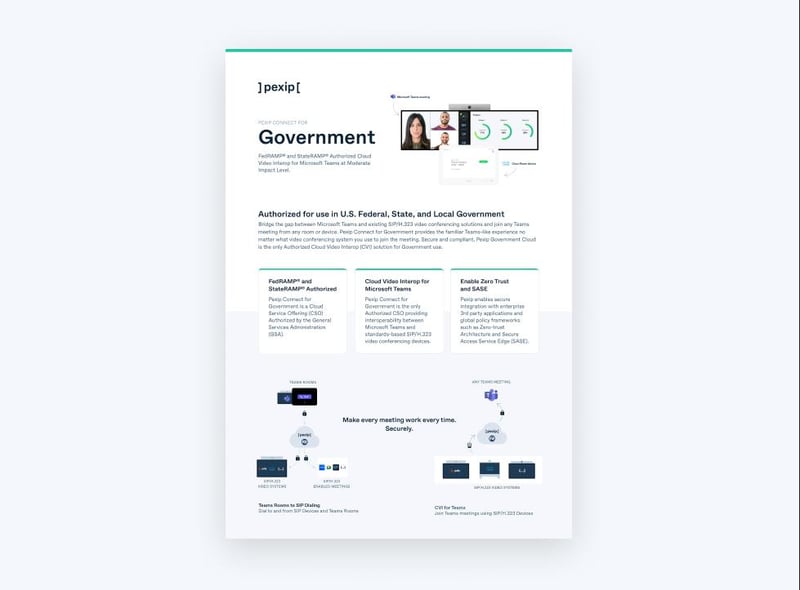
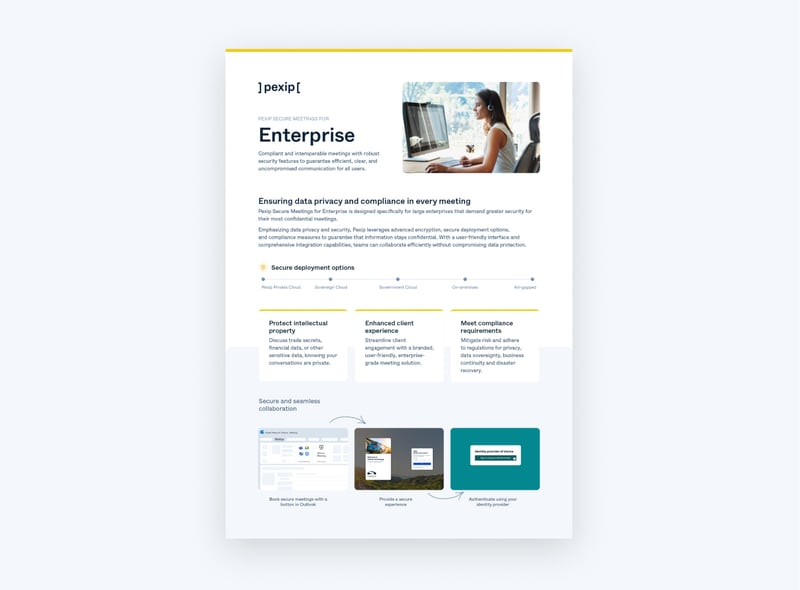
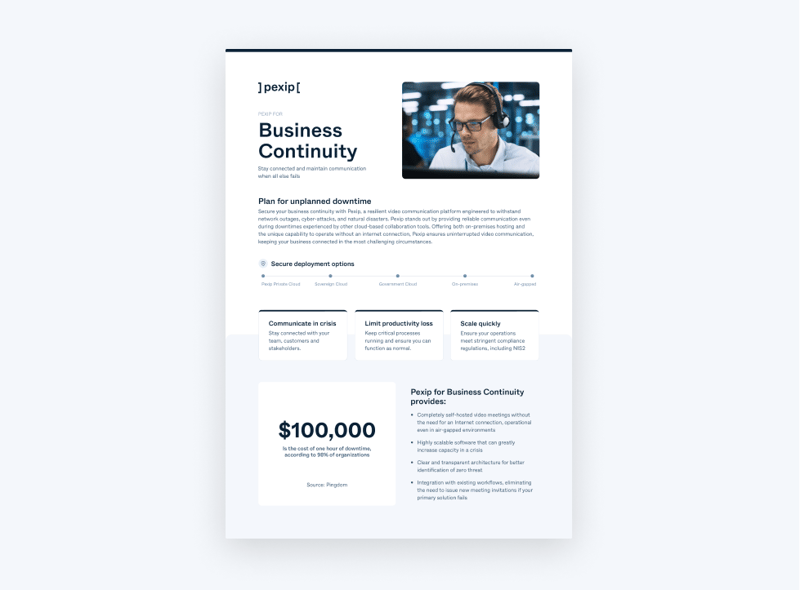



.jpg?width=800&name=2%20blog%20(3).jpg)


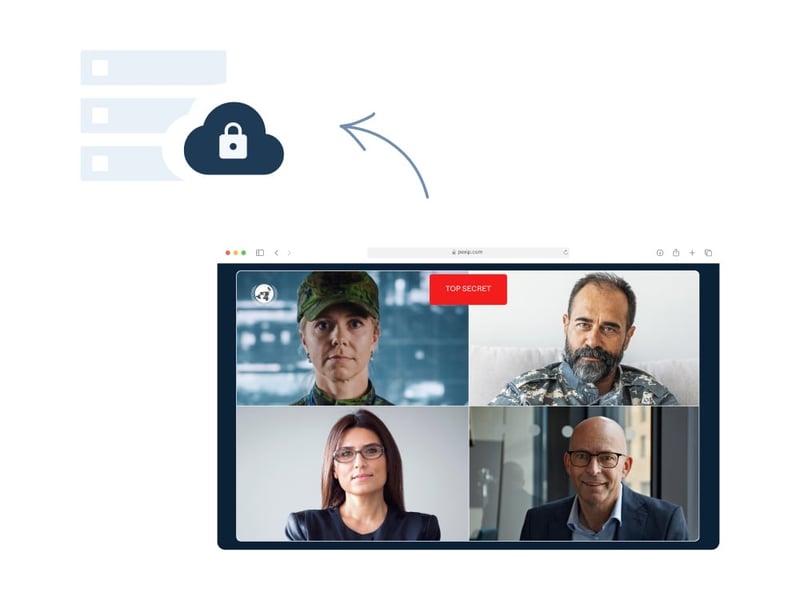
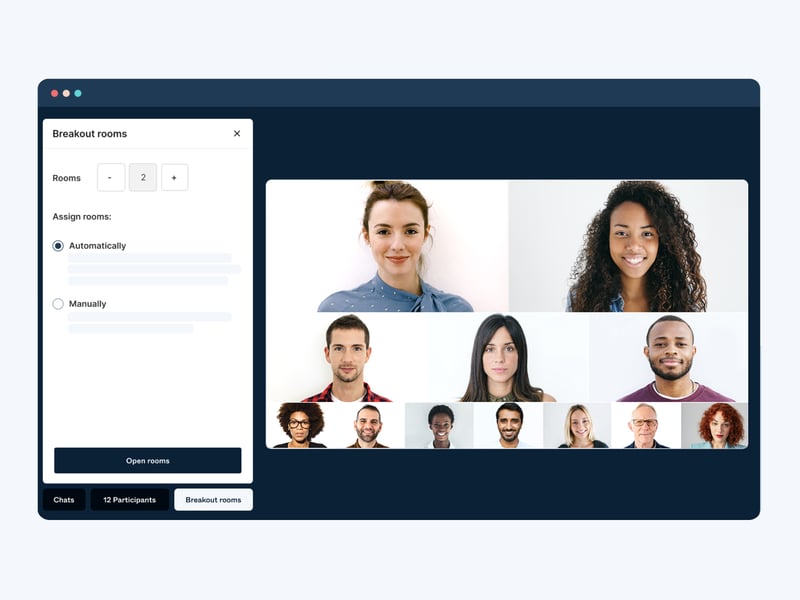



.jpg?width=800&name=Retail-multi-device-scheduling-flow-pexip-engage%20(4).jpg)


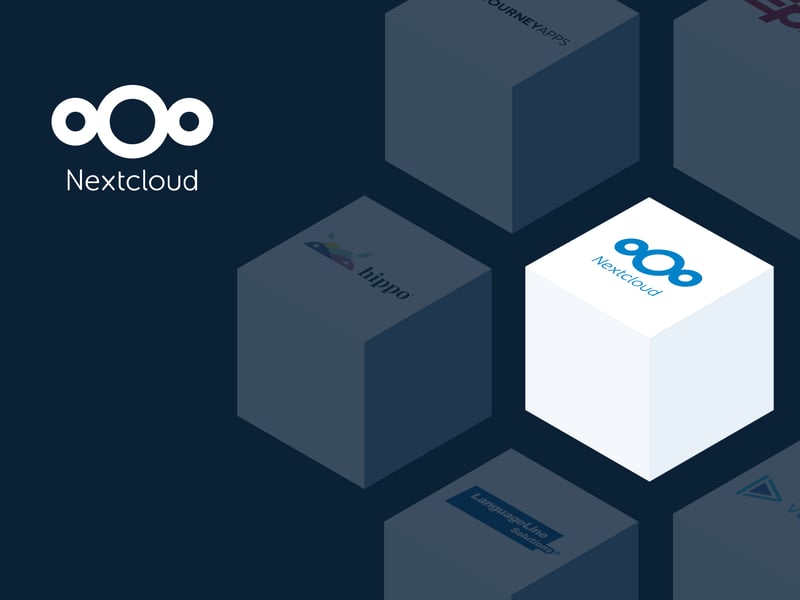

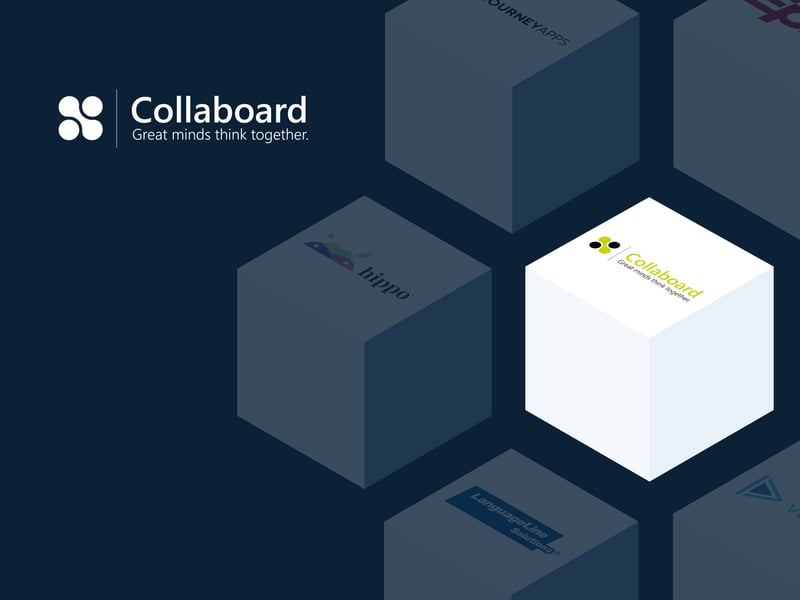
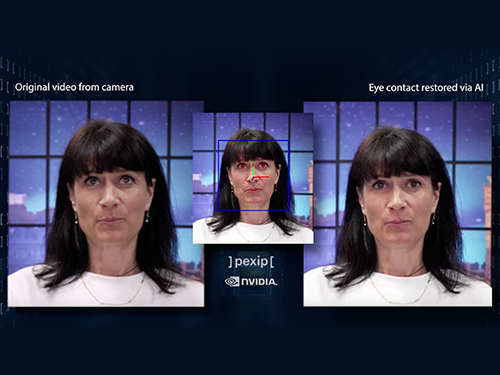
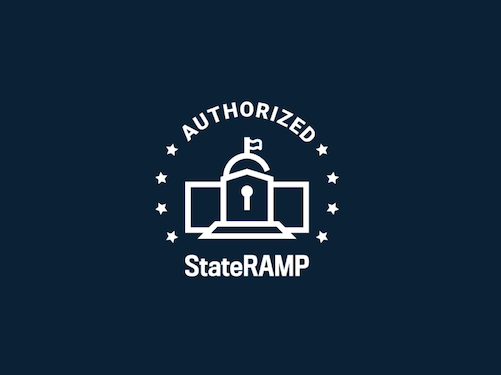


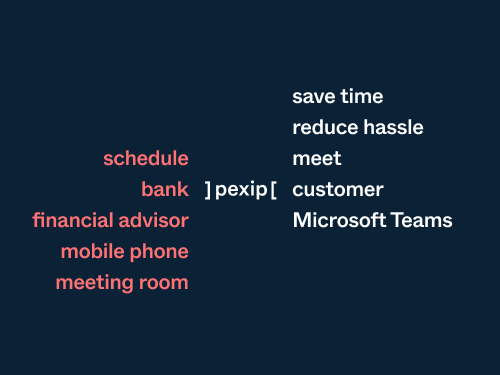
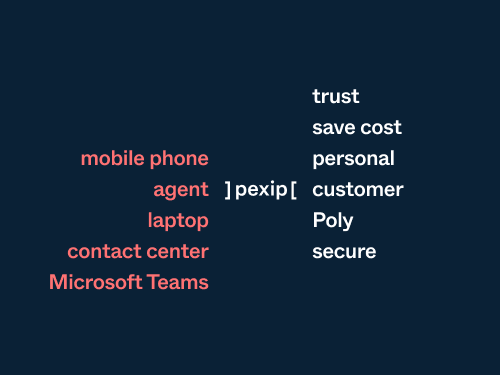
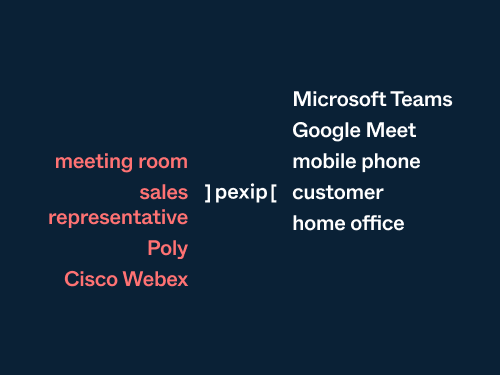
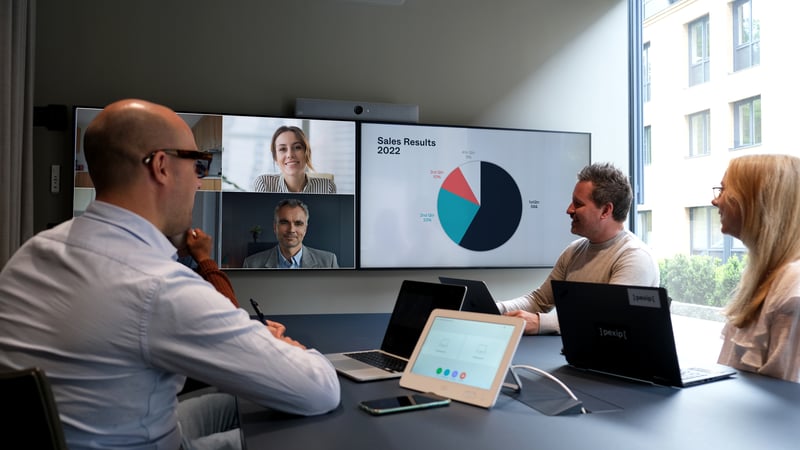
.png?width=800&name=Dial_directly_between_MTR_and_other_meeting_room_devices_blog%20(1).png)
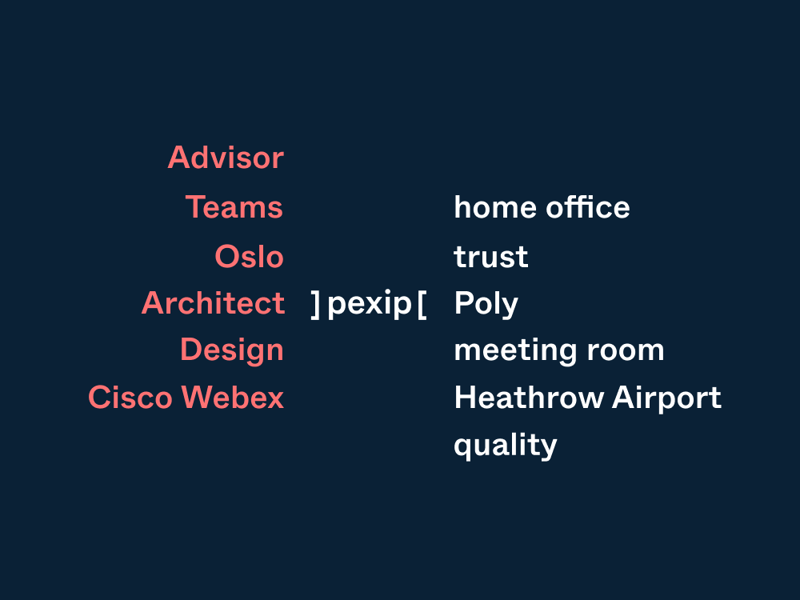
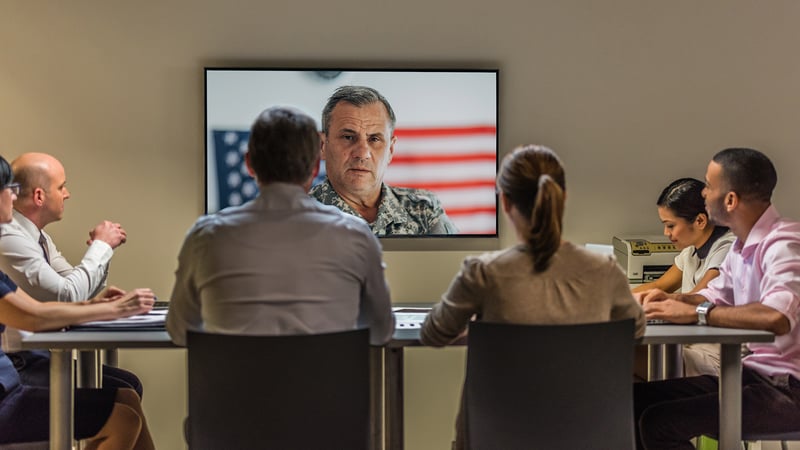



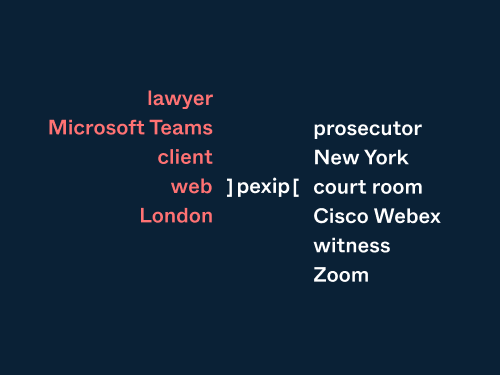








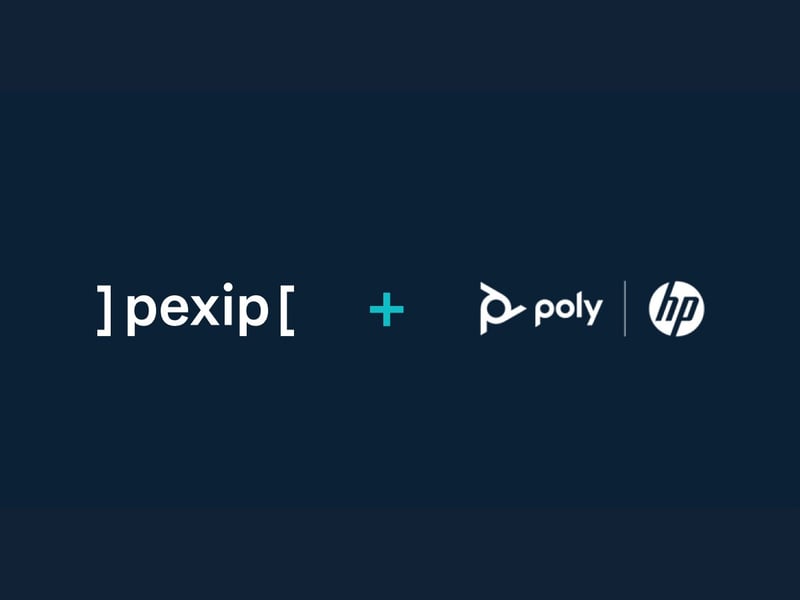

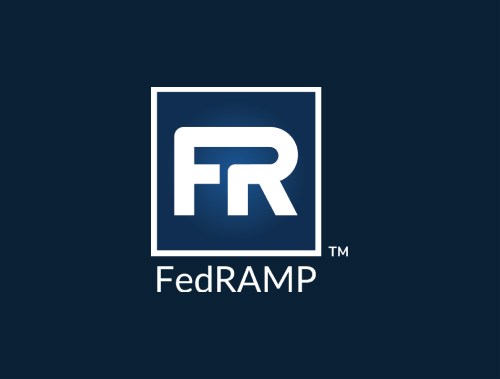
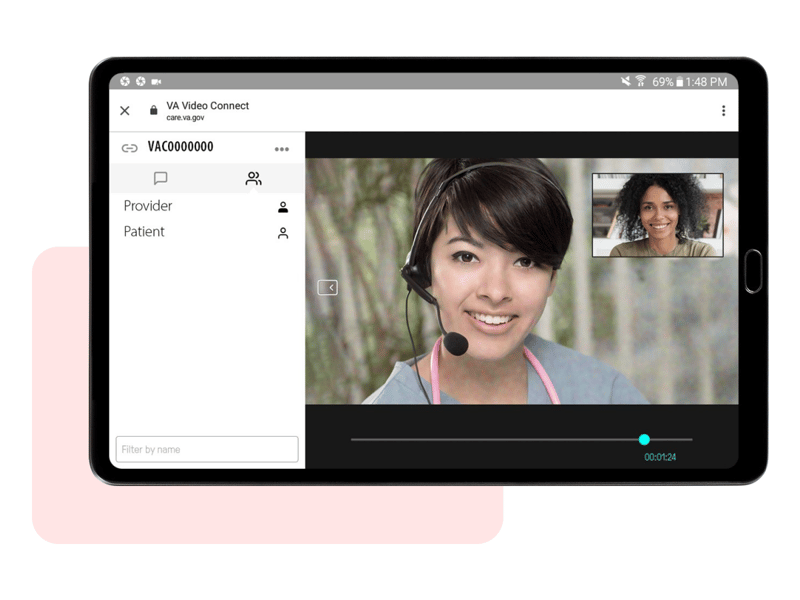



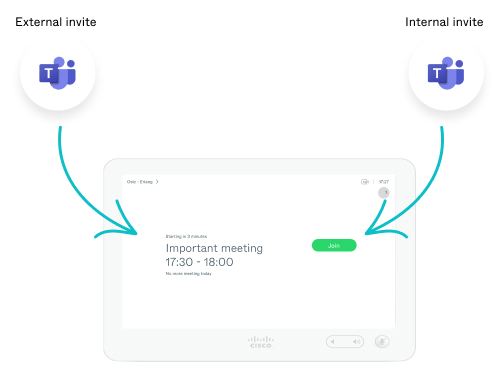











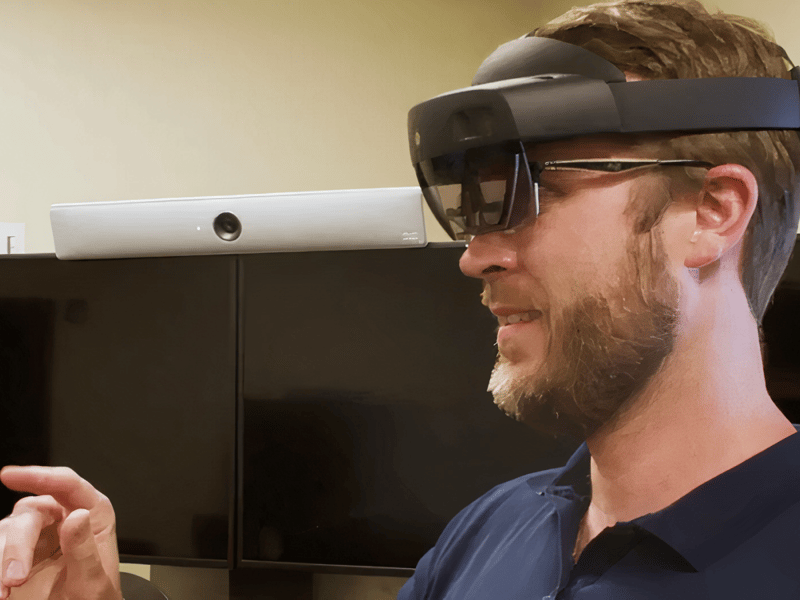













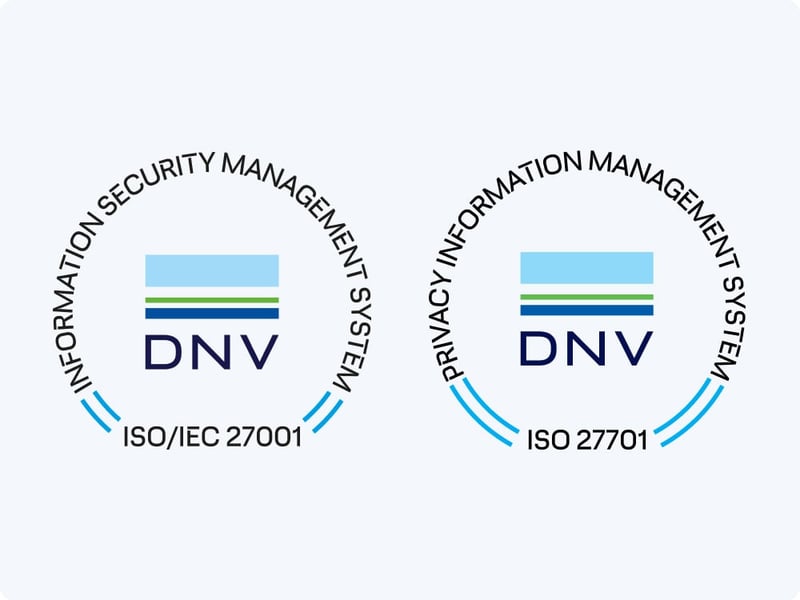




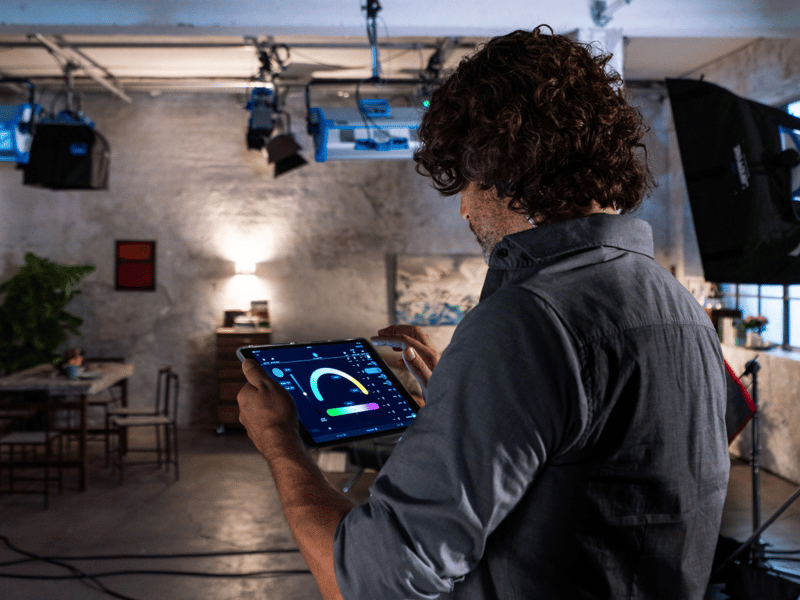
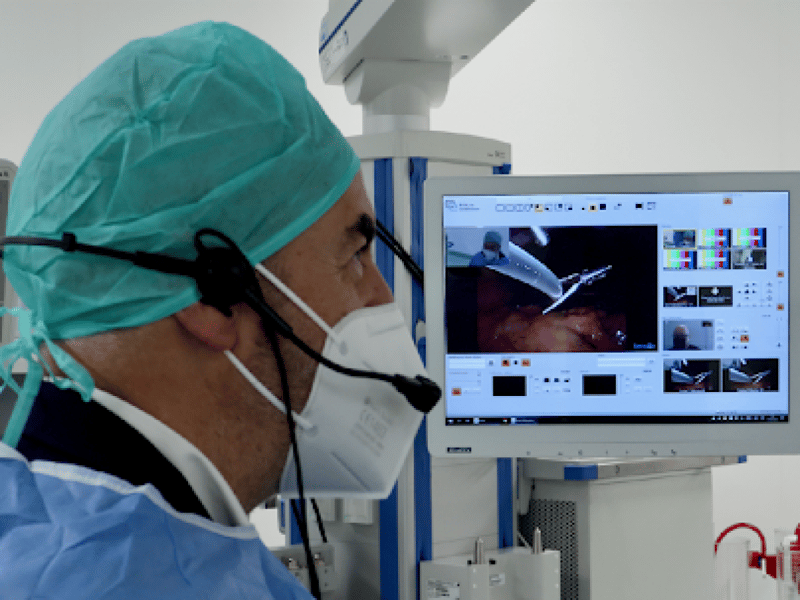







.webp?width=800&name=How%20retail%20banks%20can%20win%20customers%20with%20scheduled%20video%20appointments4_3%20(1).webp)

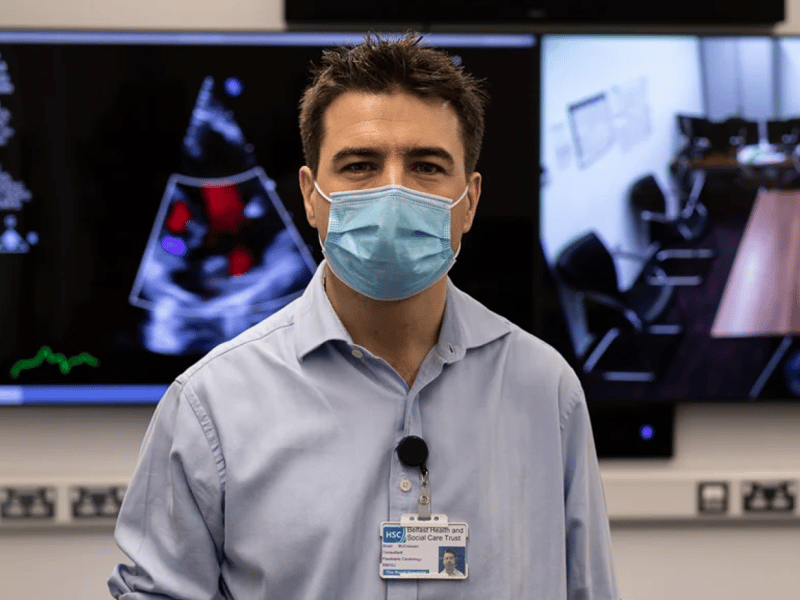




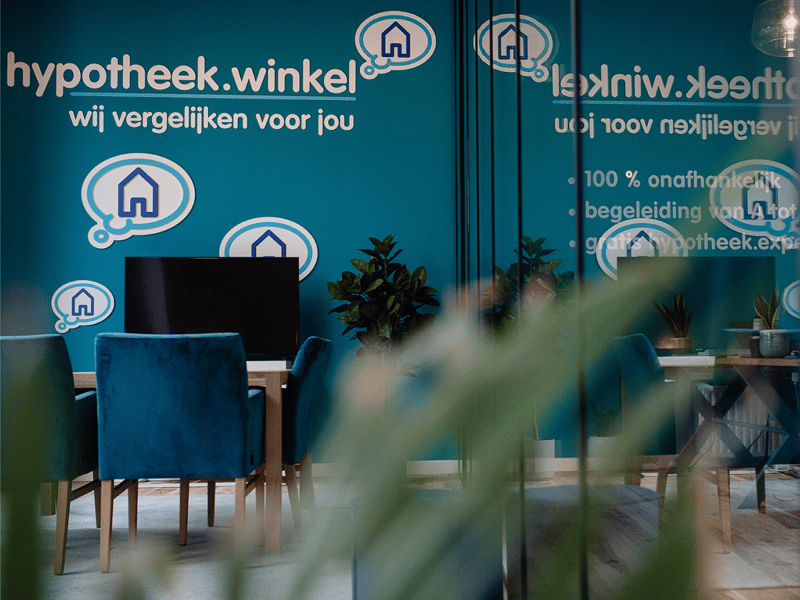
.webp?width=800&name=3%20Unite%20your%20meeting%20rooms%20with%20a%20Teams-like%20experience%20(1).webp)










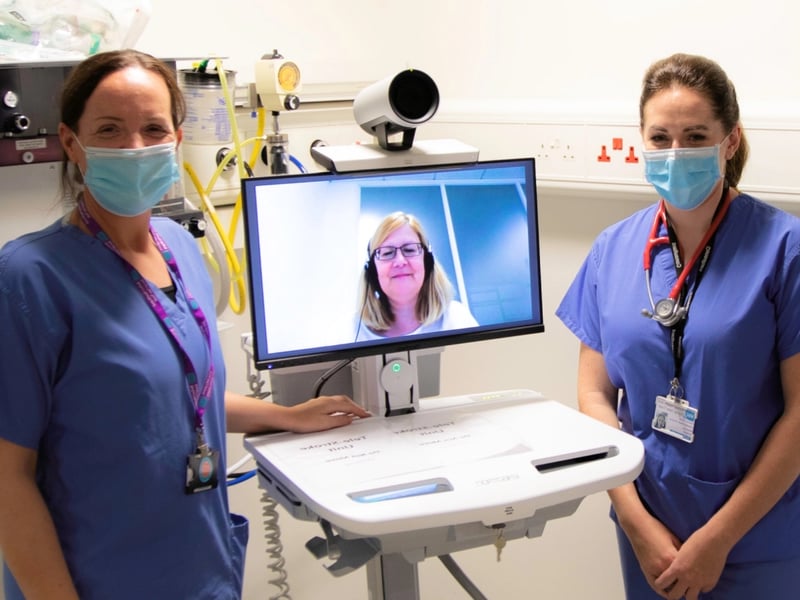

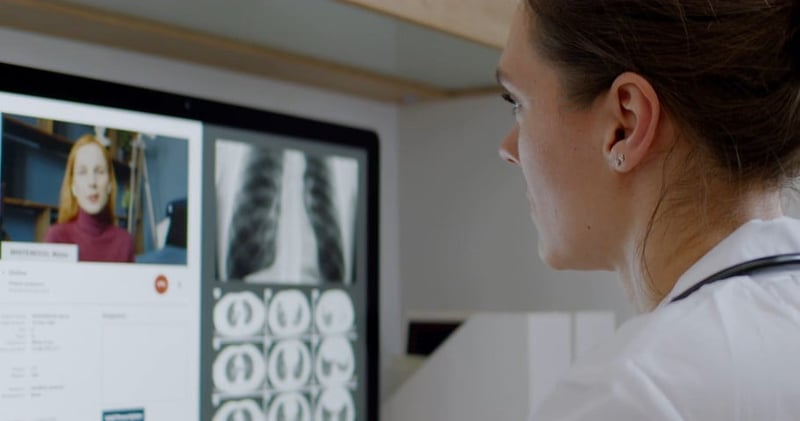

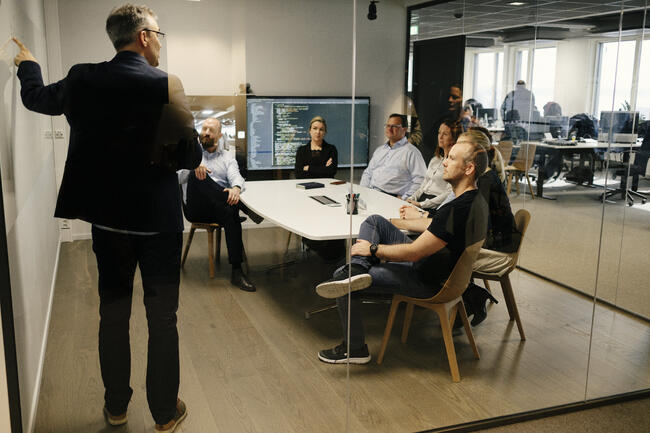
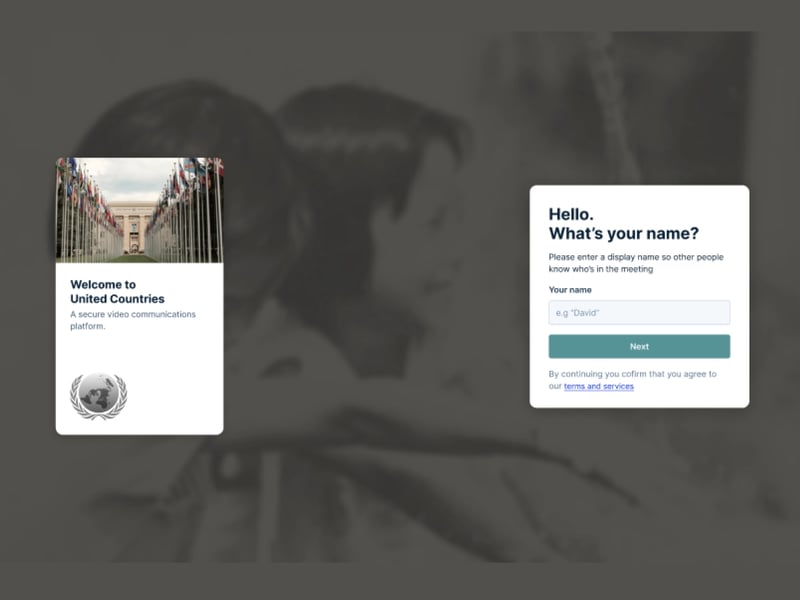









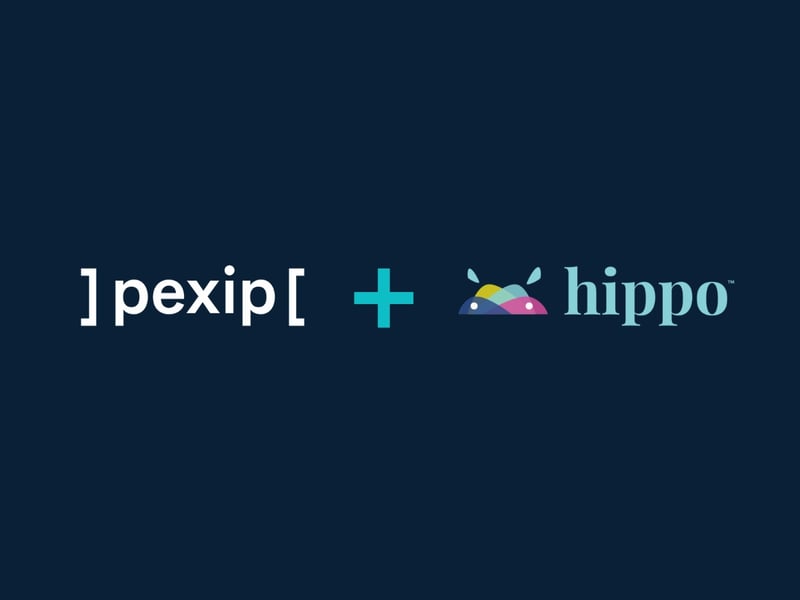


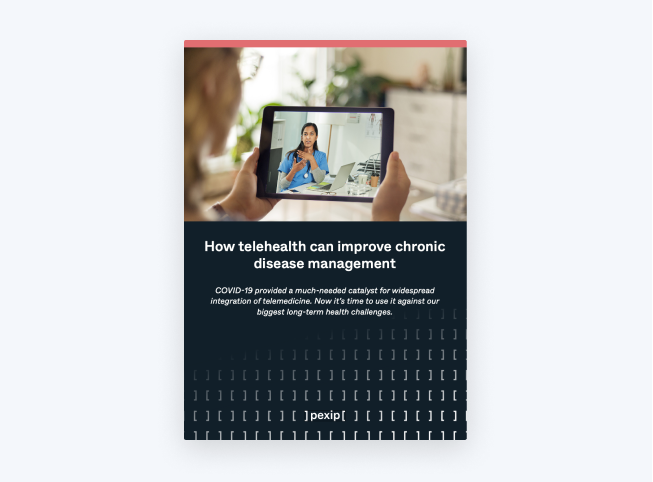
.jpg?width=800&name=glenn-carstens-peters-npxXWgQ33ZQ-unsplash%20(1).jpg)


.jpg?width=800&name=james%20cook%20university(2).jpg)

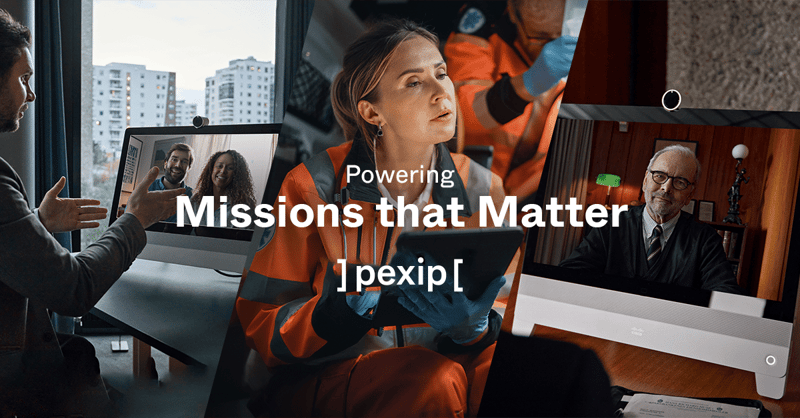

-1.jpg?width=800&name=couple-talking-to%20financial-advisor-1-web-min(1)-1.jpg)





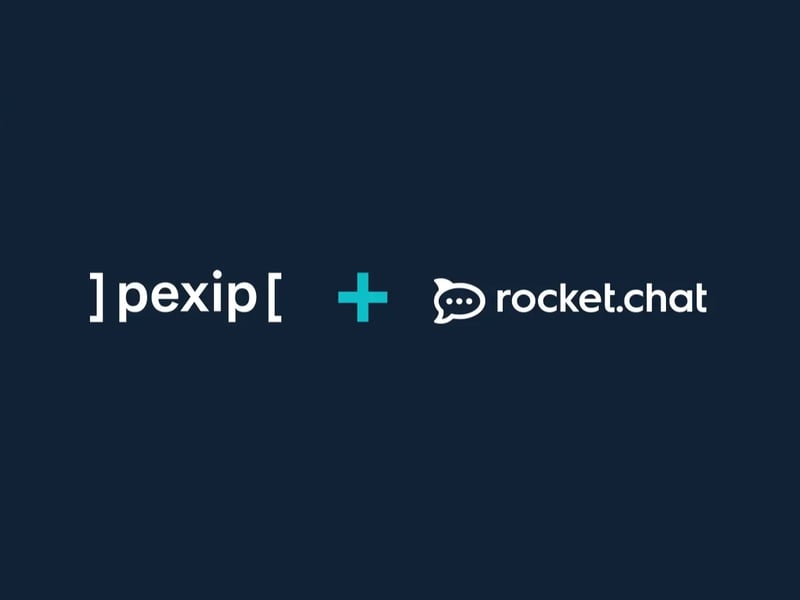
.jpg?width=800&name=iStock-1309489753%20(1).jpg)

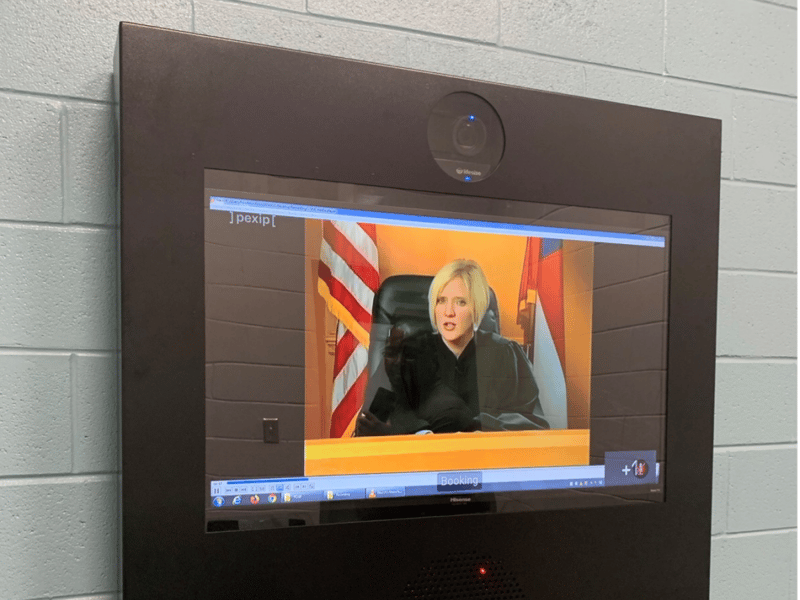
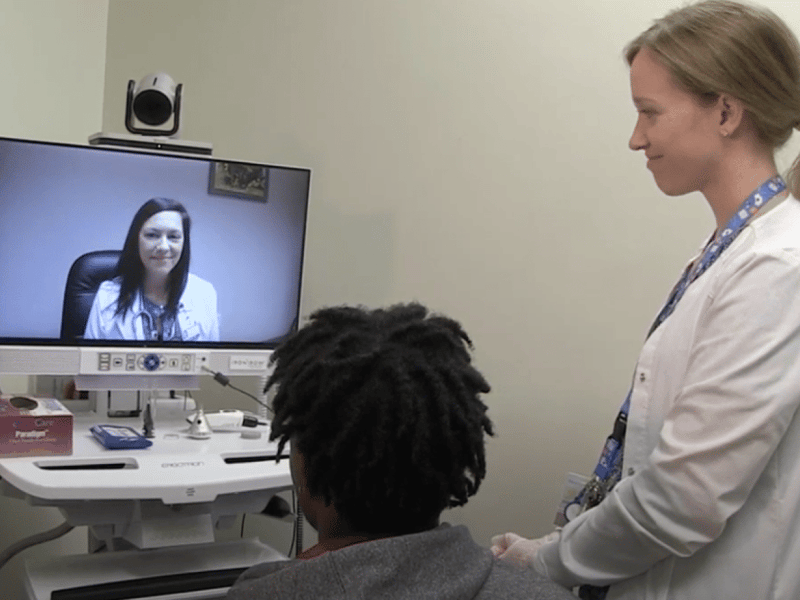
%20(1).jpg?width=800&name=iStock-1254704794%20(1)%20(1).jpg)







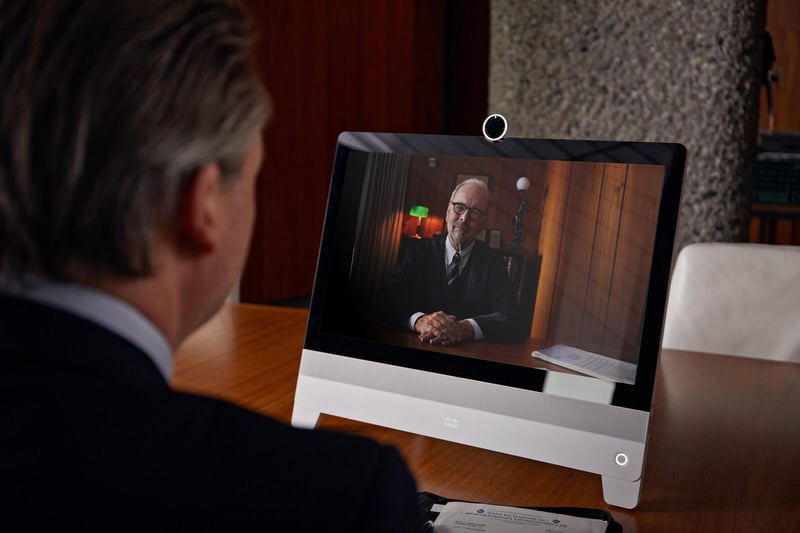
.png?width=41&name=gillian%20(cropped).png)




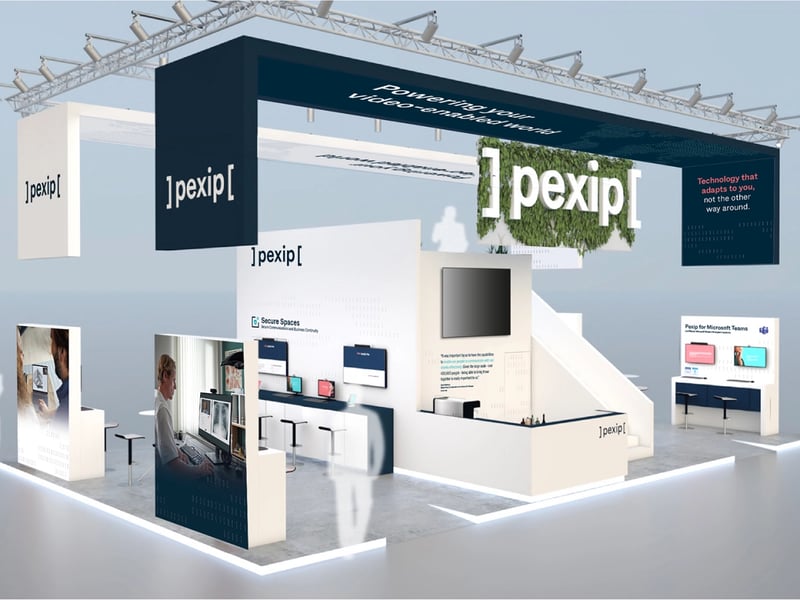




.jpeg?width=800&name=iStock-1215890713%20(1).jpeg)

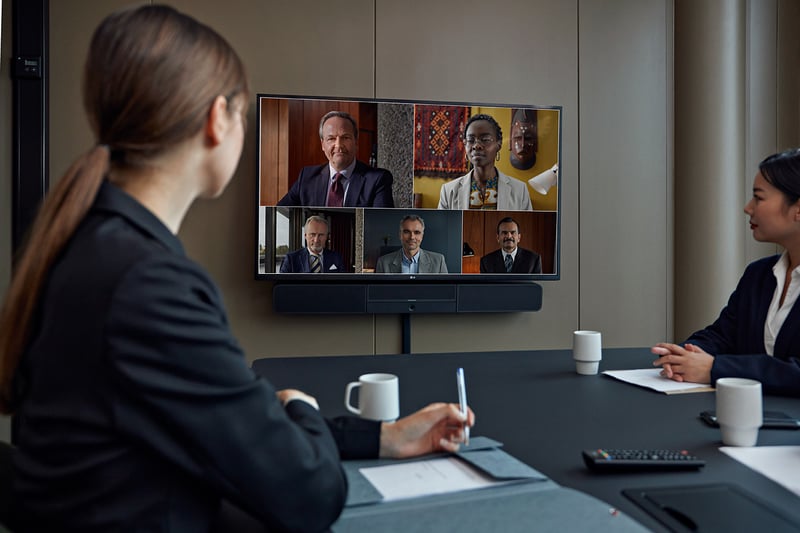


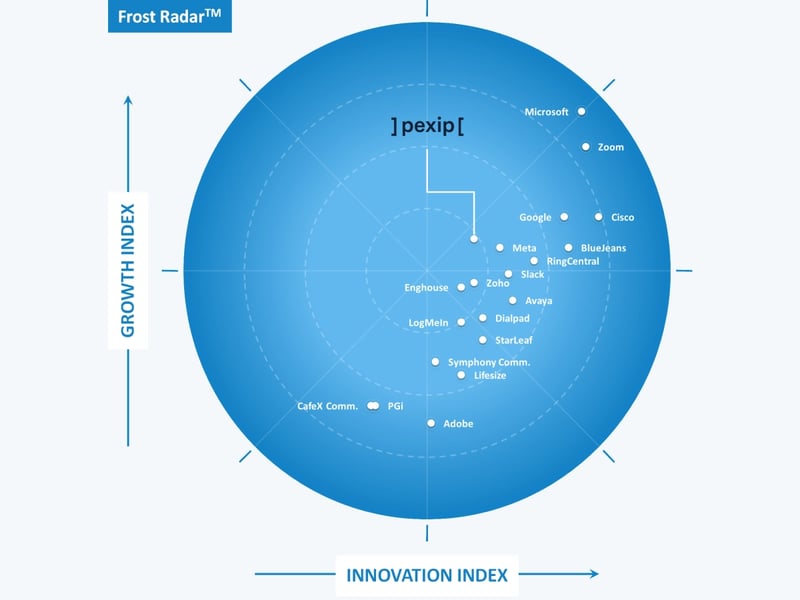
.jpg?width=800&name=iStock-1284041267%20(1).jpg)

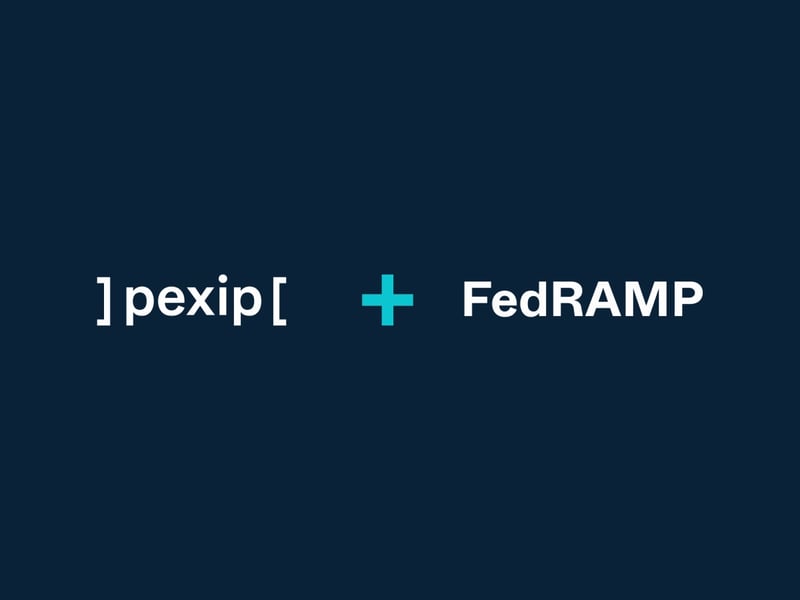








-1.jpg?width=800&name=2021%20Award%20Web%20Banner%20-%20Pexip(5)-1.jpg)


.png?width=800&name=shutterstock_2179965709-min(1).png)
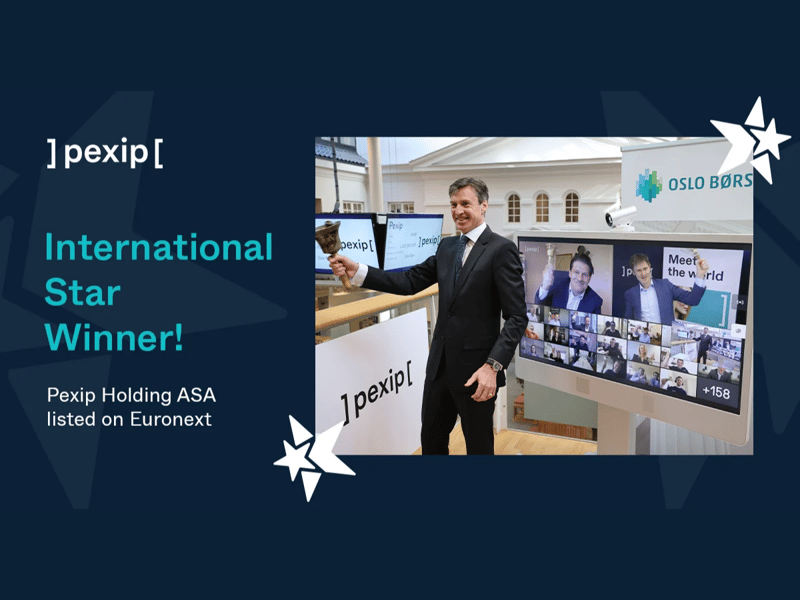



%20(1).jpg?width=800&name=iStock-1048663072%20(2)%20(1).jpg)



.jpg?width=800&name=iStock-1299152059%20(1).jpg)
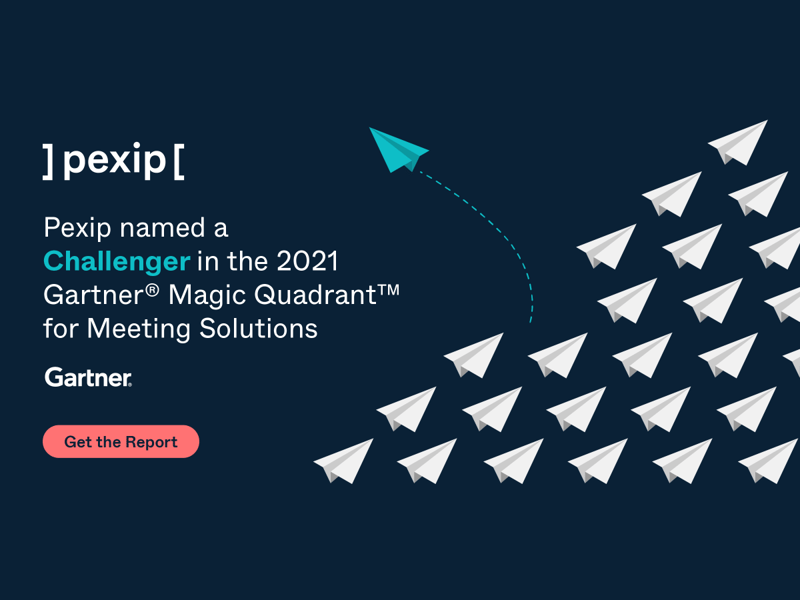
-1.jpg?width=800&name=iStock-1265245223%20(1)-1.jpg)
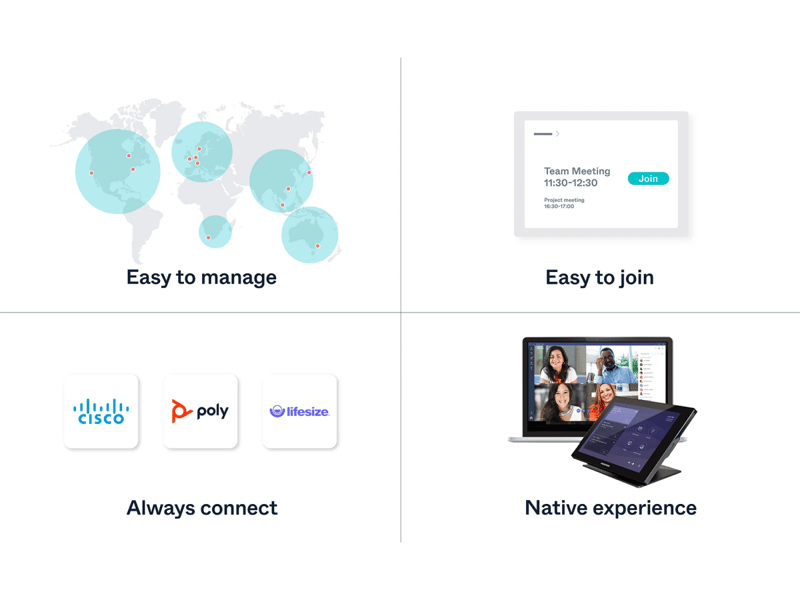


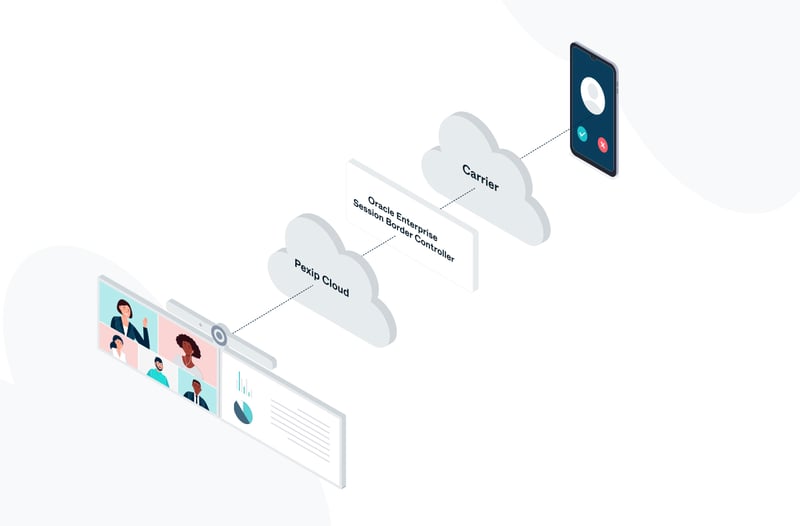

-1.jpg?width=800&name=iStock-1269341639%20(1)-1.jpg)


_2.jpeg?width=800&name=iStock-1214822053-(1)_2.jpeg)
.jpg?width=800&name=iStock-1223889856%20(2).jpg)


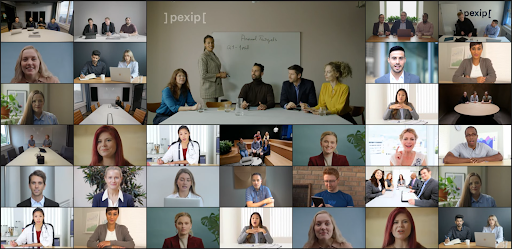

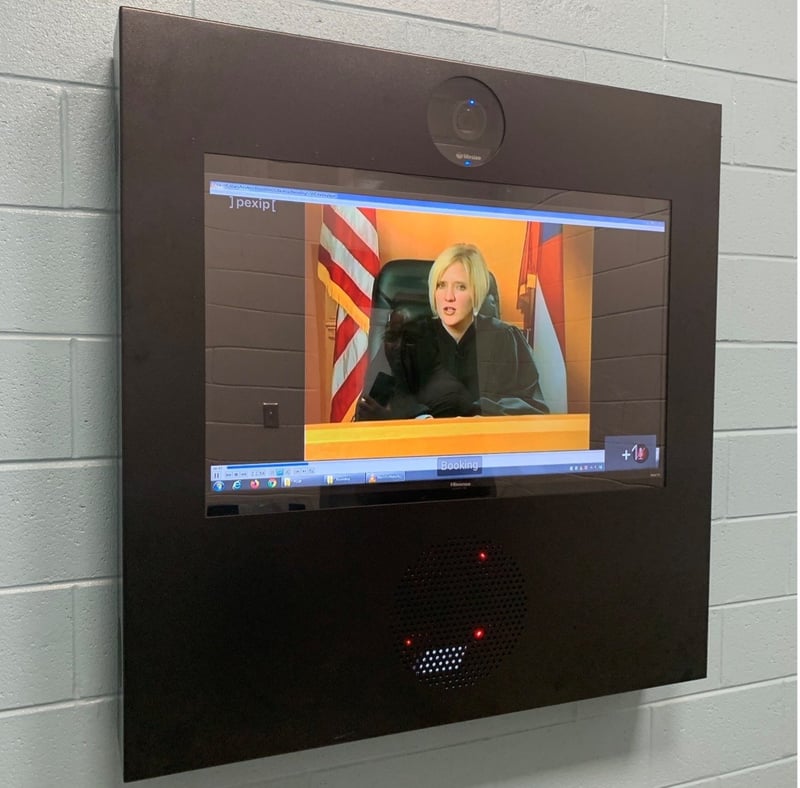
-1.jpg?width=800&name=iStock-1290753047%20(1)-1.jpg)


.jpeg?width=41&name=Michael%20Whittam%20(1).jpeg)









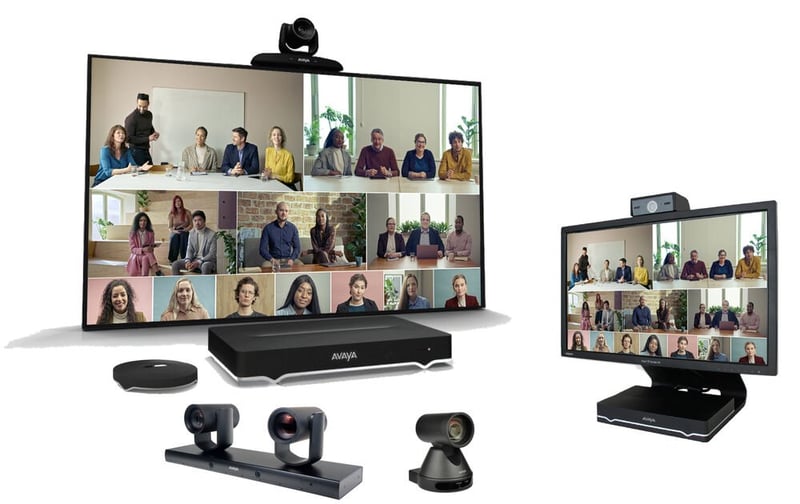




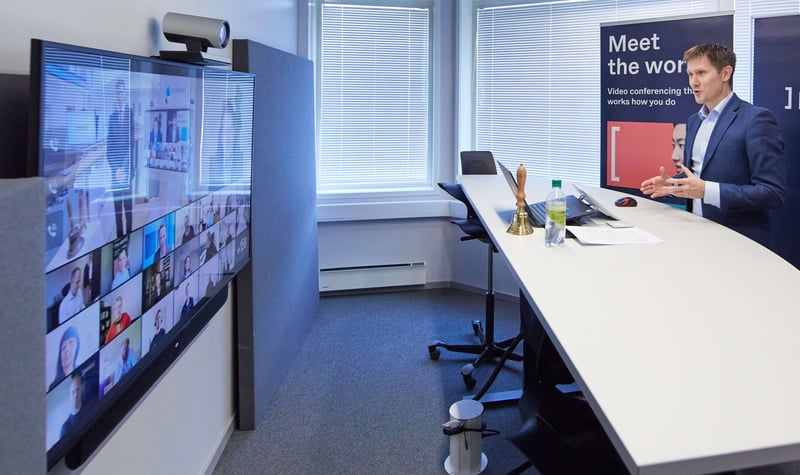


-min.jpg?width=800&name=iStock-1244526088%20(1)-min.jpg)



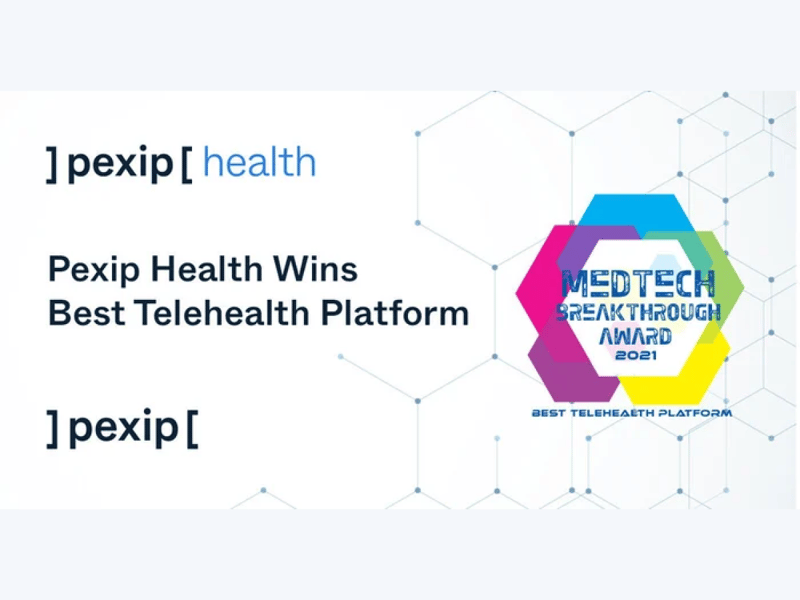
-min-2.jpg?width=800&name=iStock-1214479802%20(1)-min-2.jpg)
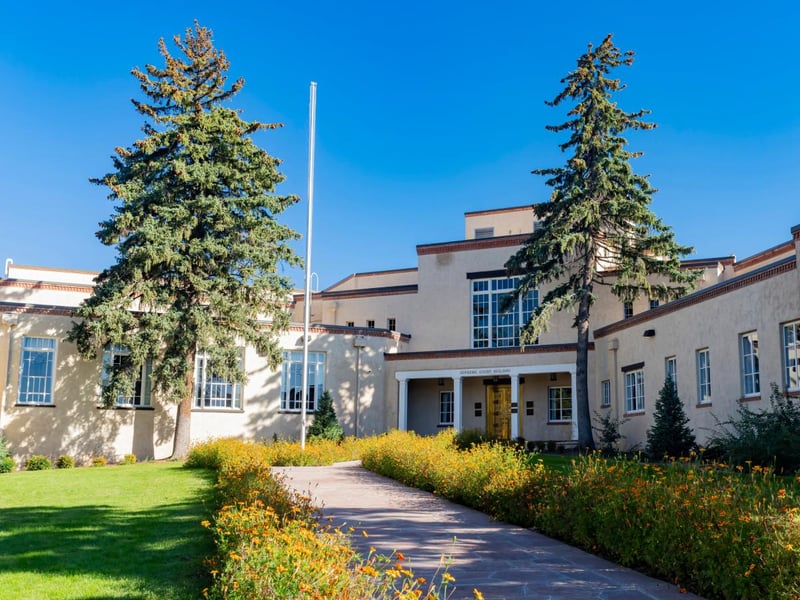




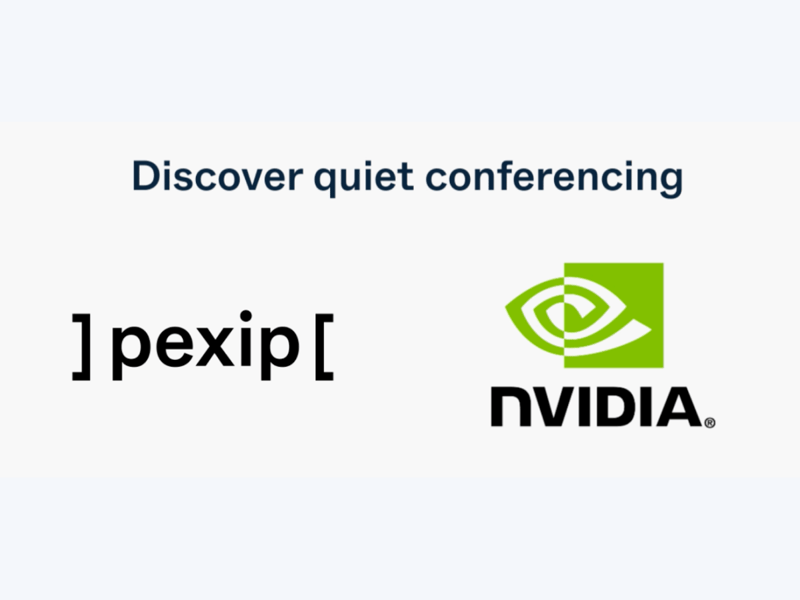
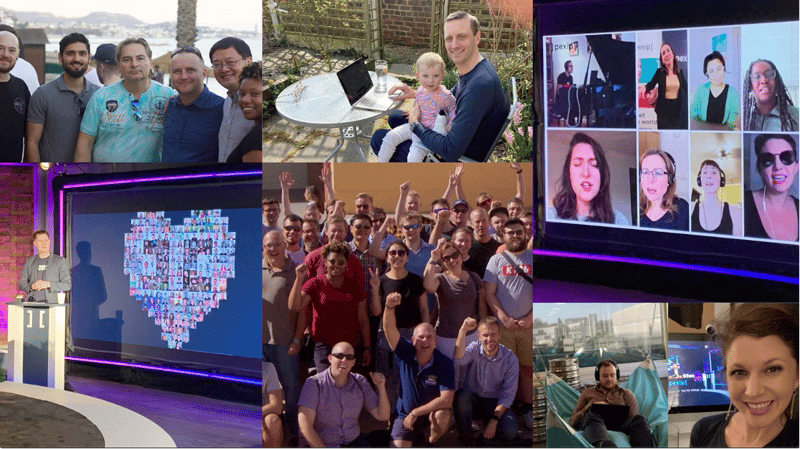








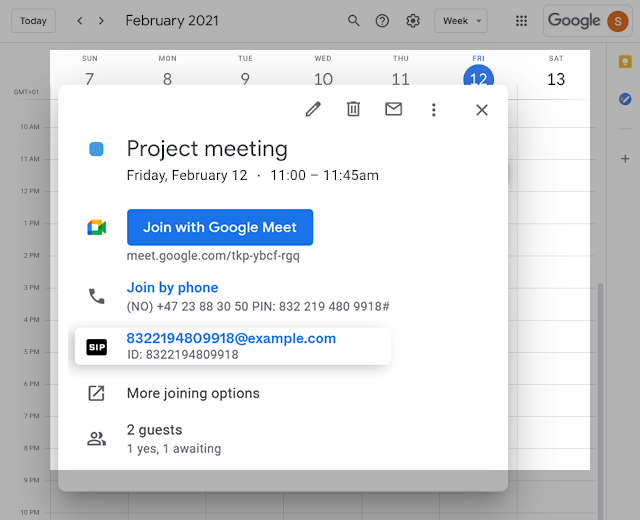







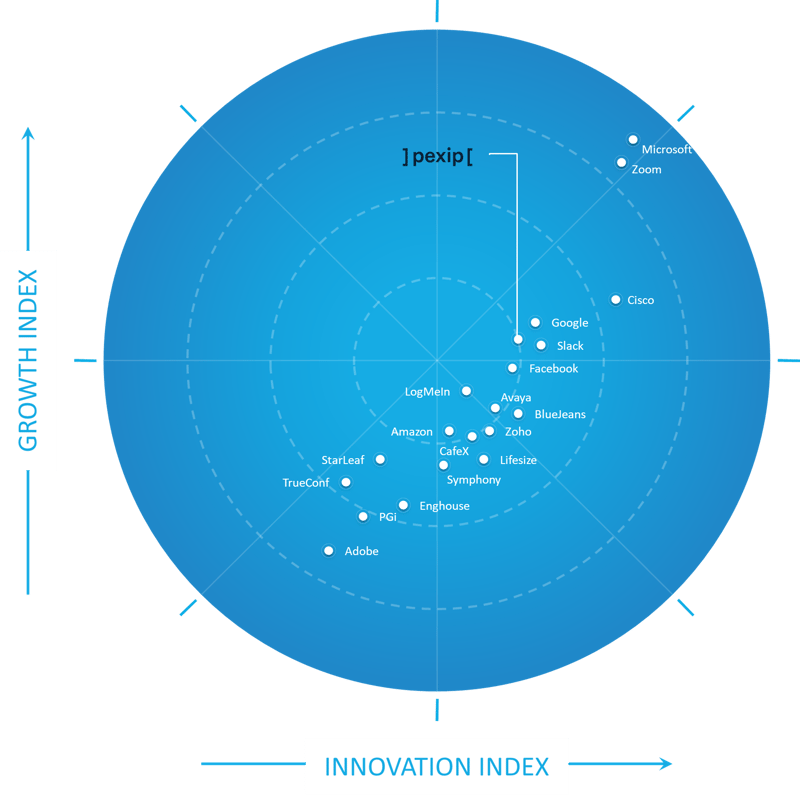

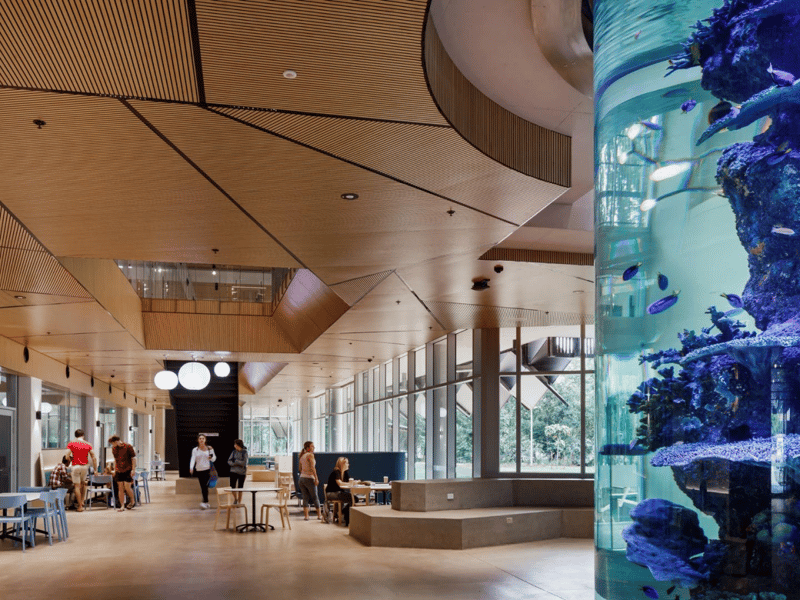




.jpg?width=800&name=Pexip-153%20(1).jpg)
-min.jpeg?width=800&name=offset_100144%20(1)-min.jpeg)


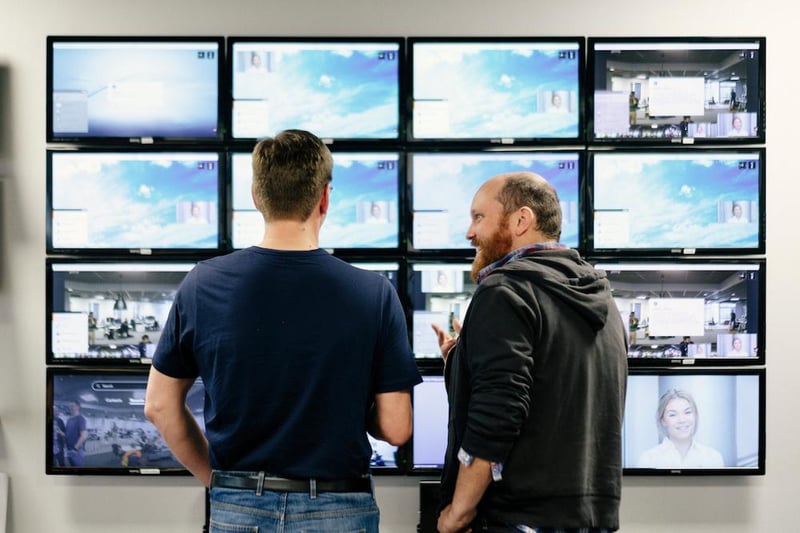
.png?width=800&name=Cream%20Polaroid%20Heart-Shaped%20Photo%20Collage(1).png)
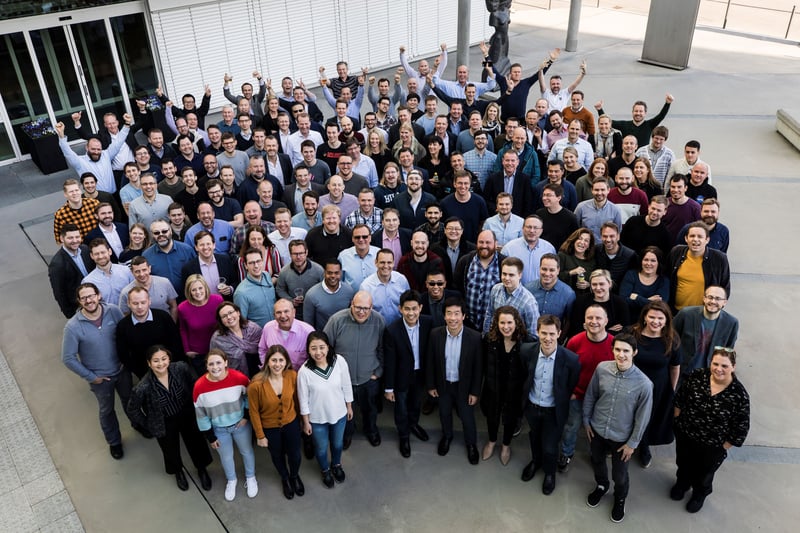



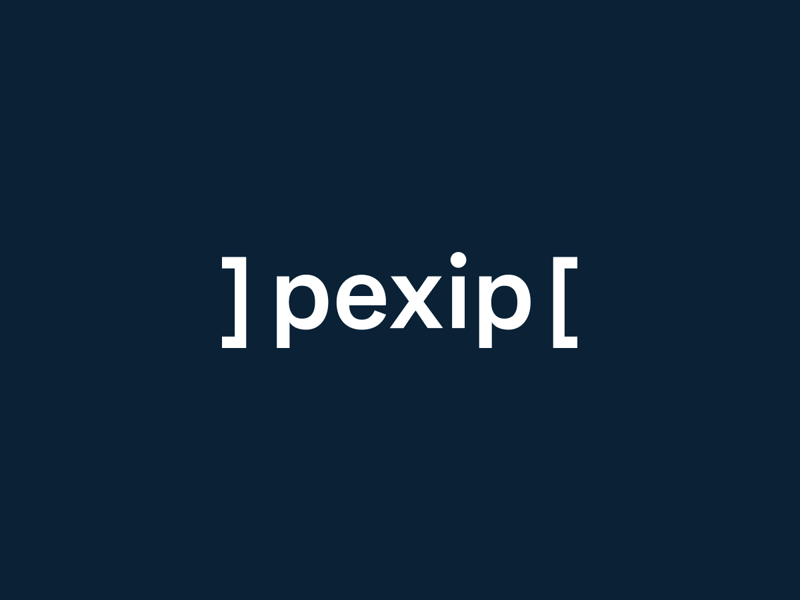



-1.jpg?width=800&name=iStock-1221803375%20(1)-1.jpg)
-1.jpeg?width=800&name=video-system-with-content-sharing%20(1)-1.jpeg)


















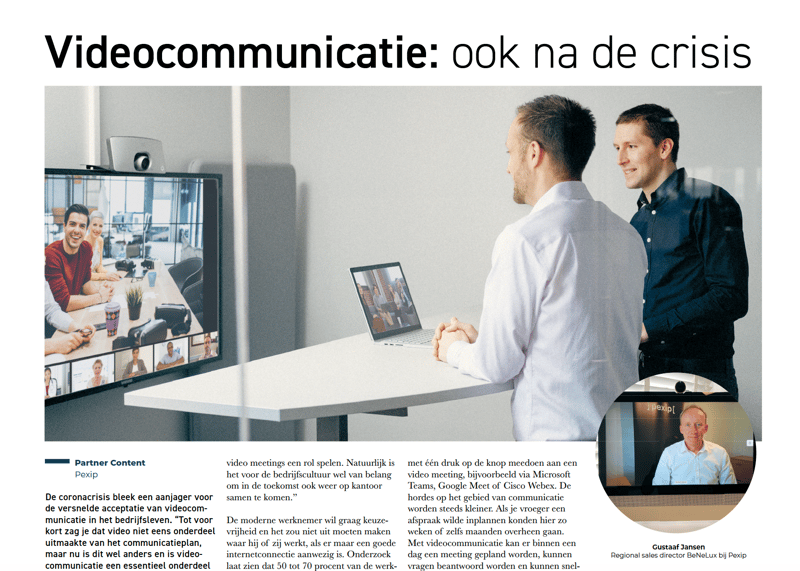
.jpeg?width=800&name=AdobeStock_306636176%20(3).jpeg)










-%20Tech%20Validate%20-%20Pexip%20Case%20Study%20HBD.png?width=800&name=Norwegian%20Government%20Security%20and%20Service%20Organisation%20(Departementenes%20Servicesenter)-%20Tech%20Validate%20-%20Pexip%20Case%20Study%20HBD.png)
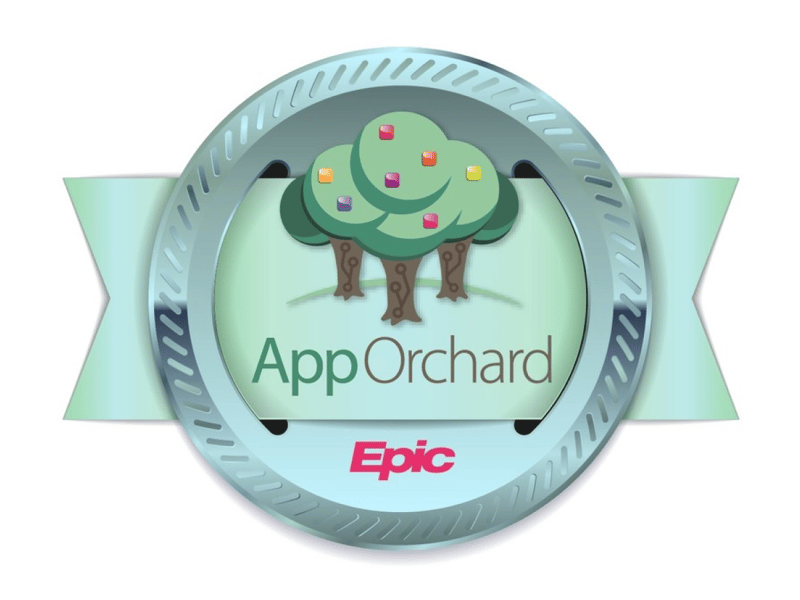


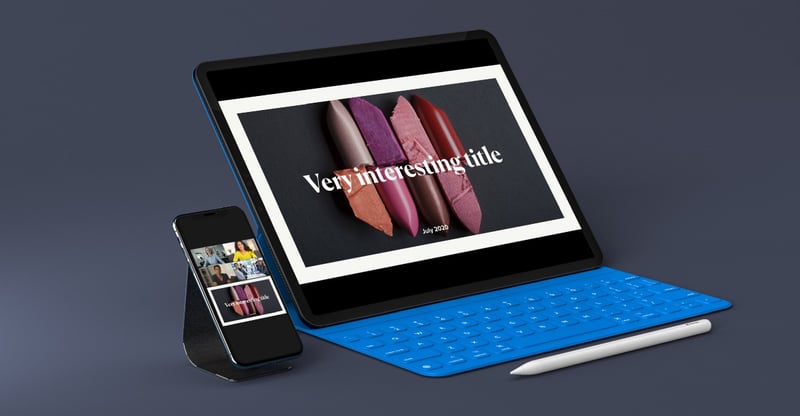
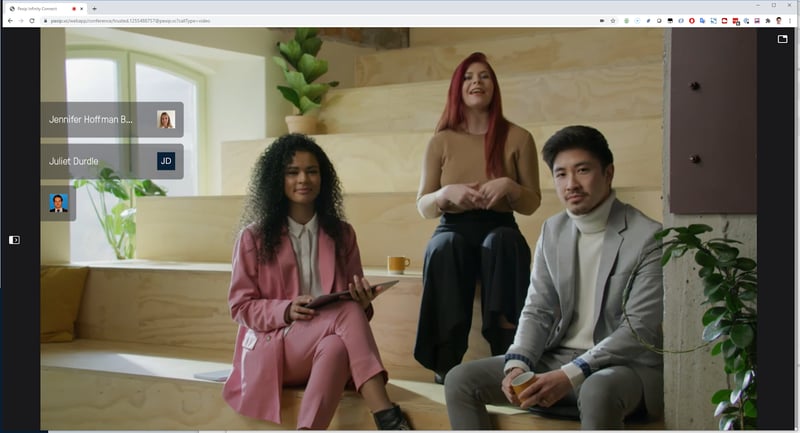
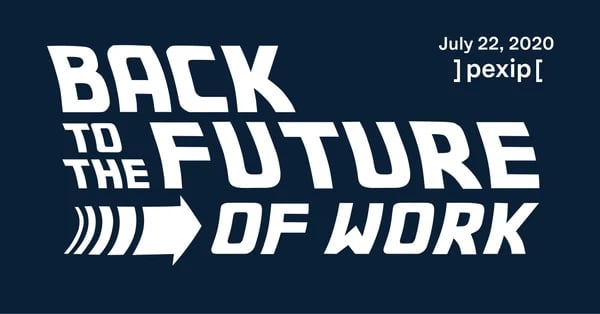


-1.jpeg?width=800&name=D-BNE-Bridge-River-2-CBD-Rise-1174707895_2125x1416%20(1)-1.jpeg)










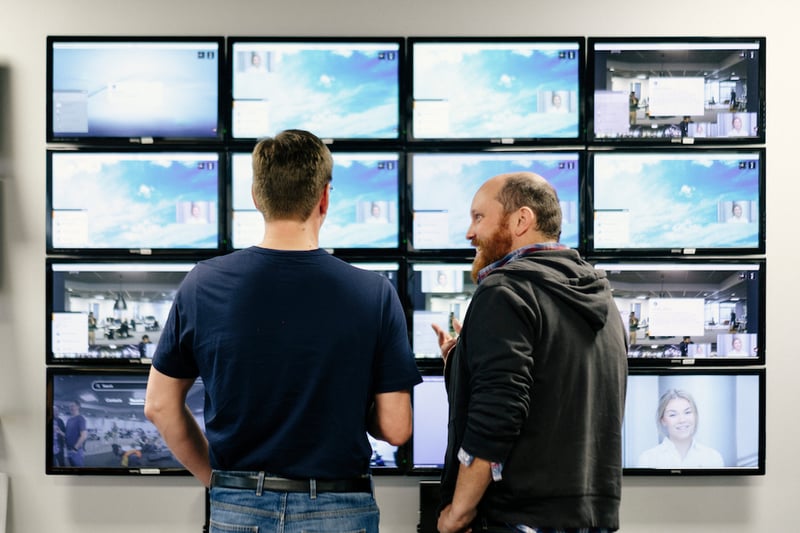
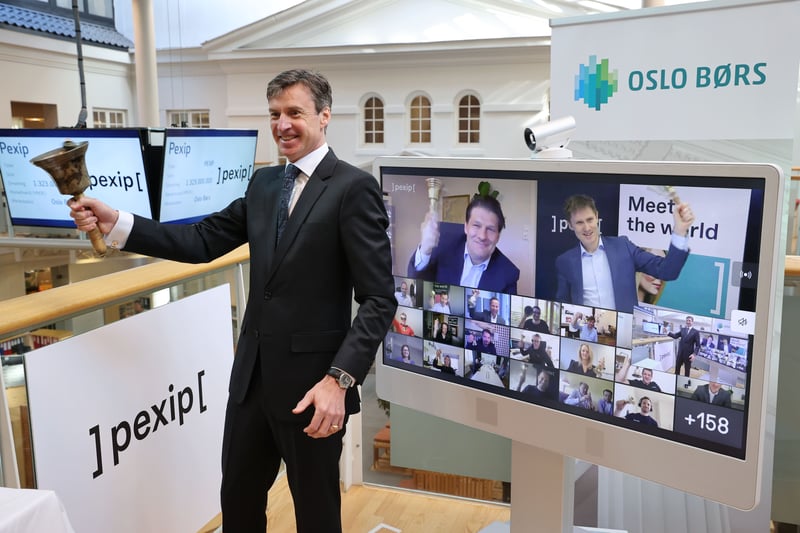



.jpg?width=800&name=Pexip-152-min%20(1).jpg)


.jpeg?width=800&name=meeting-room-1%20copy-min%20(1).jpeg)


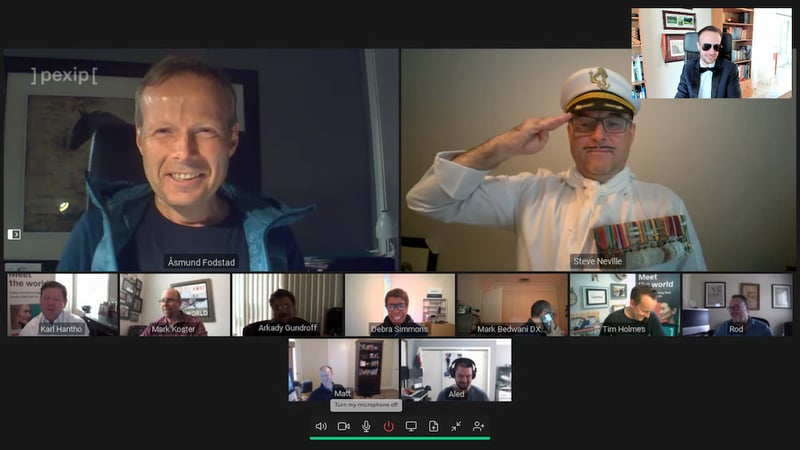
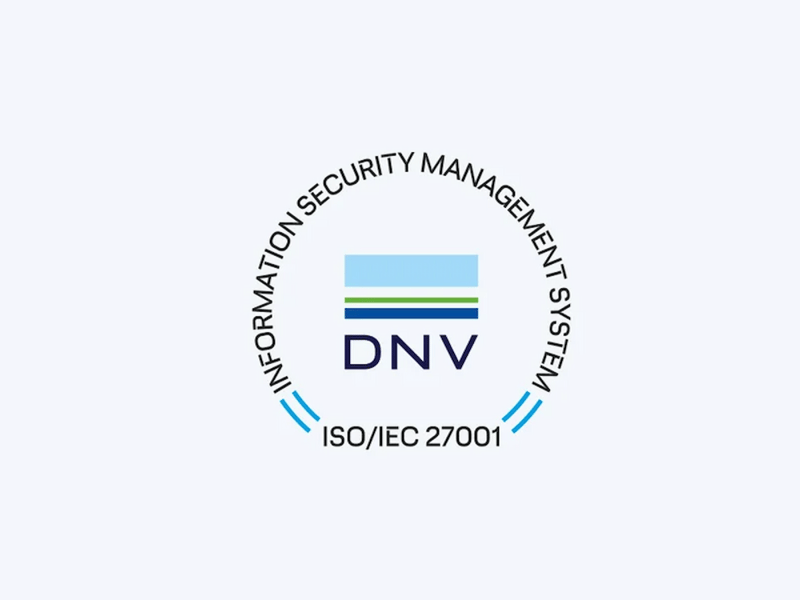
.jpeg?width=800&name=Pexip%2026-min%20(1).jpeg)




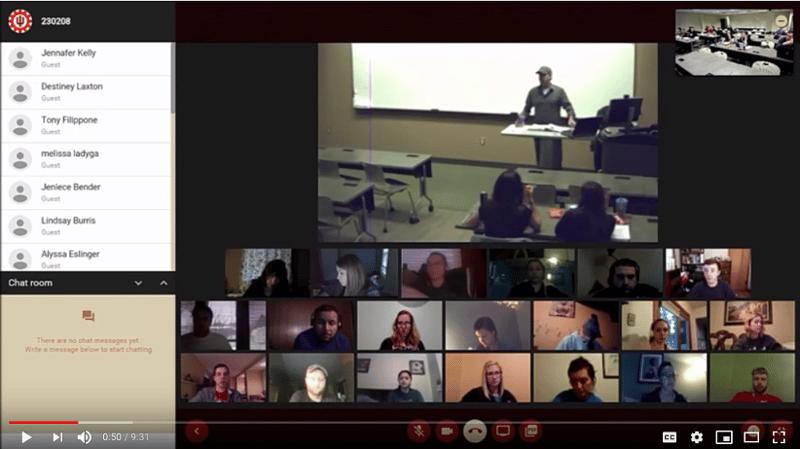
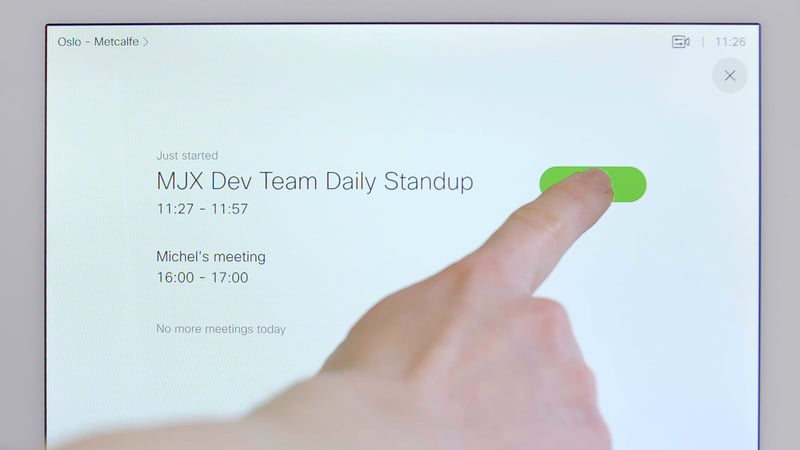

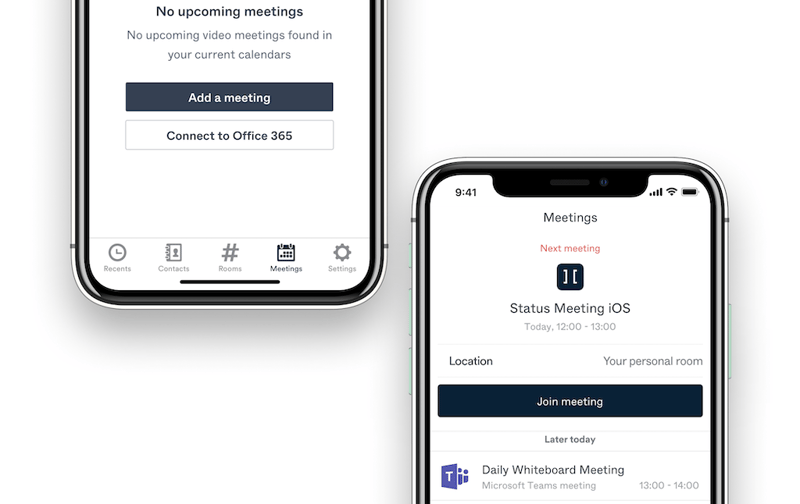
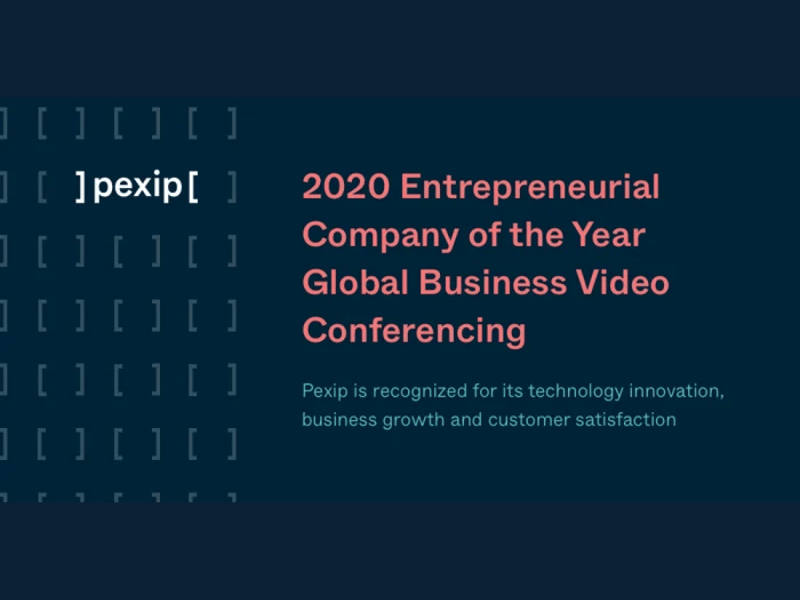



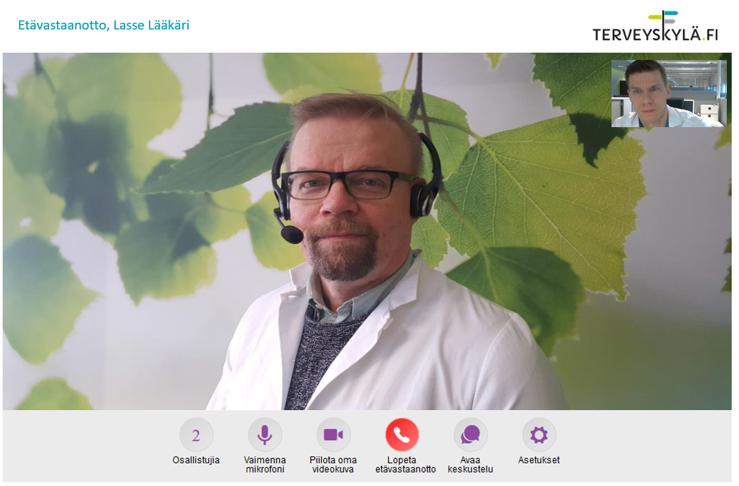
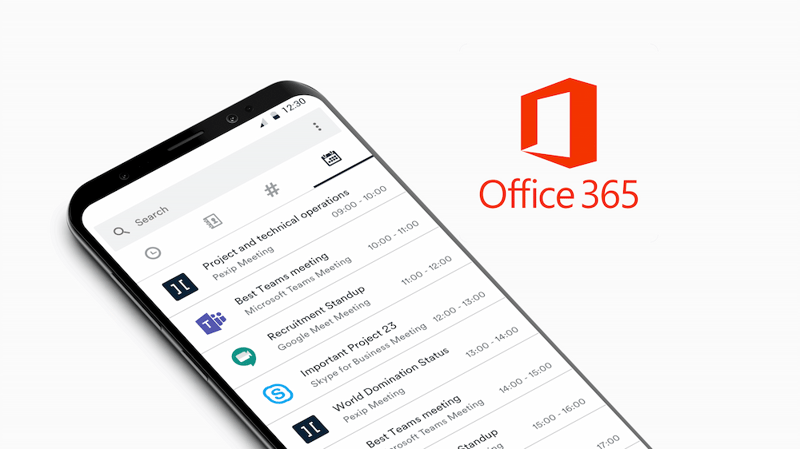


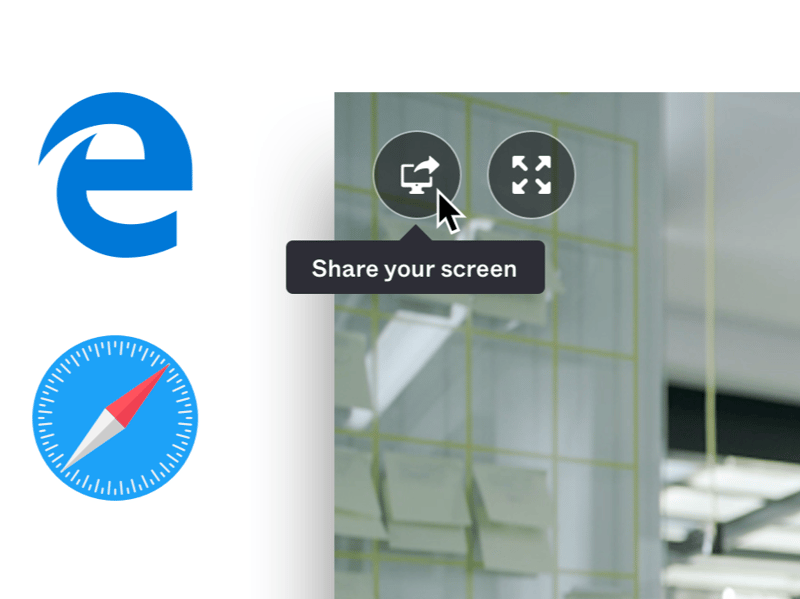
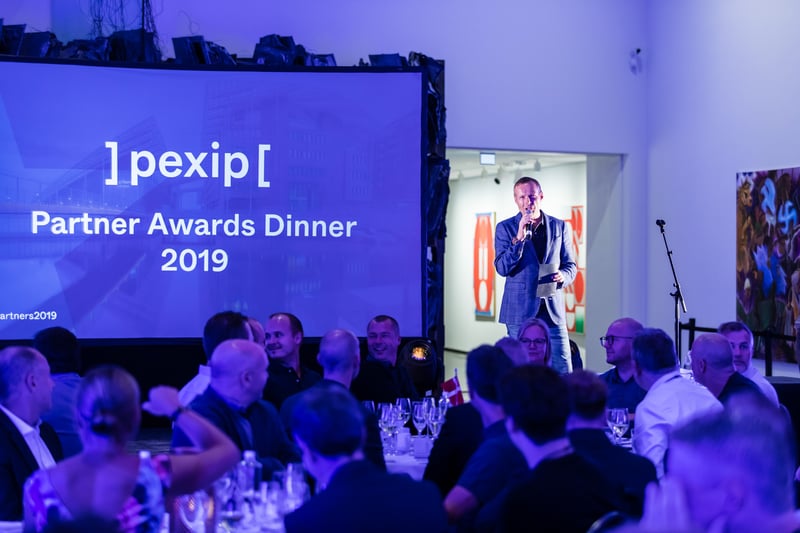

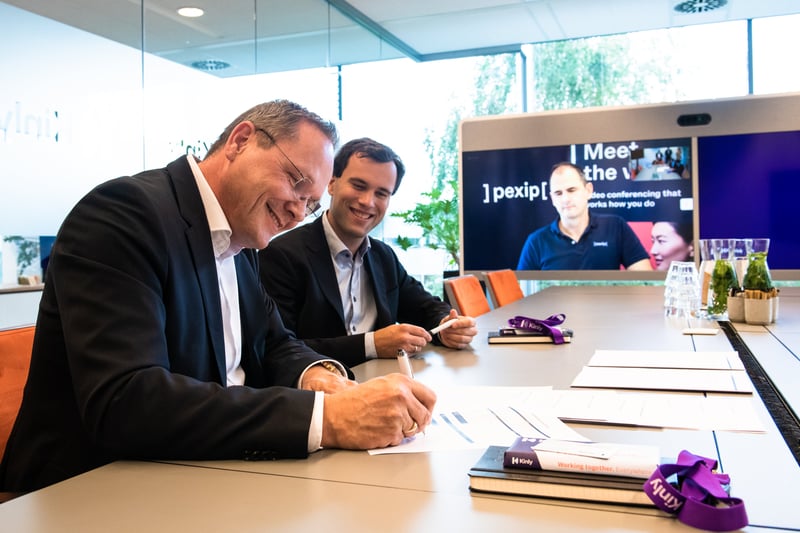




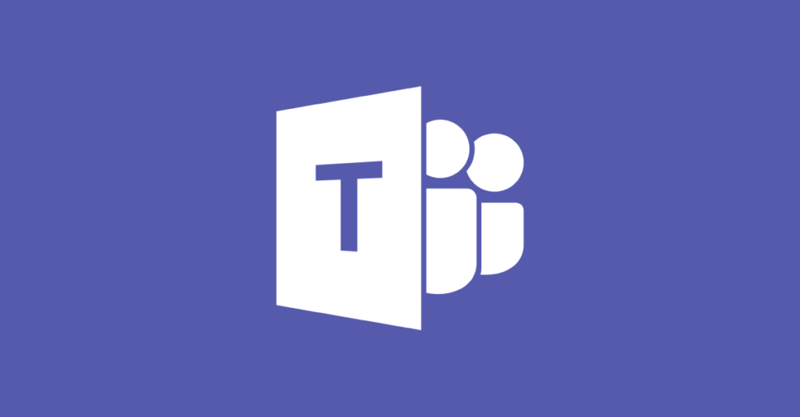





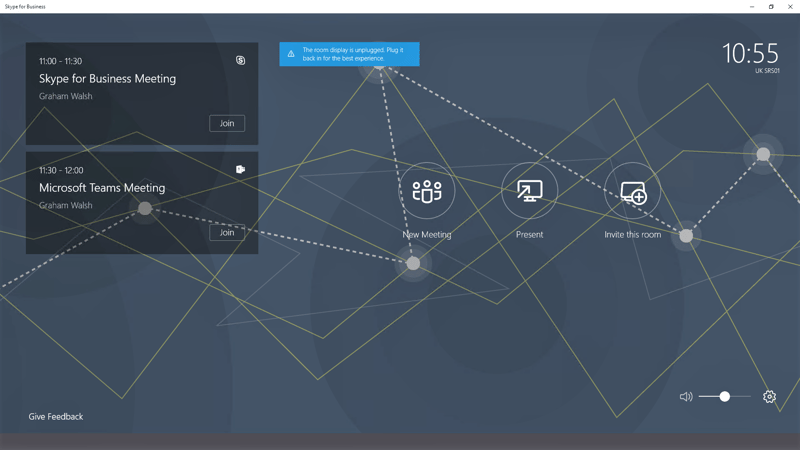




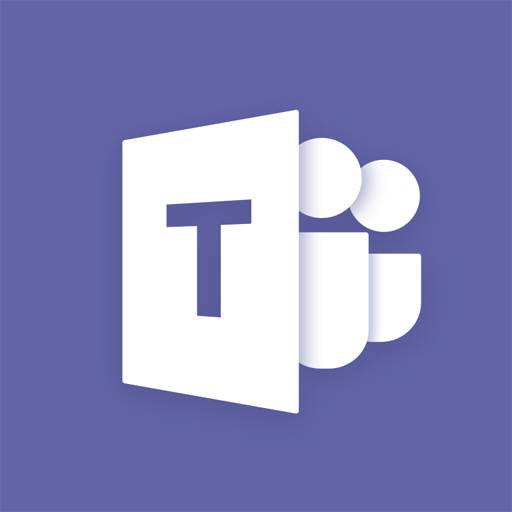



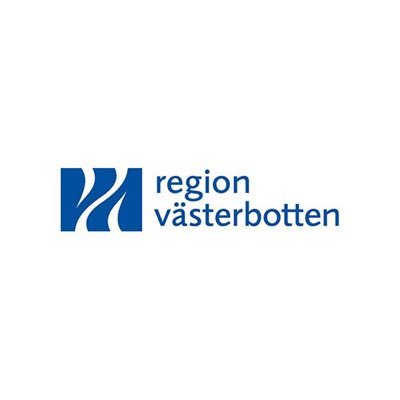

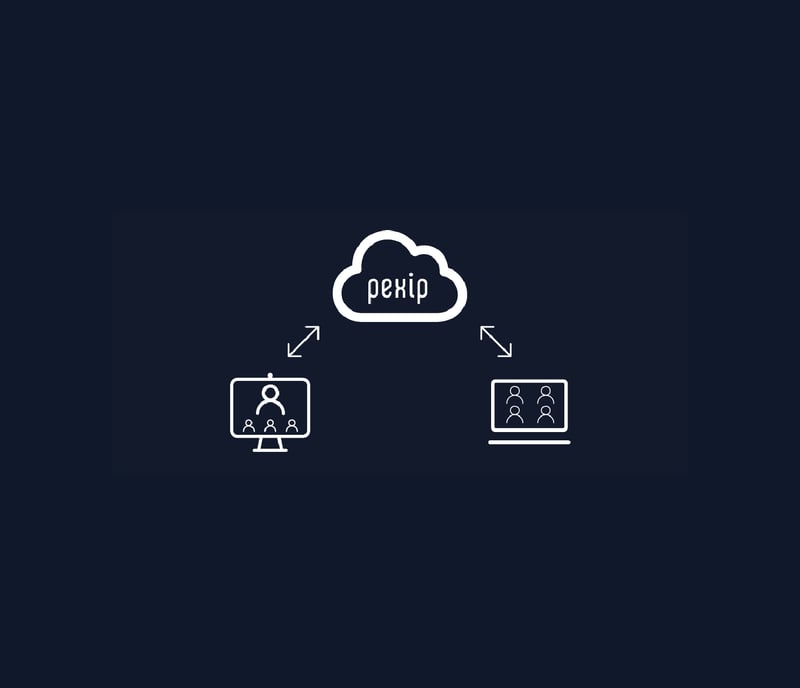

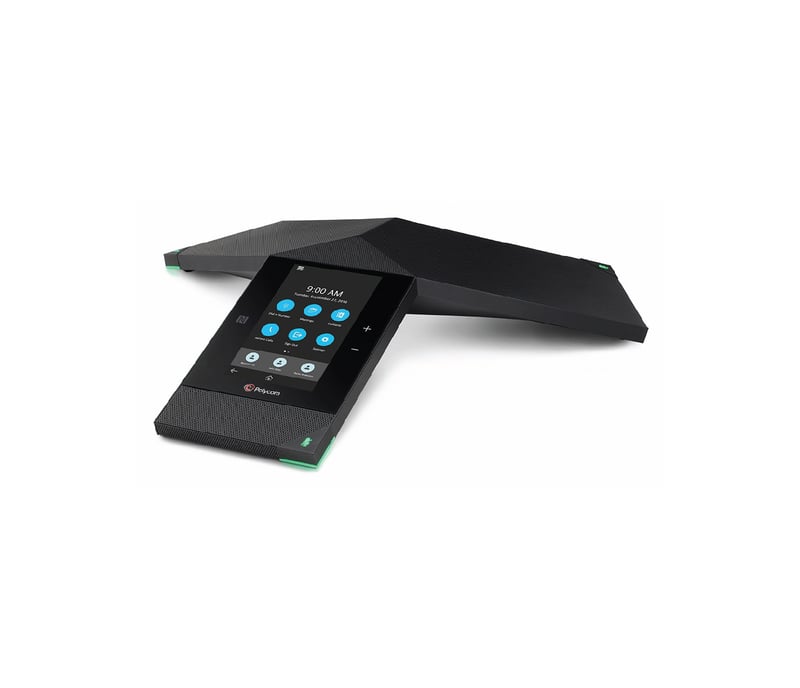


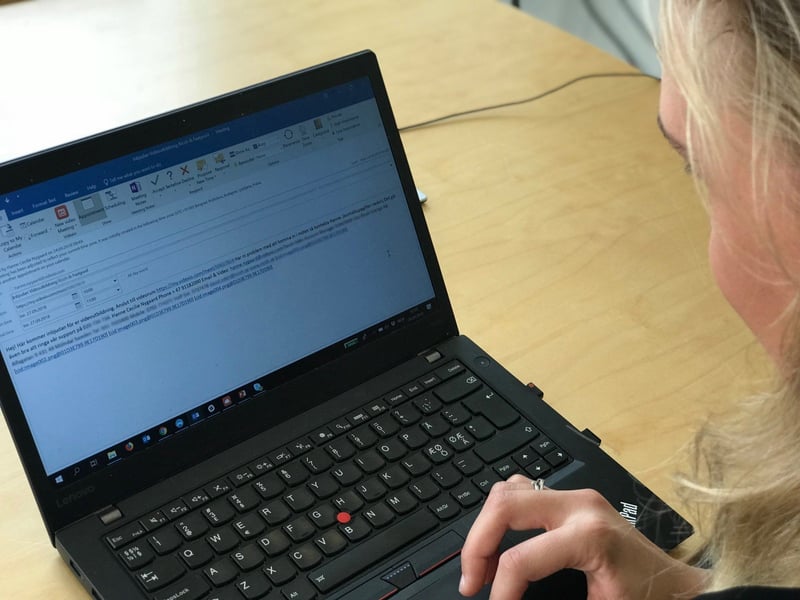
-1.jpg?width=800&name=valentino-funghi-41237-unsplash%20(1)-1.jpg)

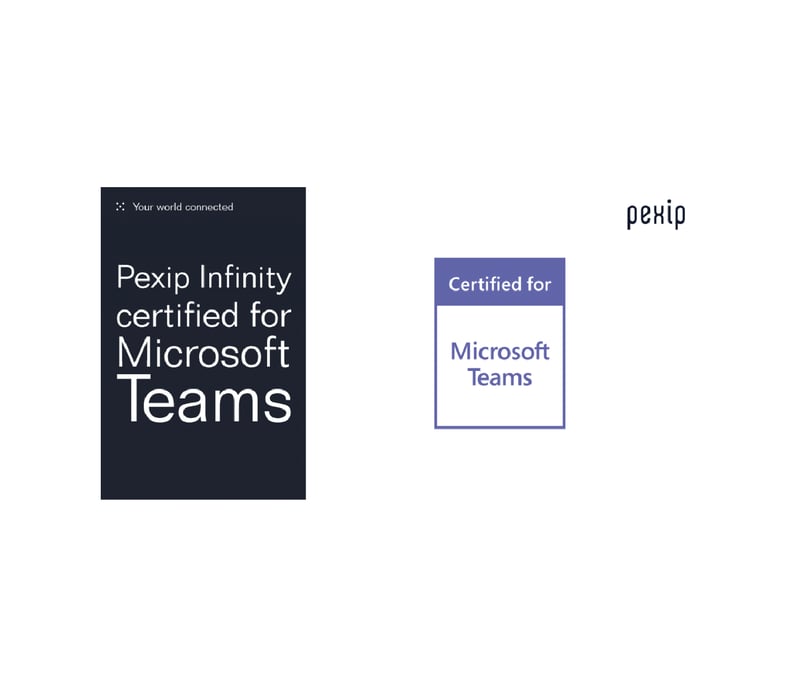
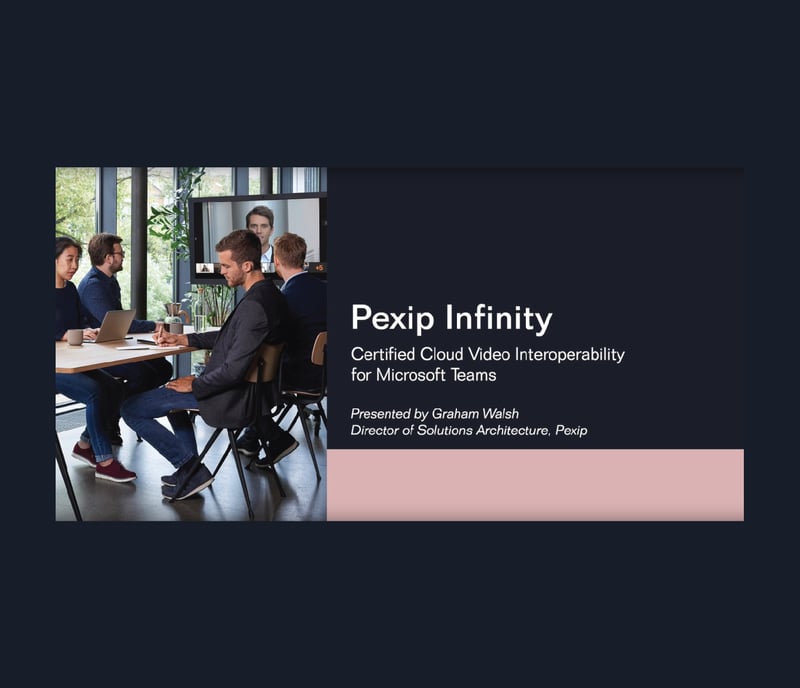



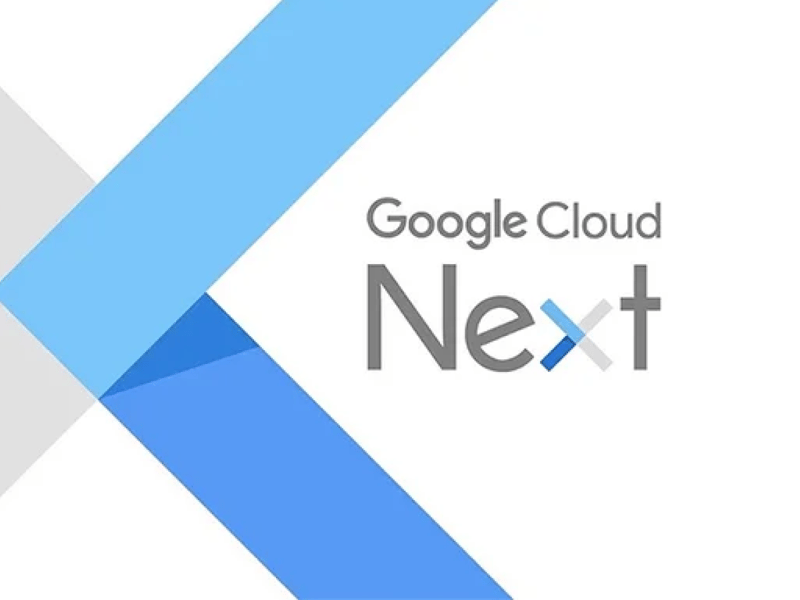
.jpg?width=800&name=Low_Resolution_JPG-VC%20Herman%20Miller%20Lifestyle%206%20(1).jpg)
